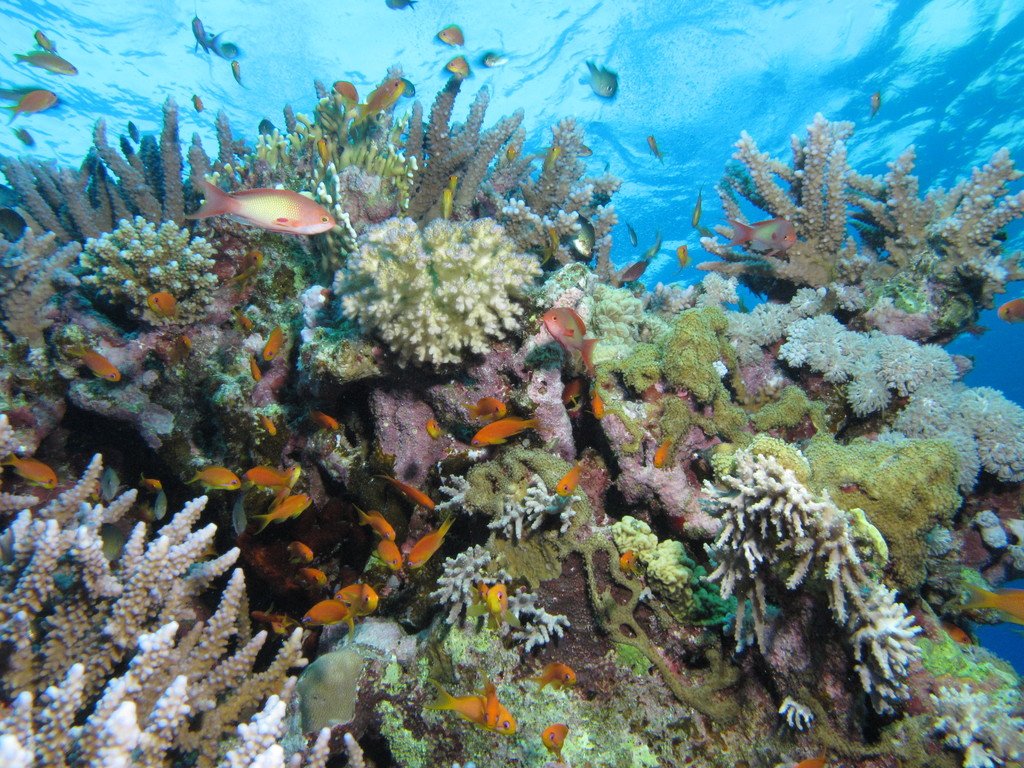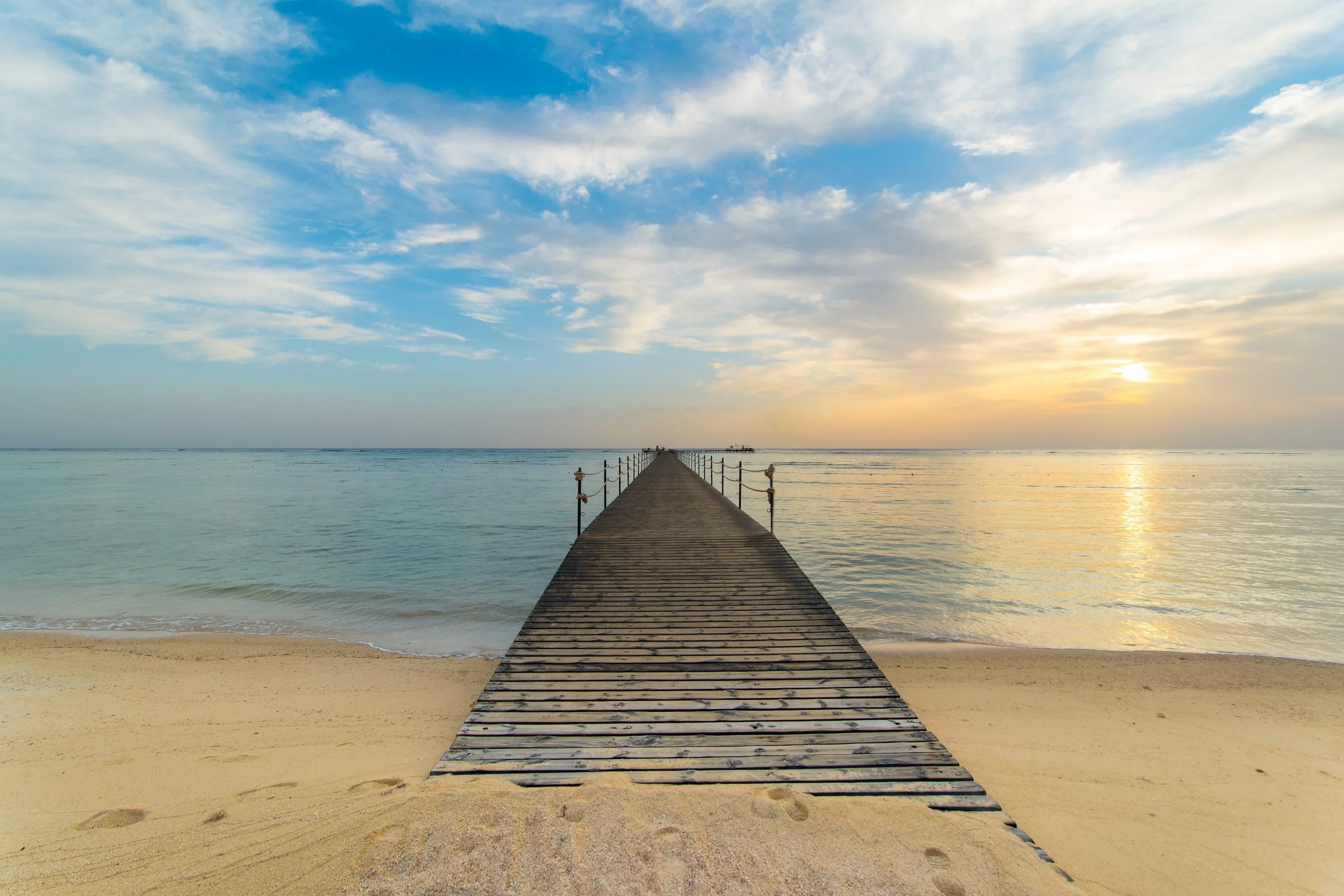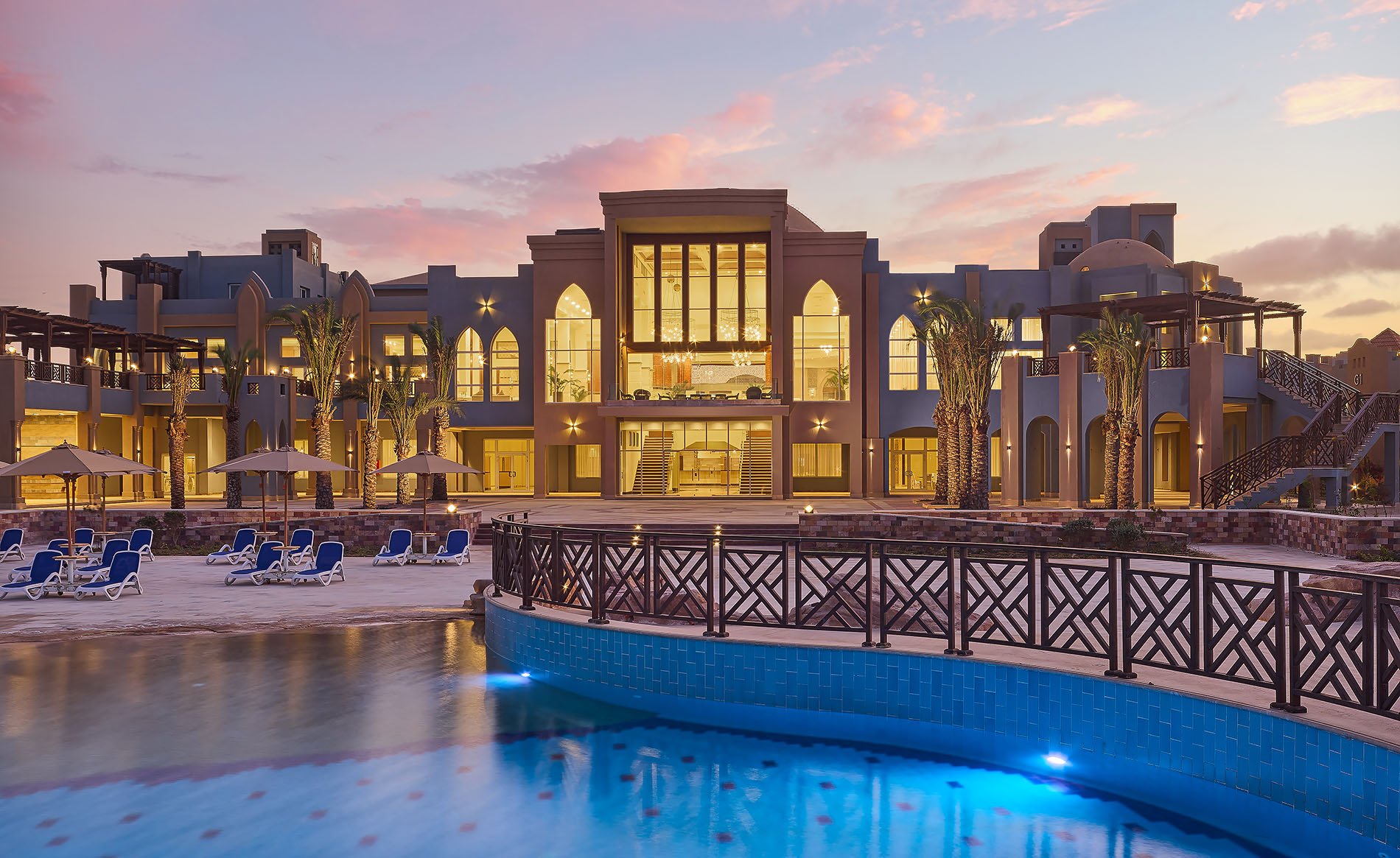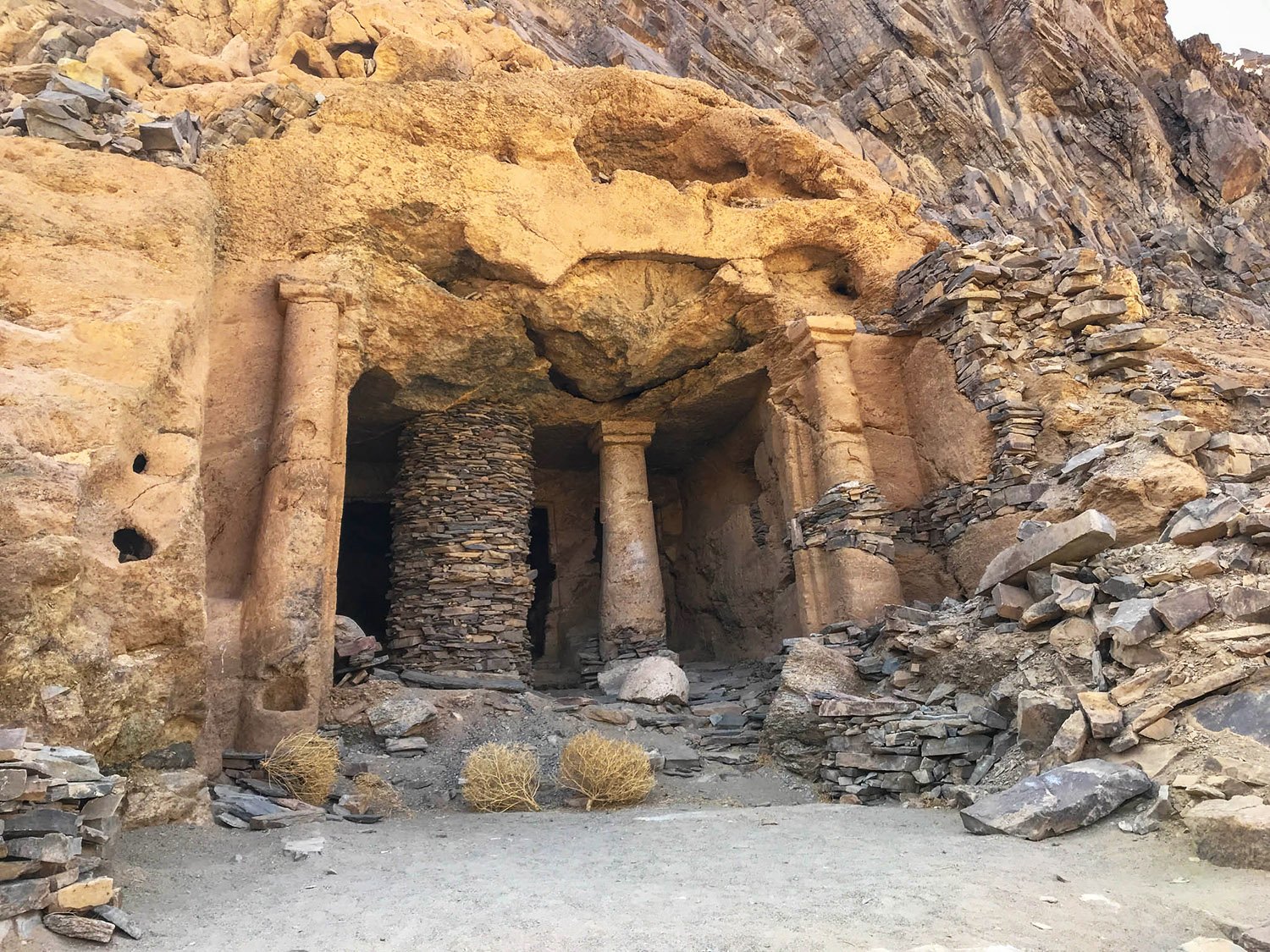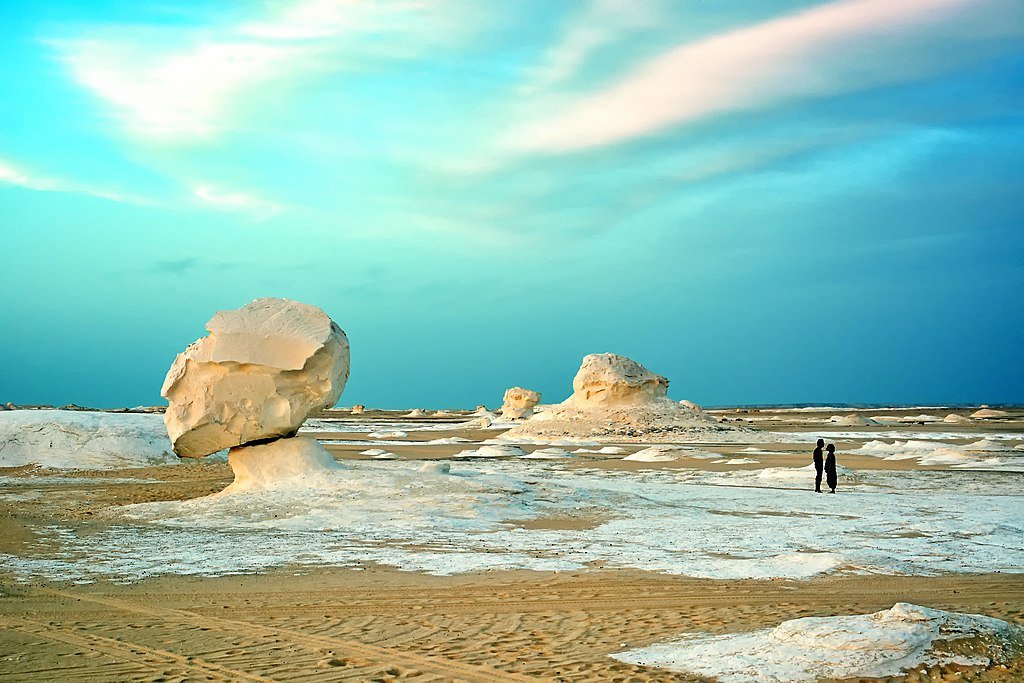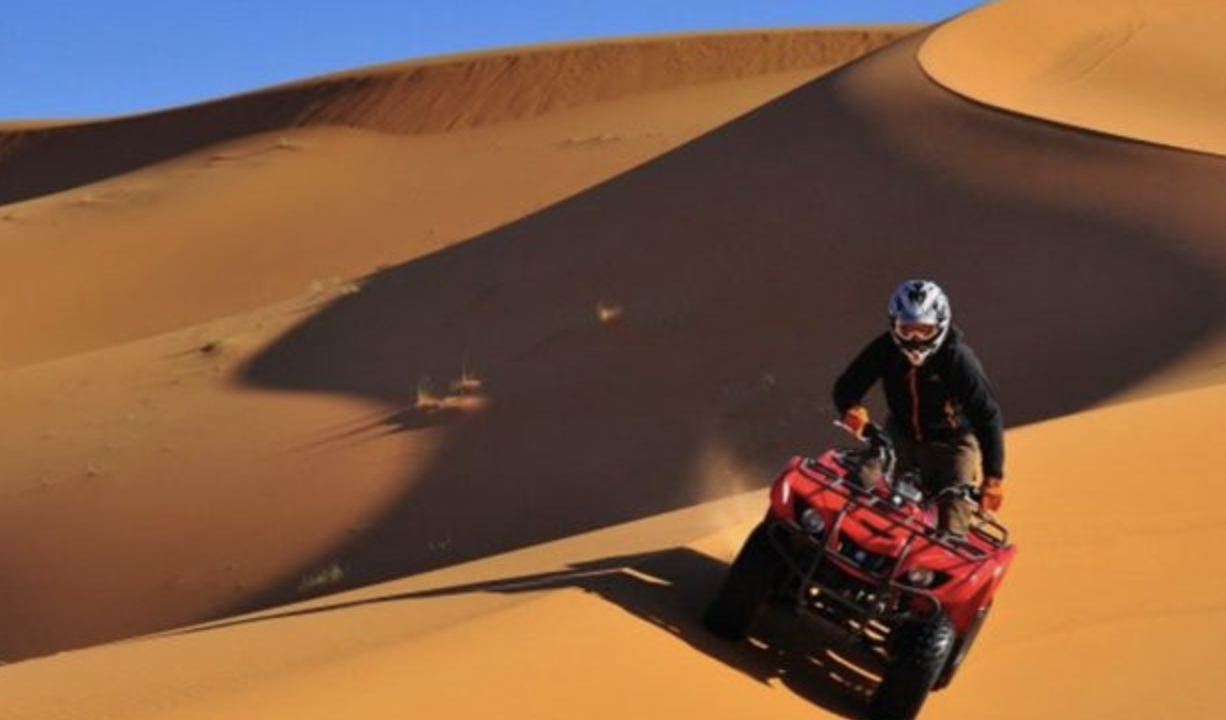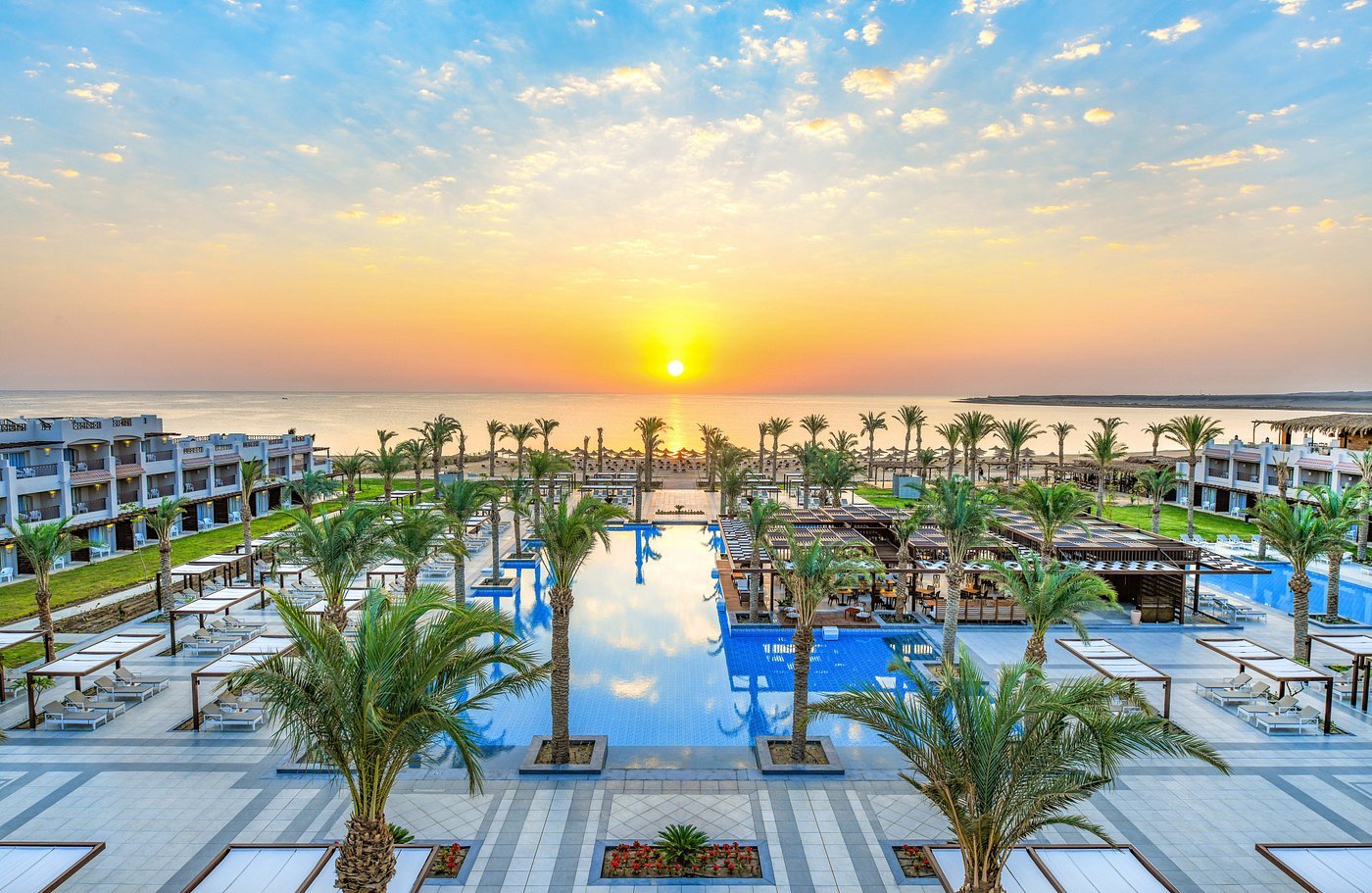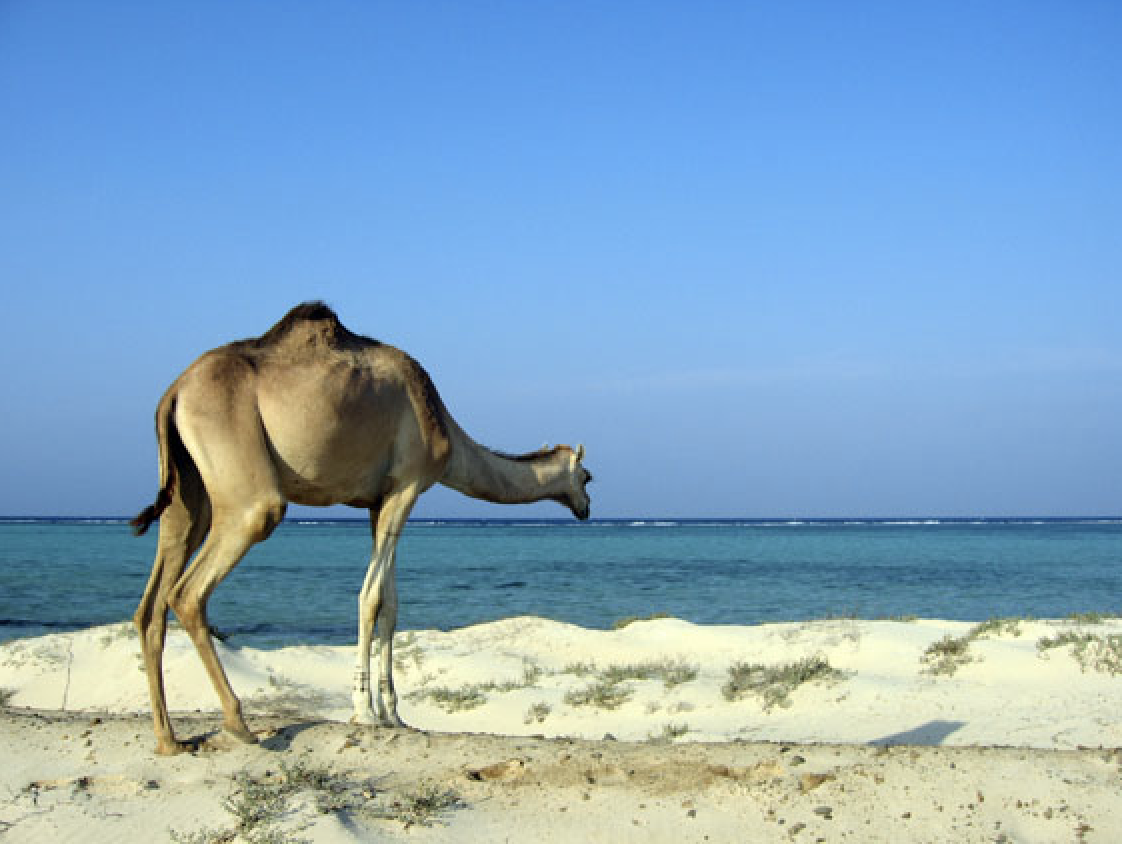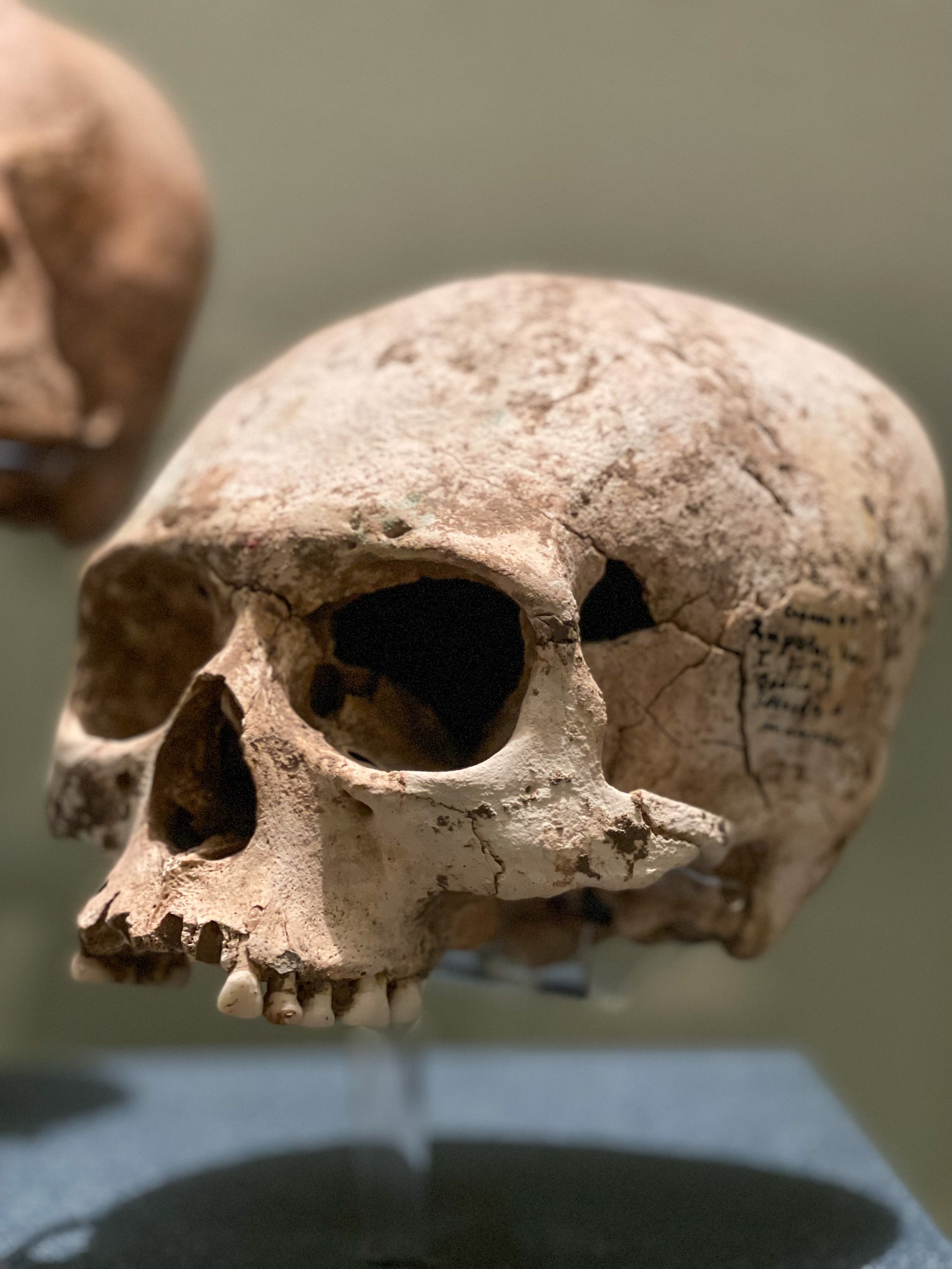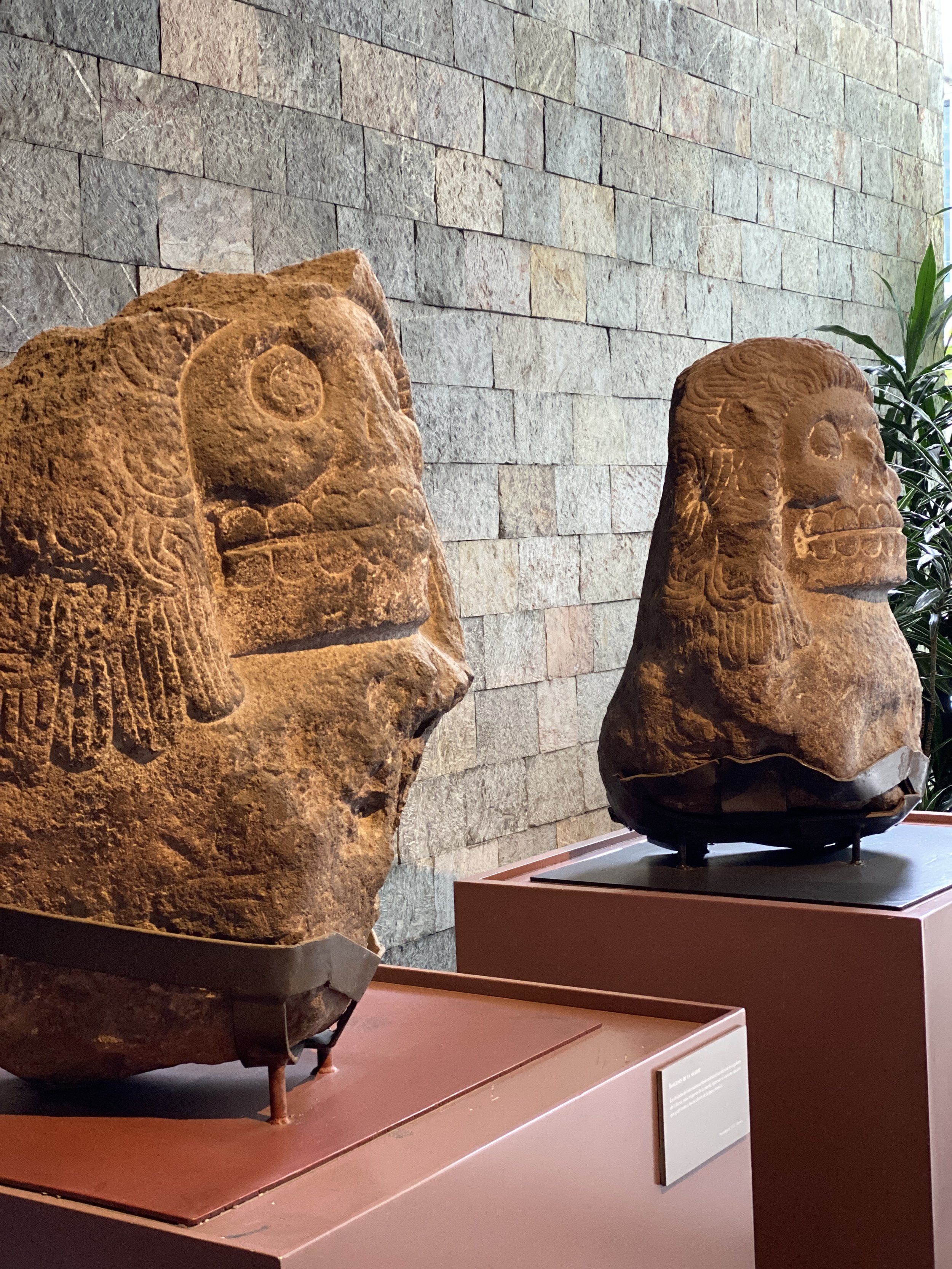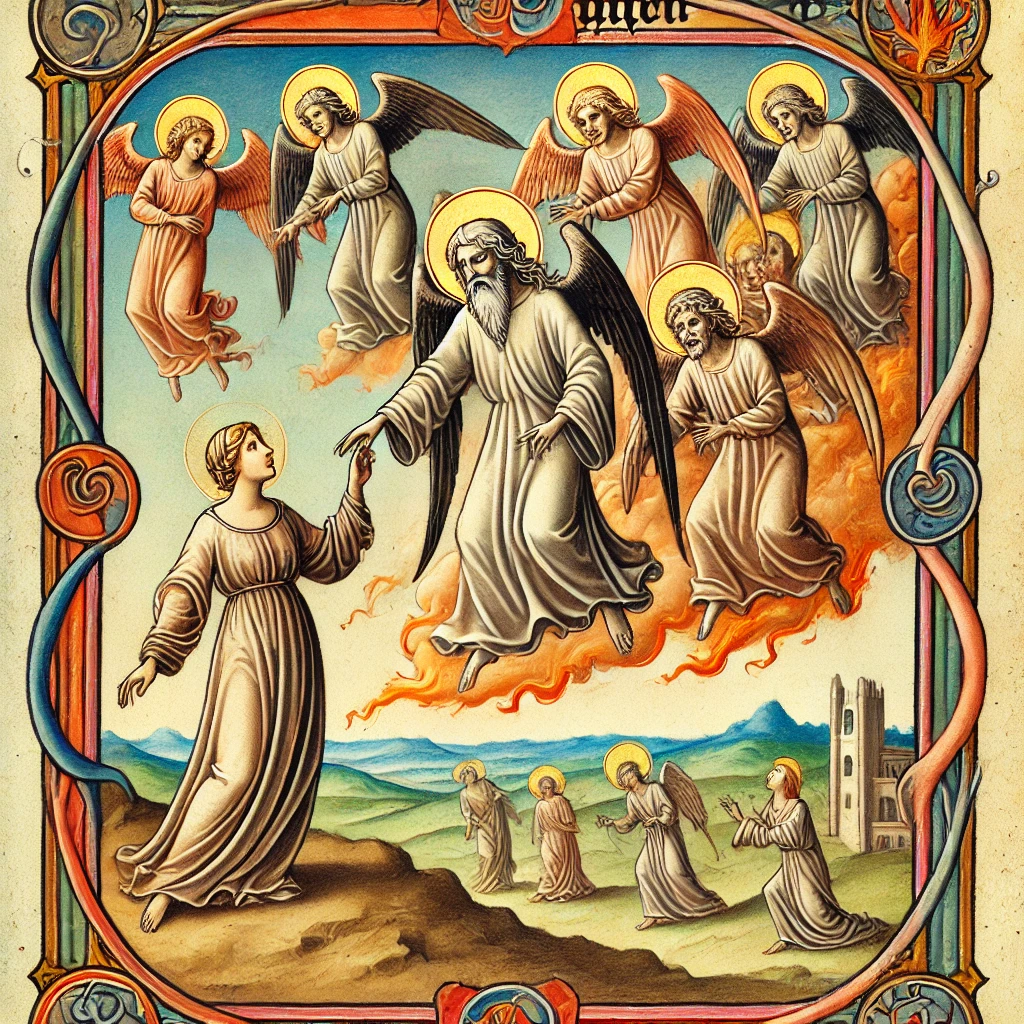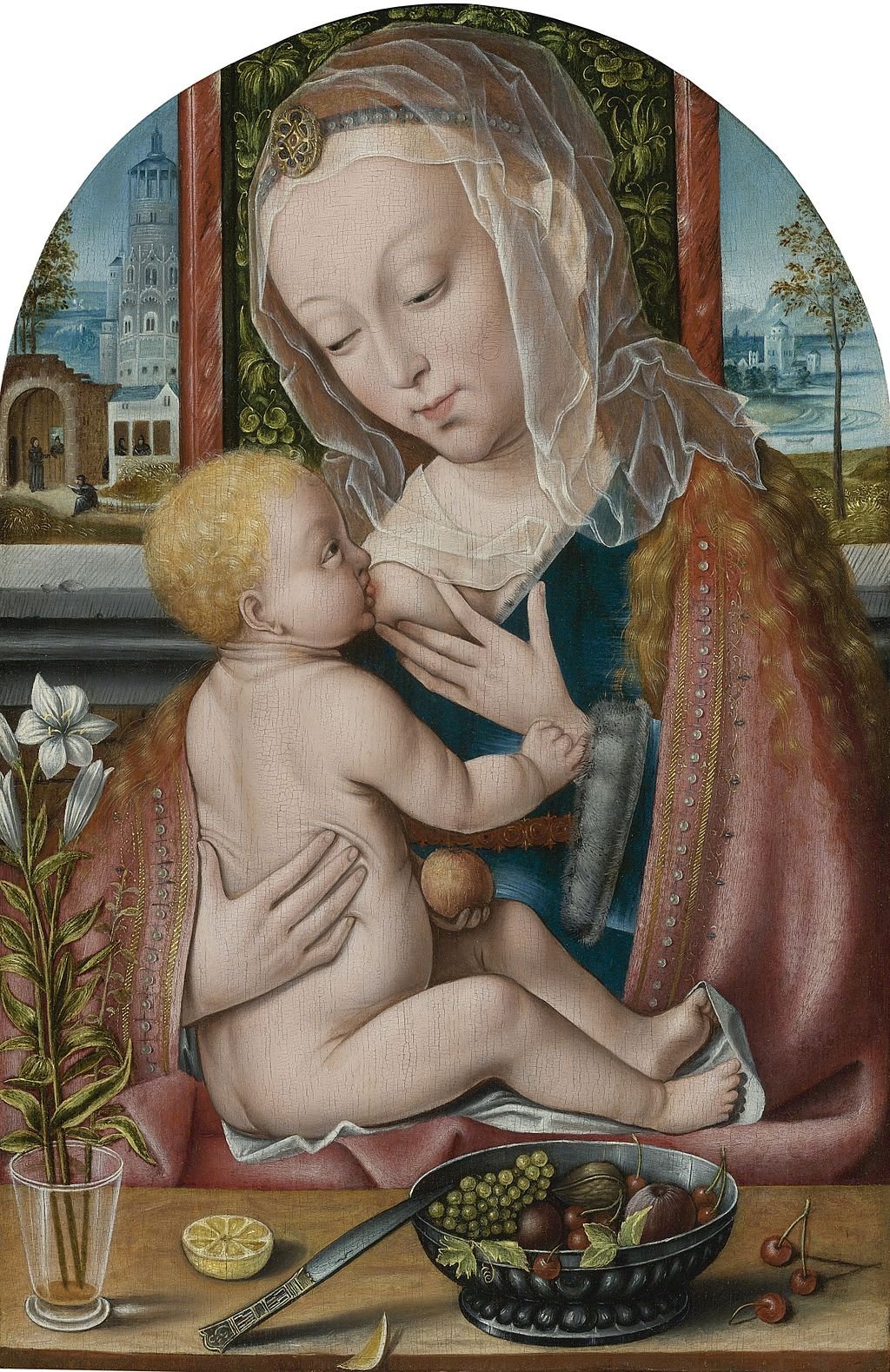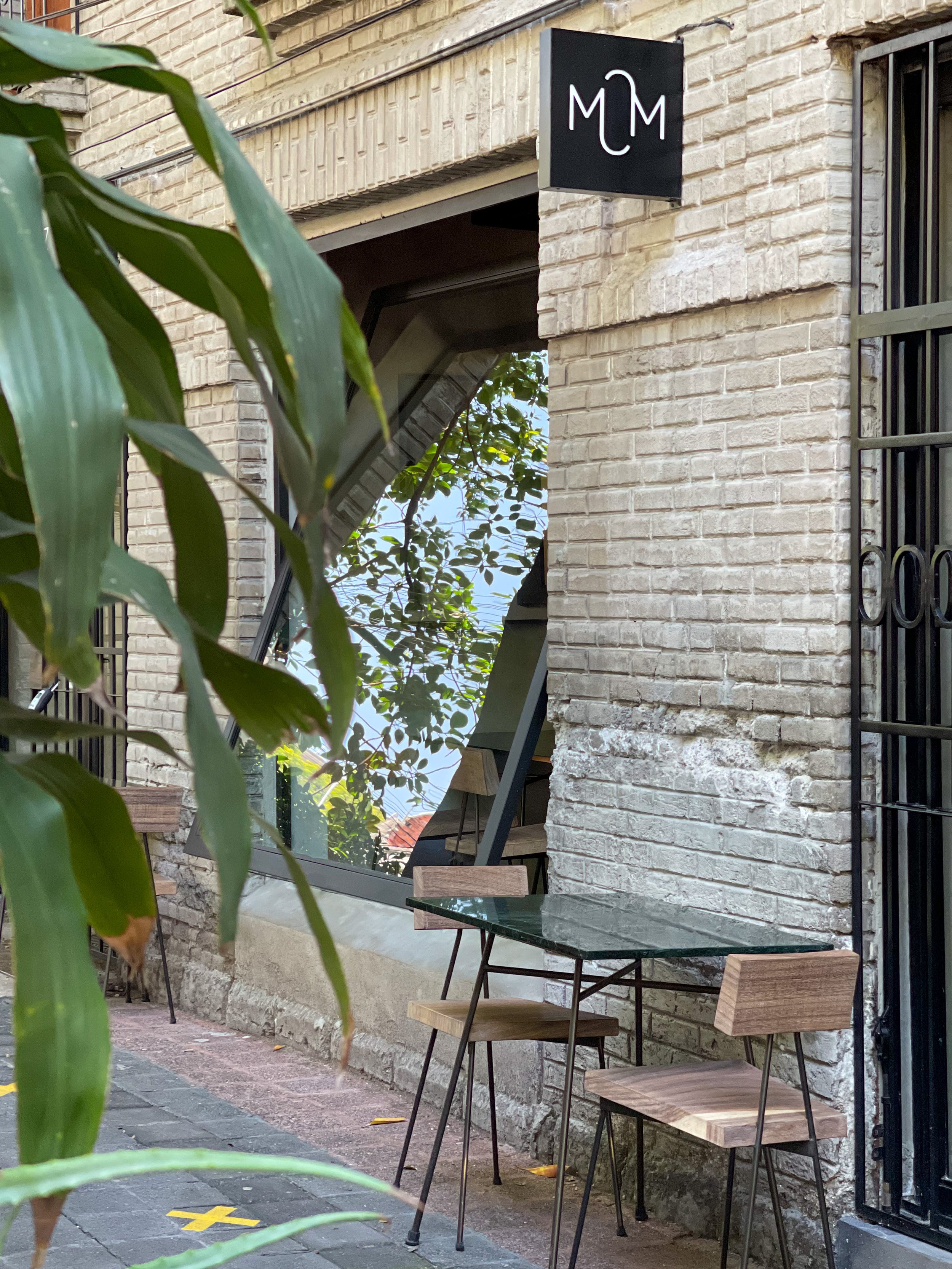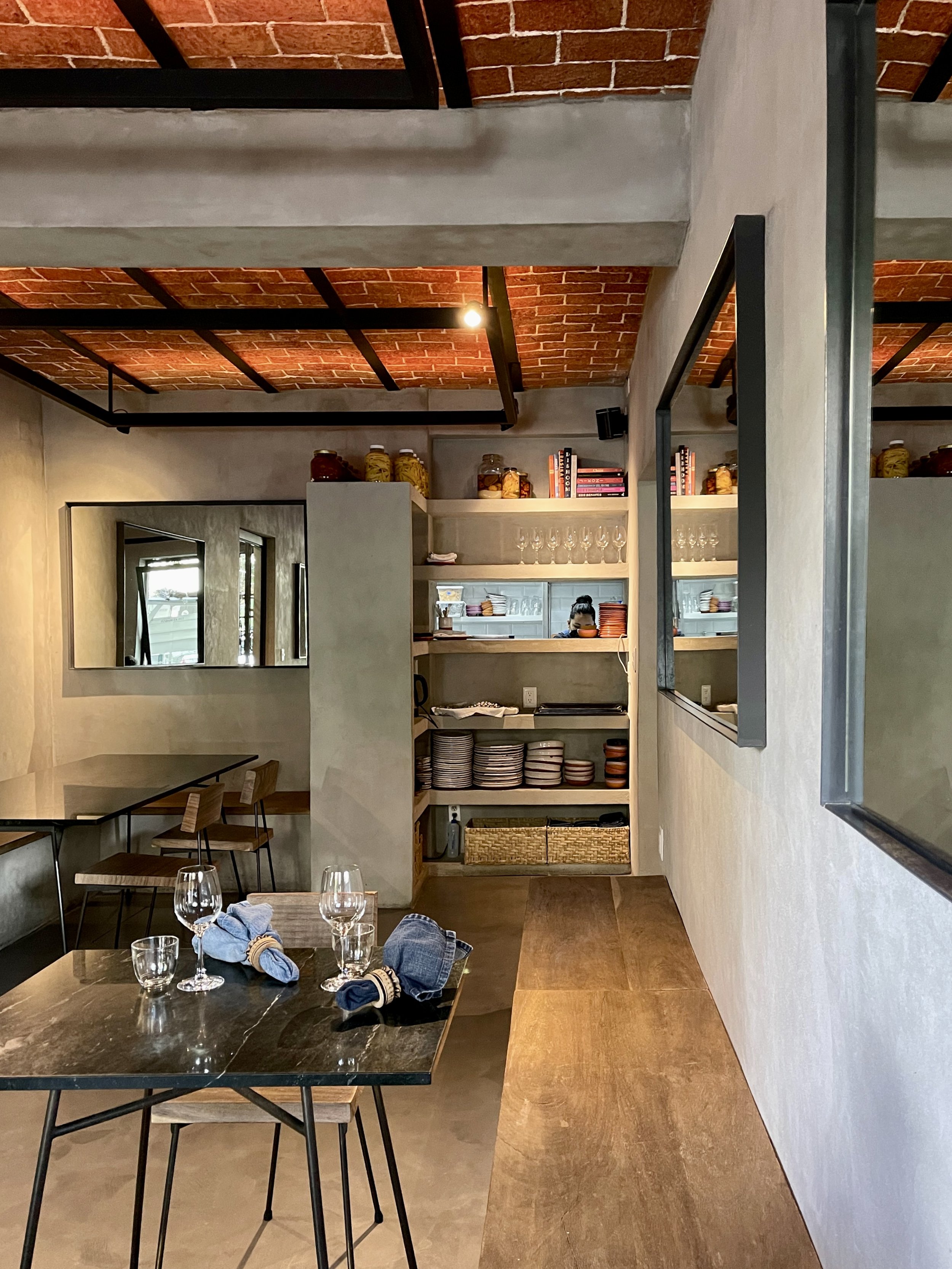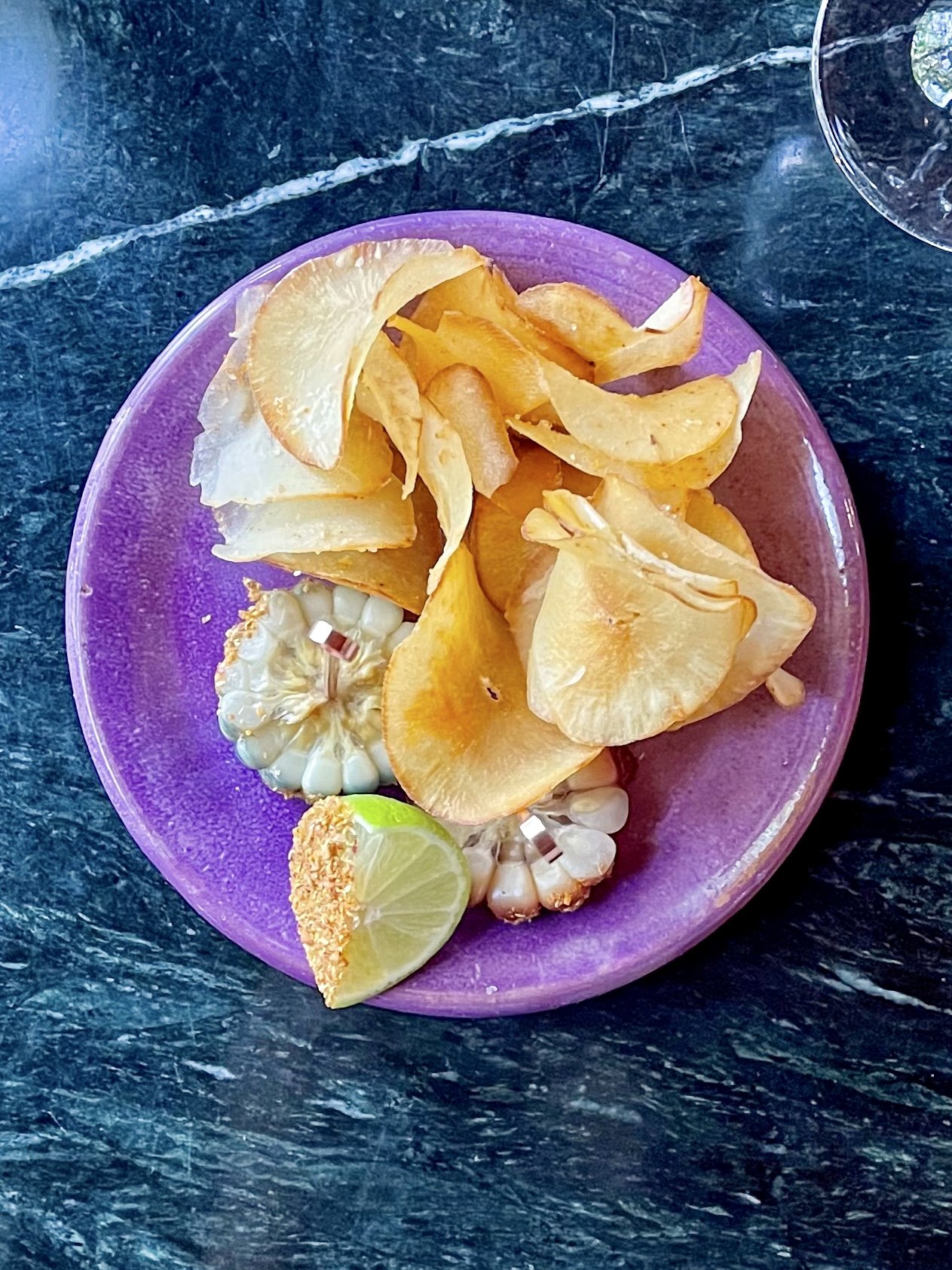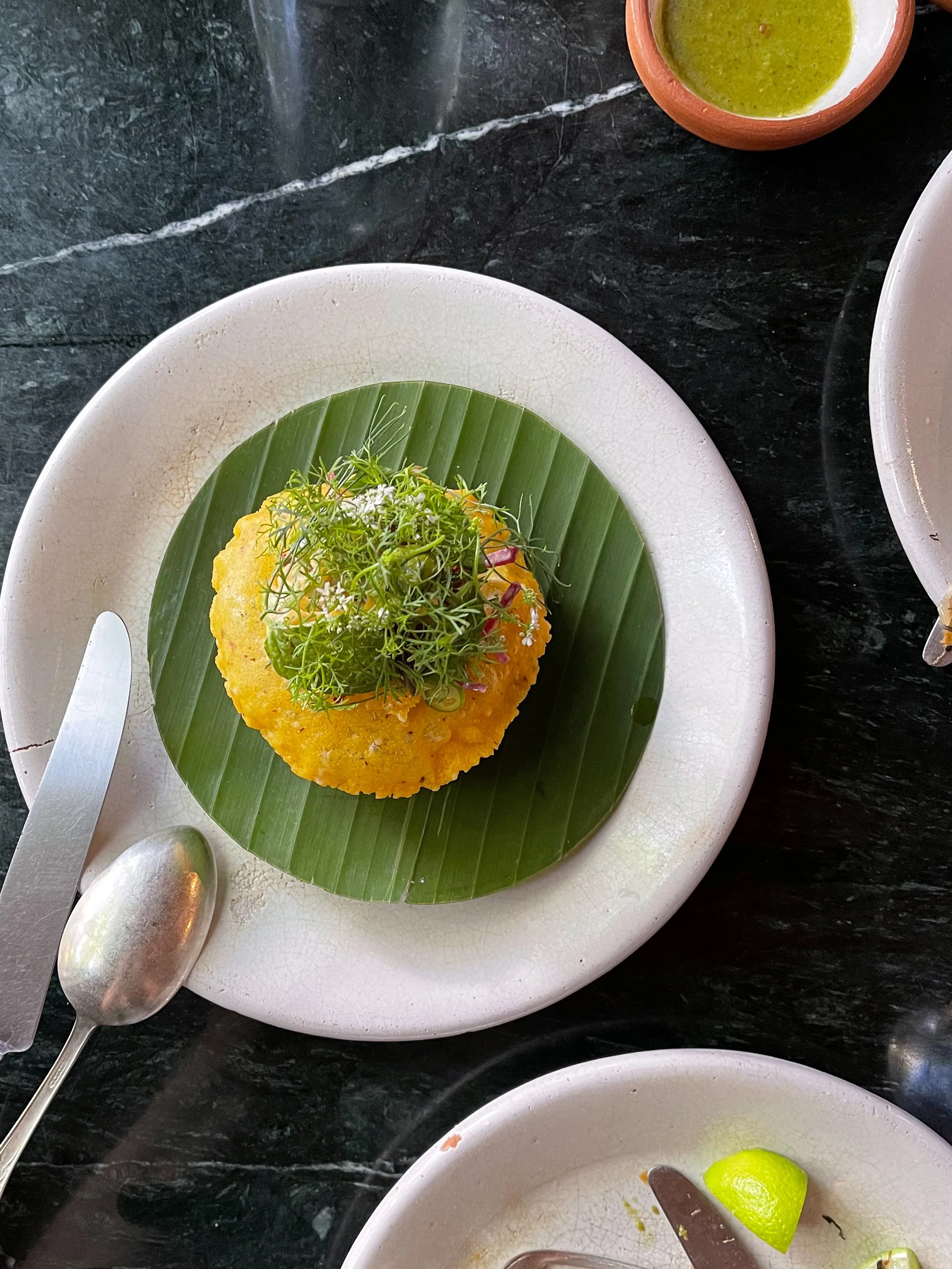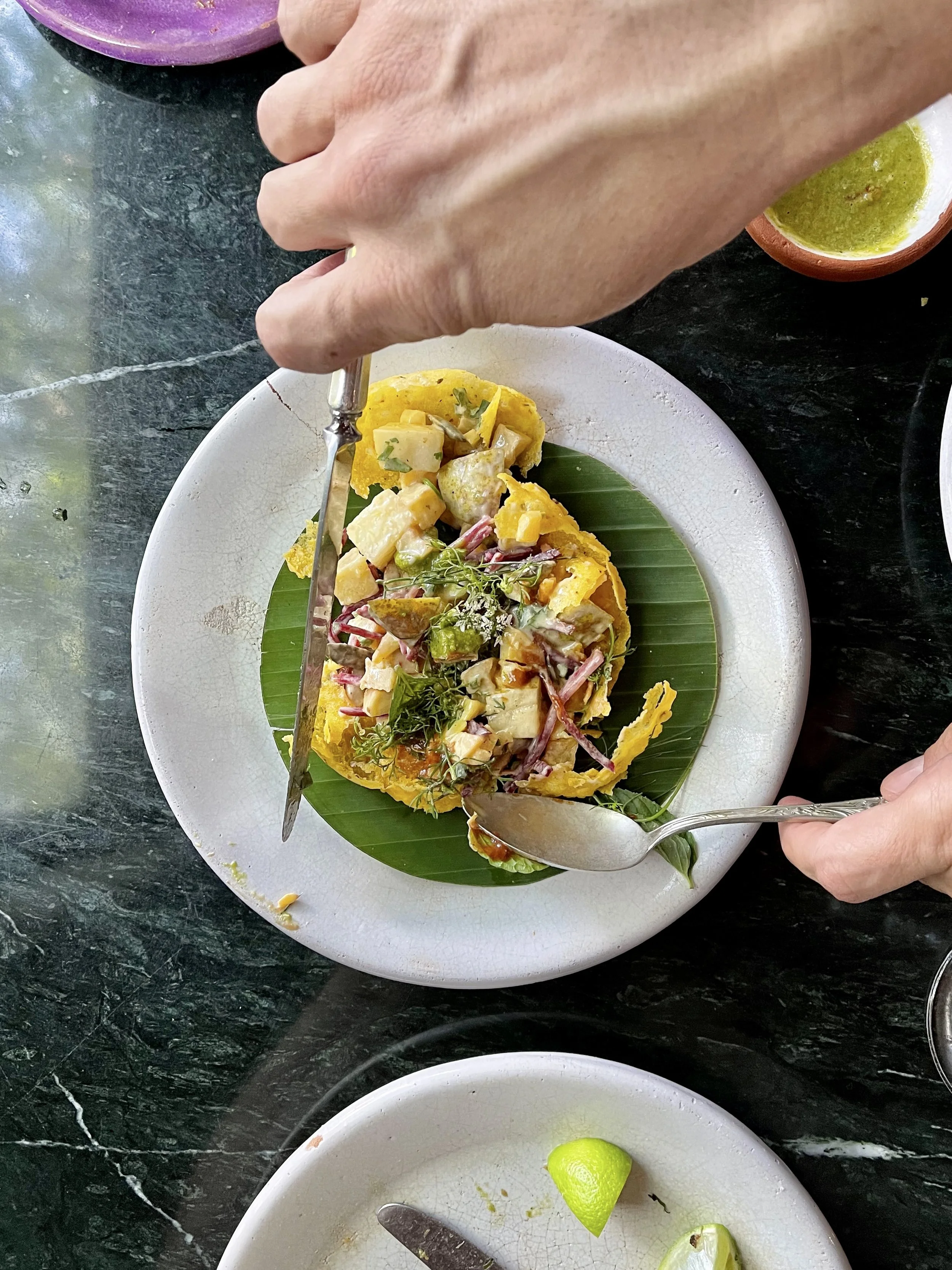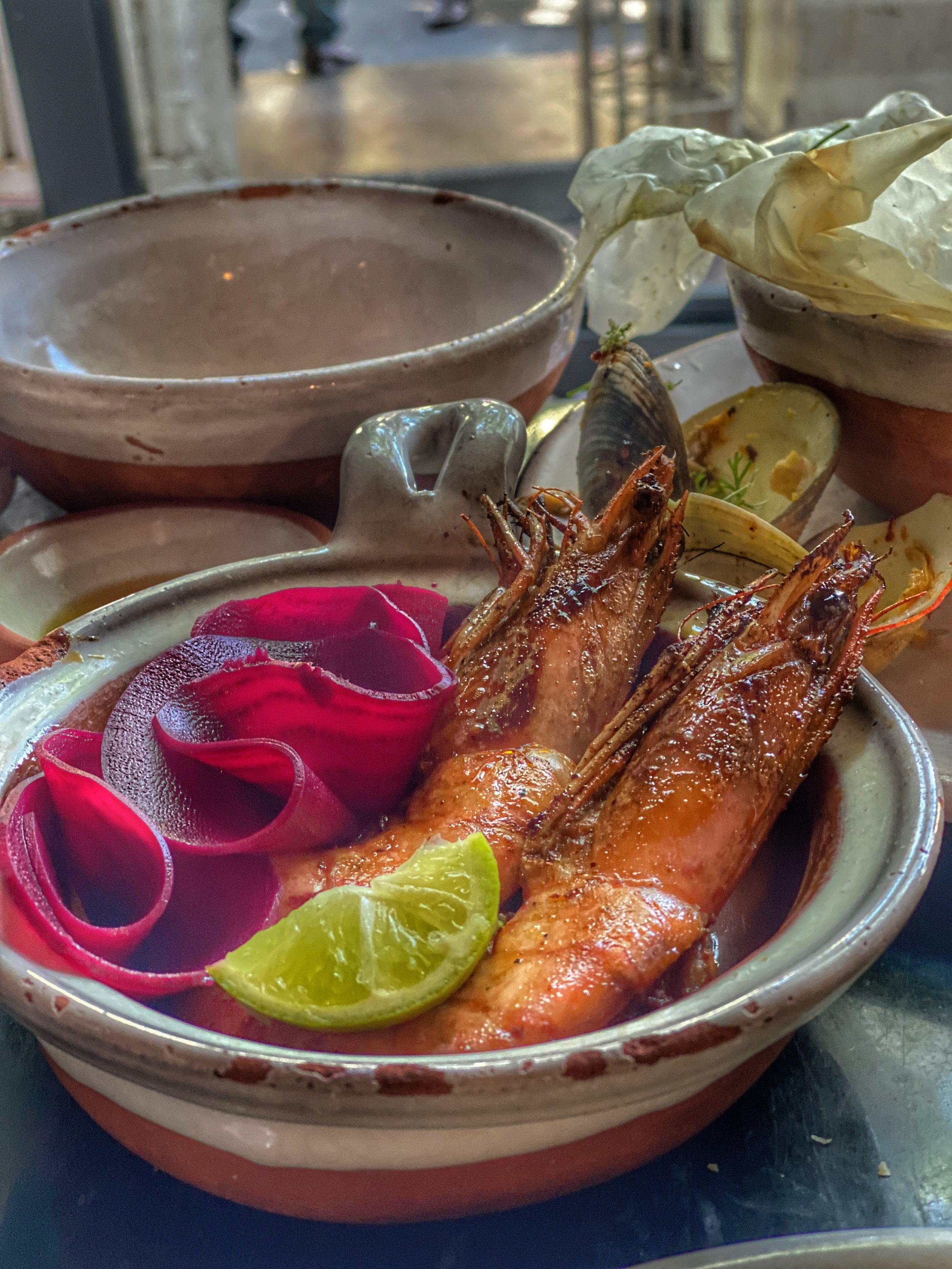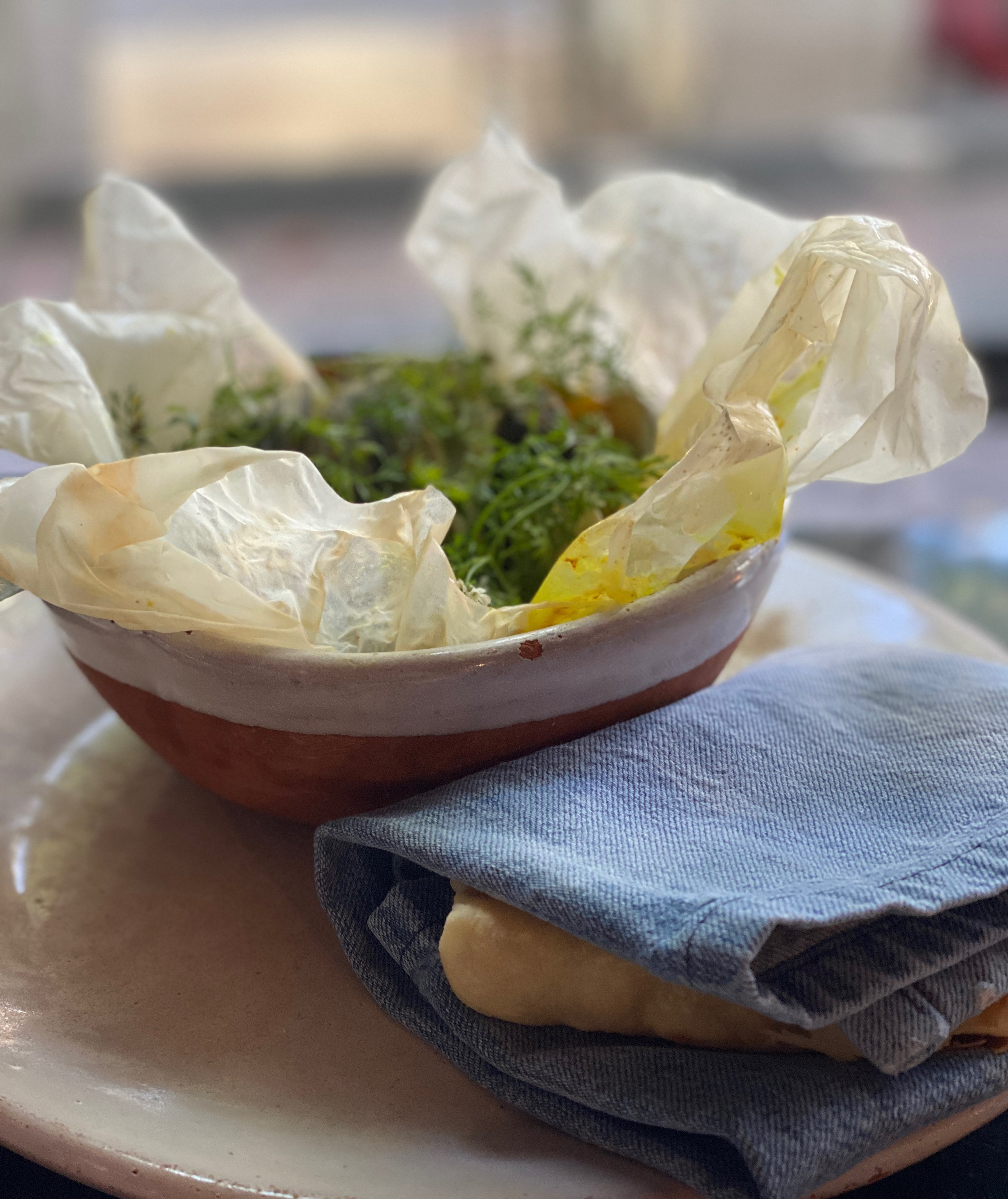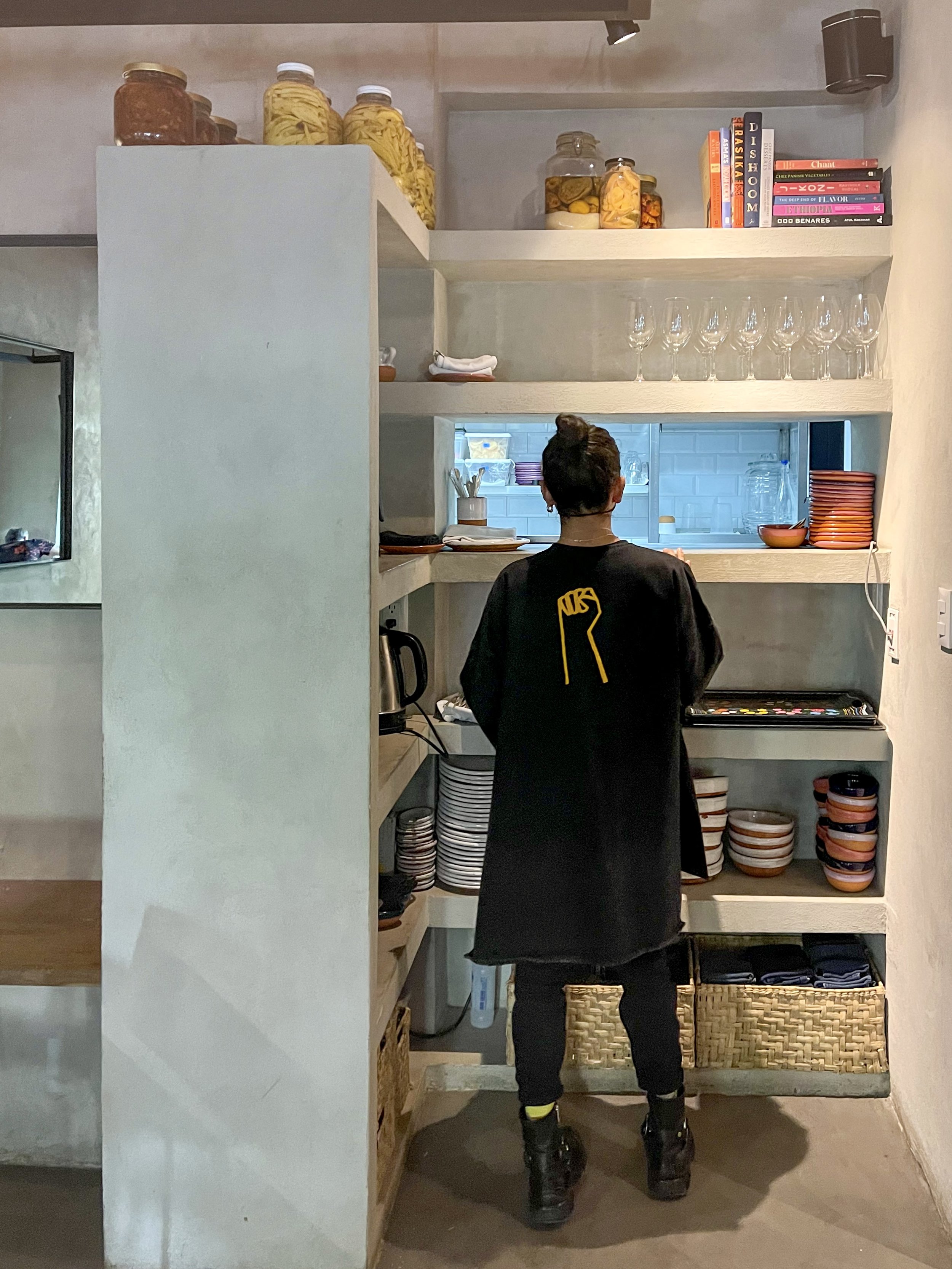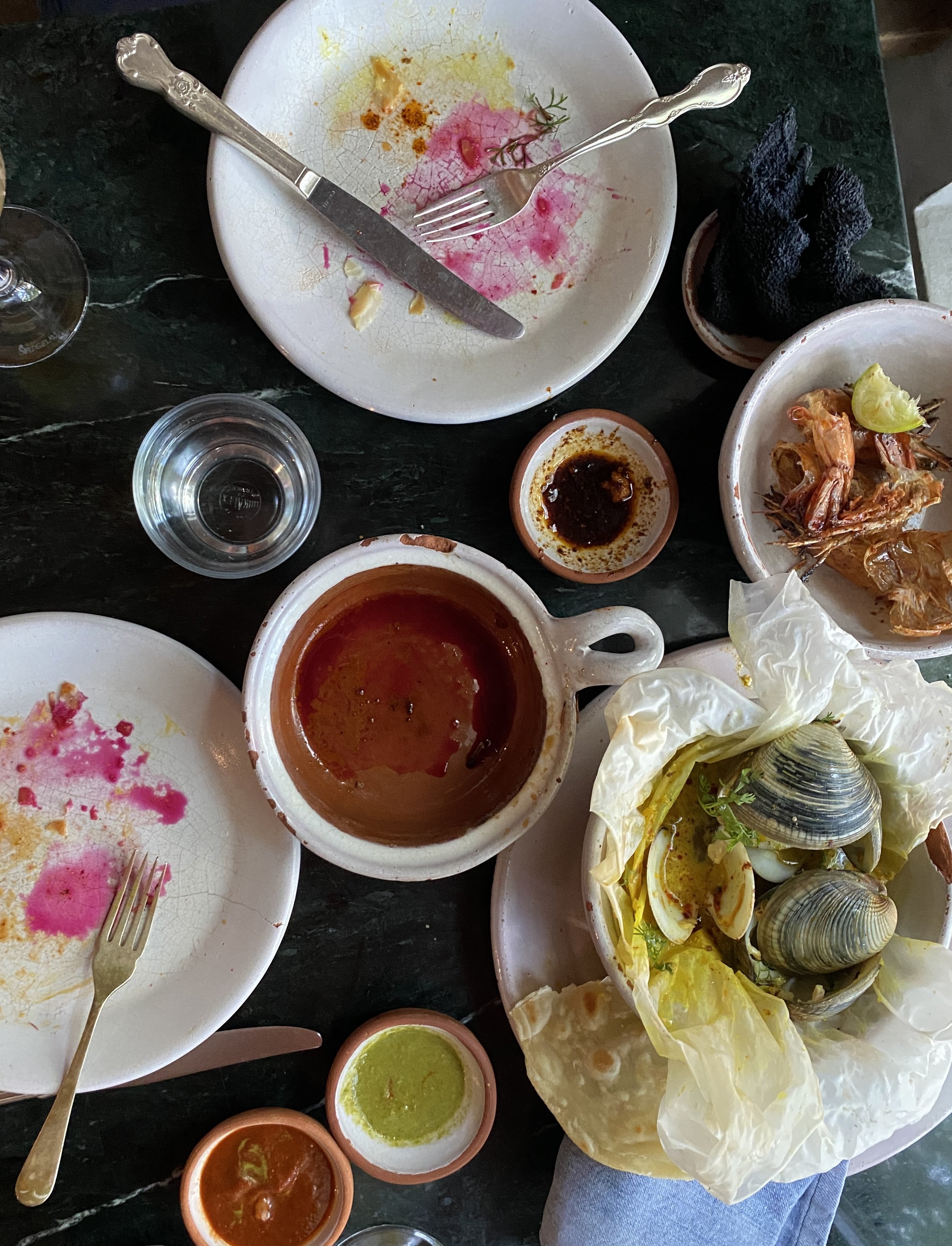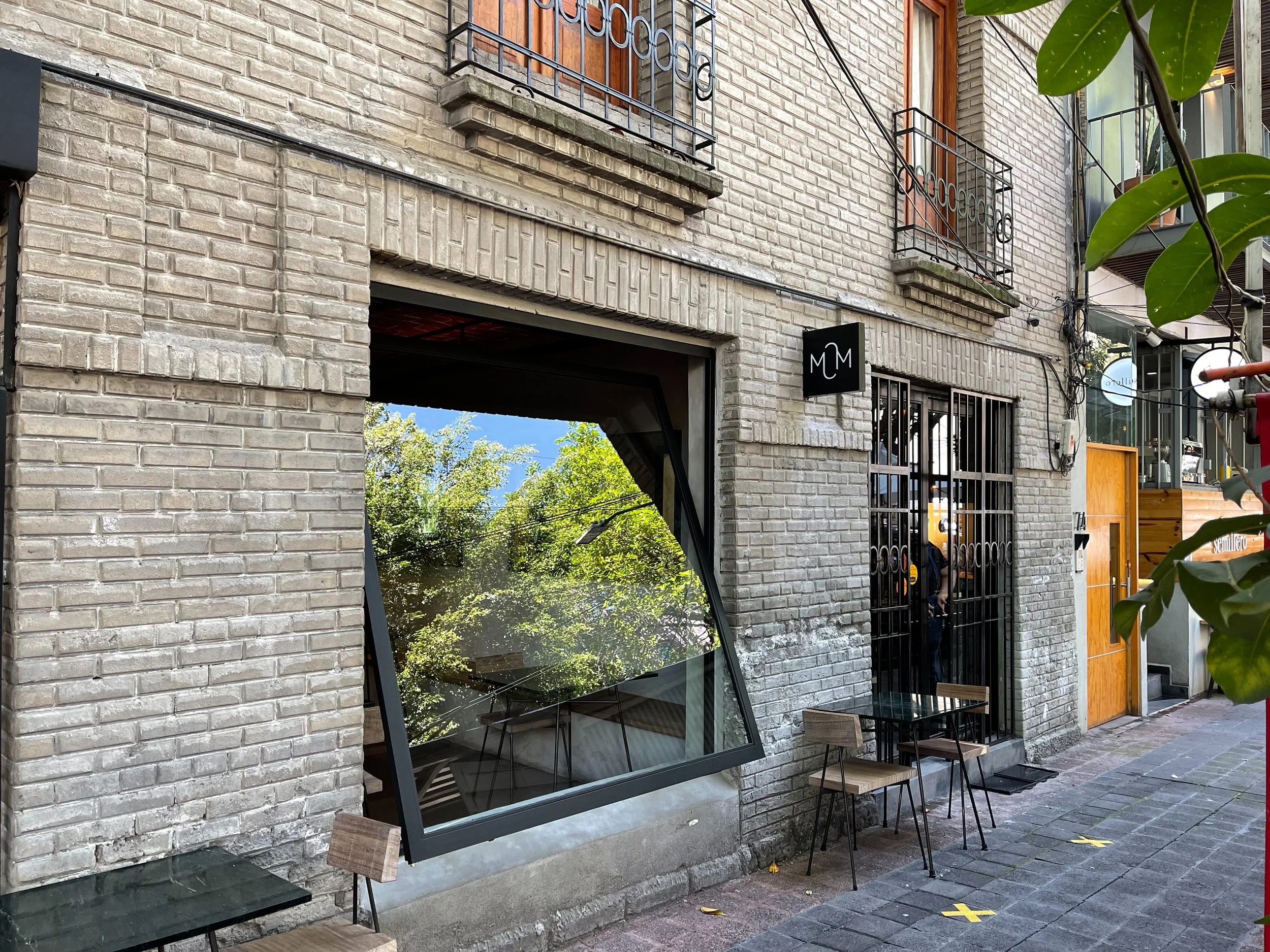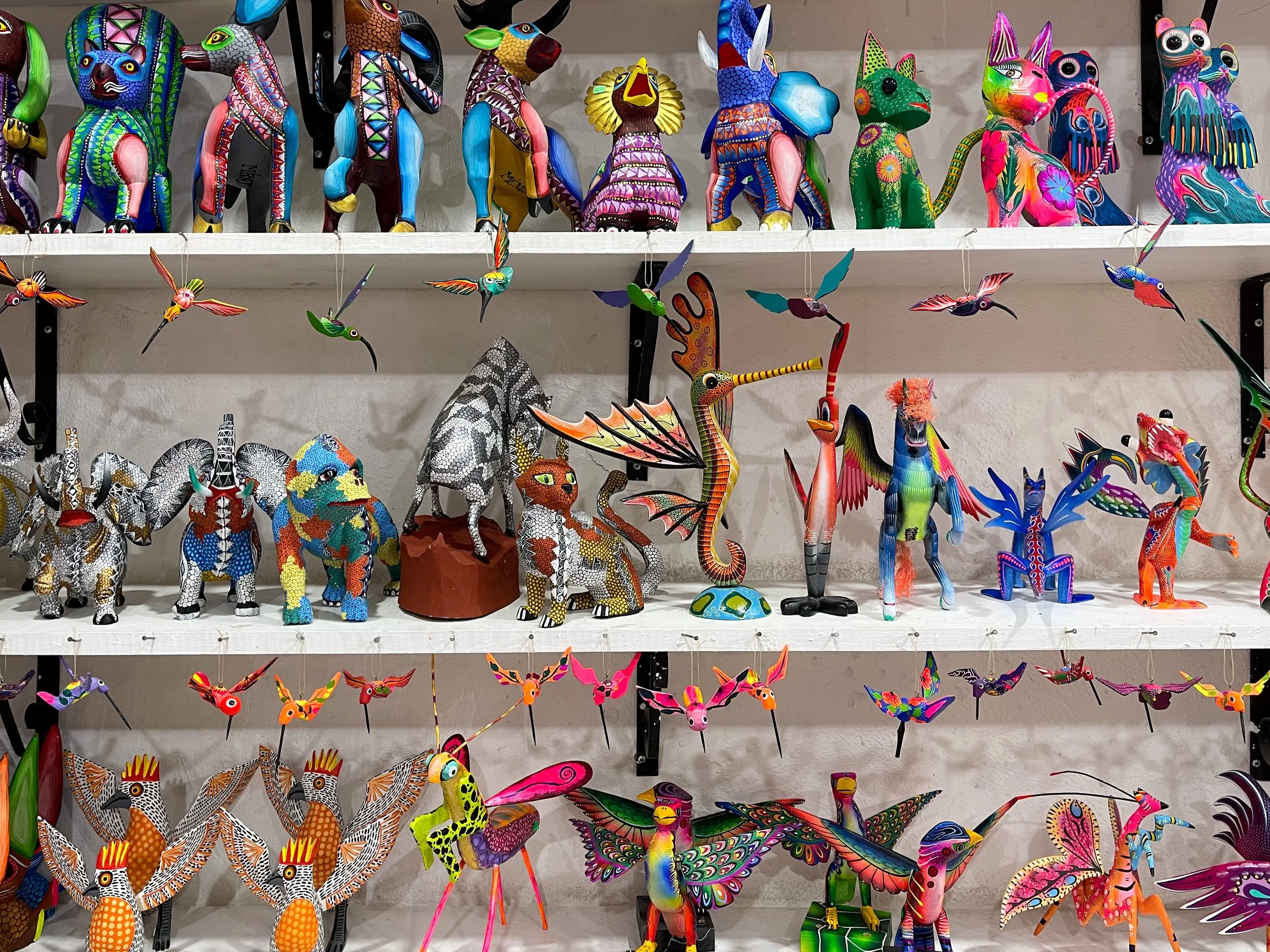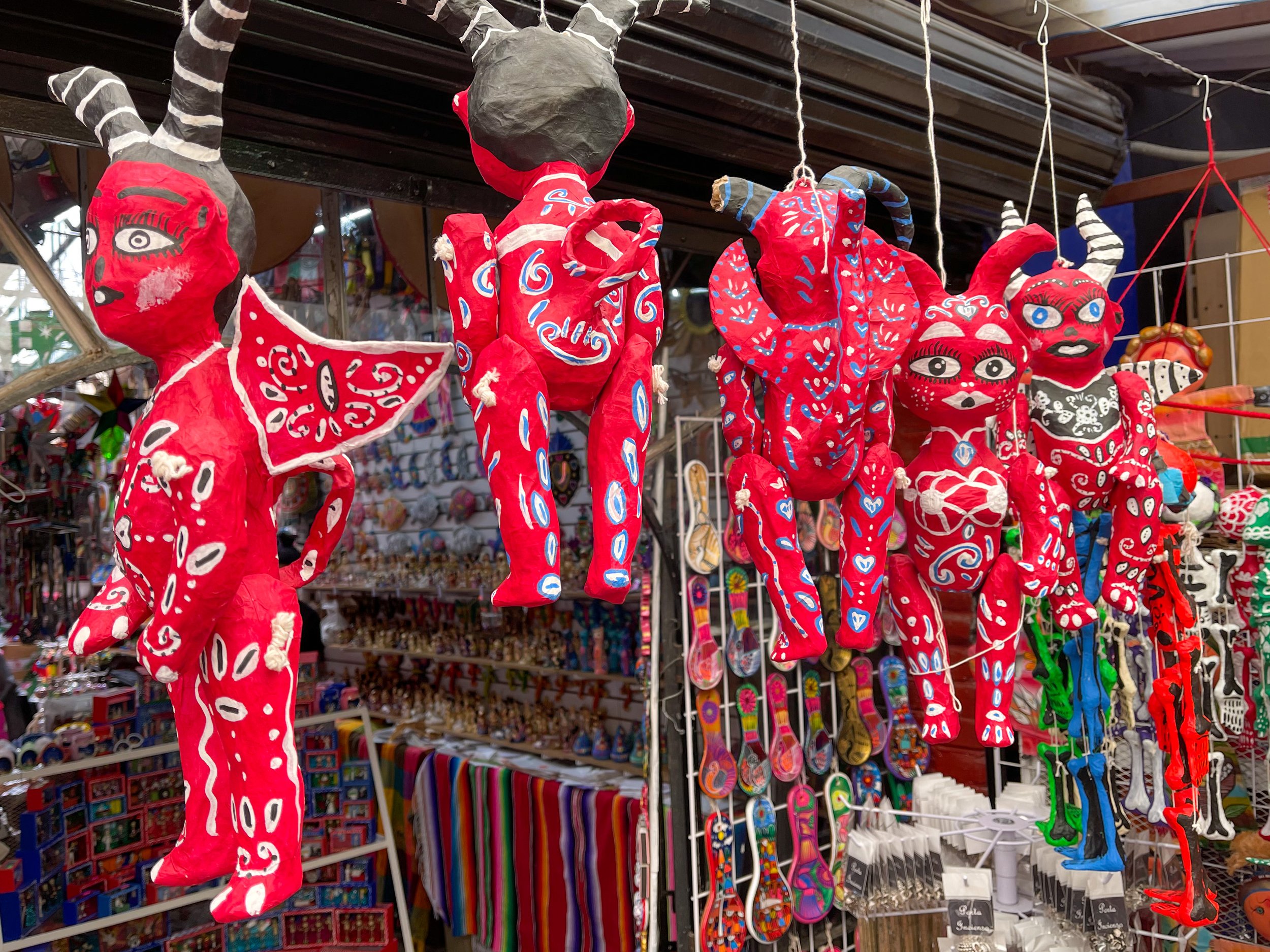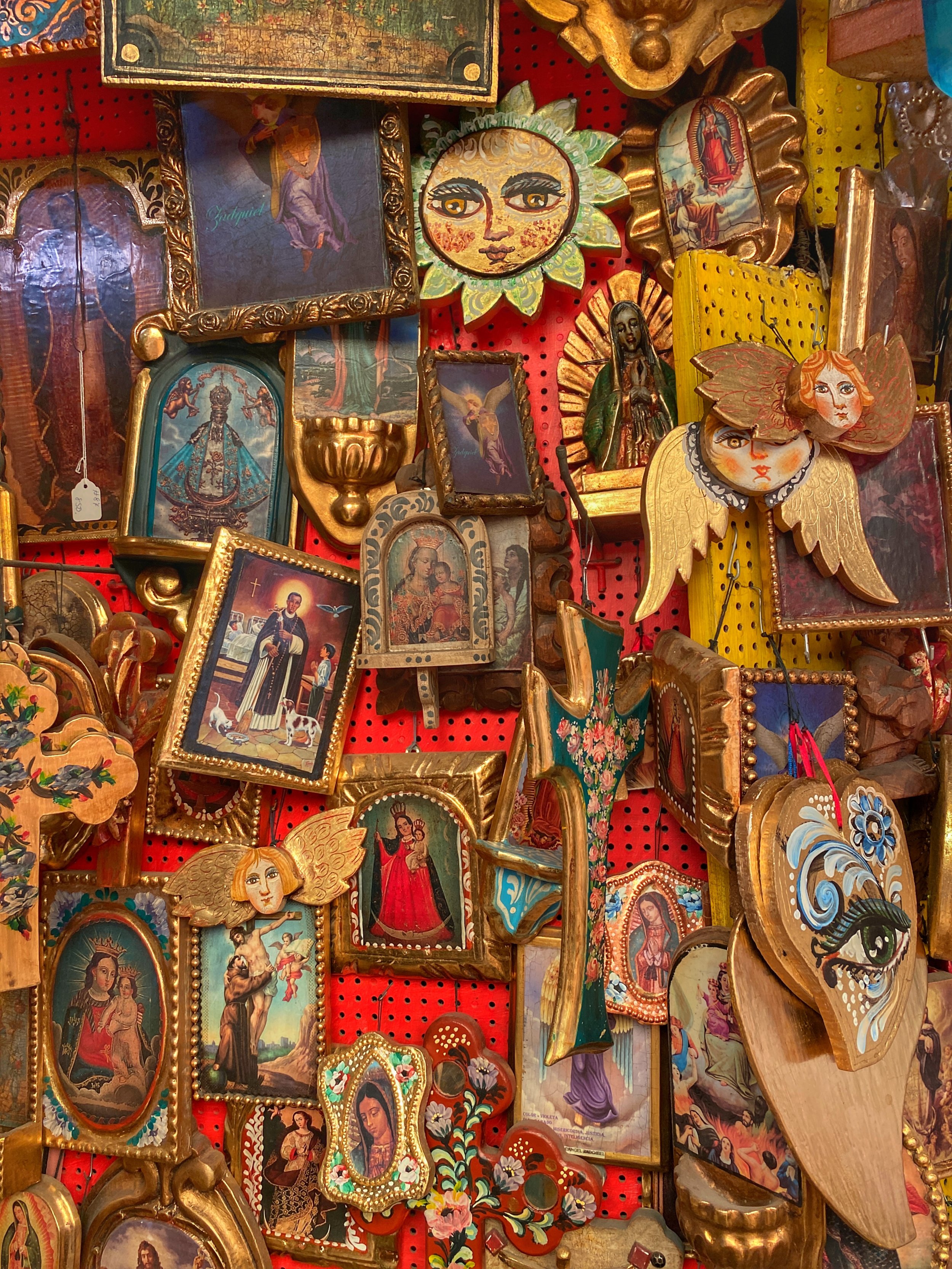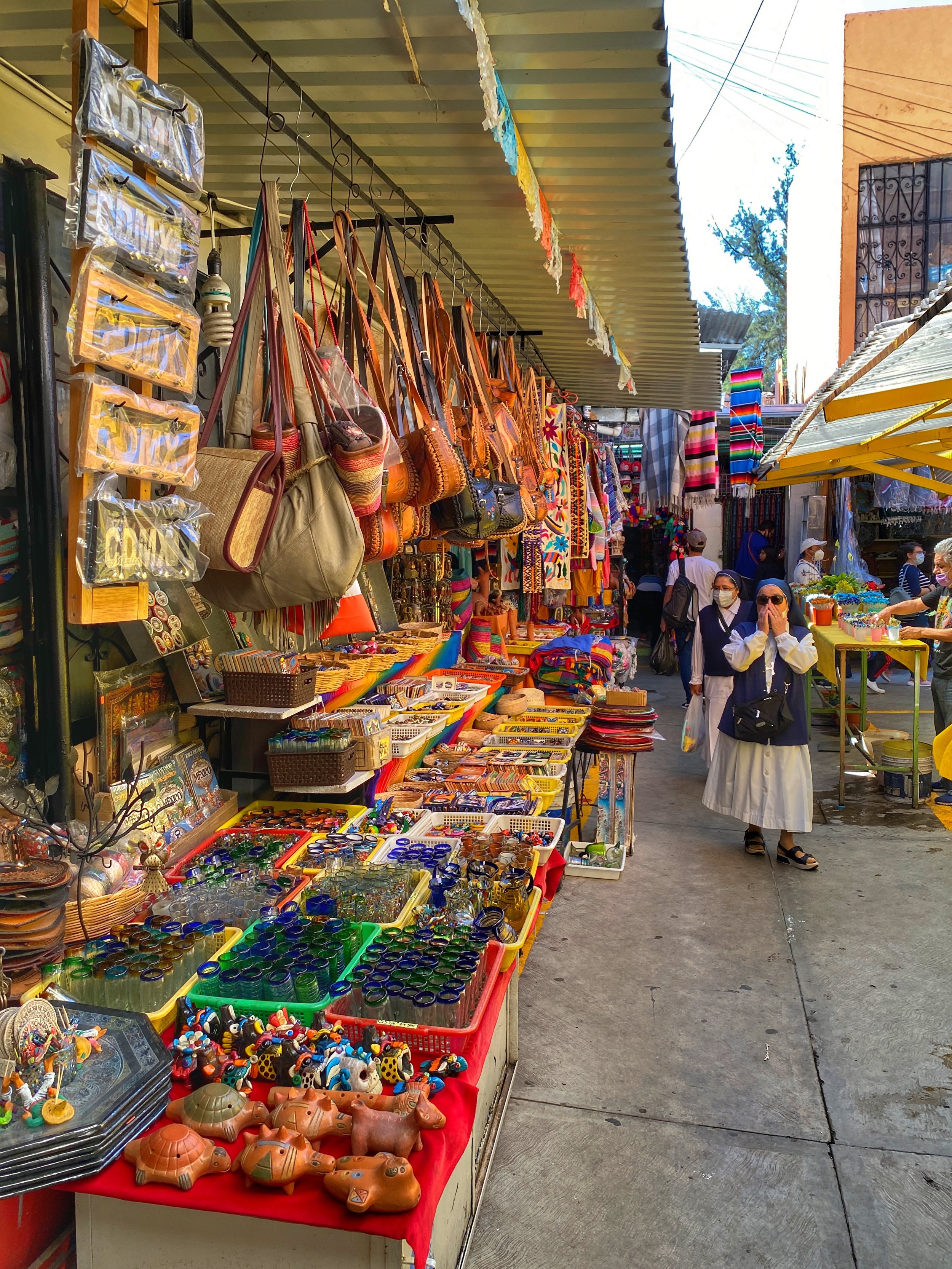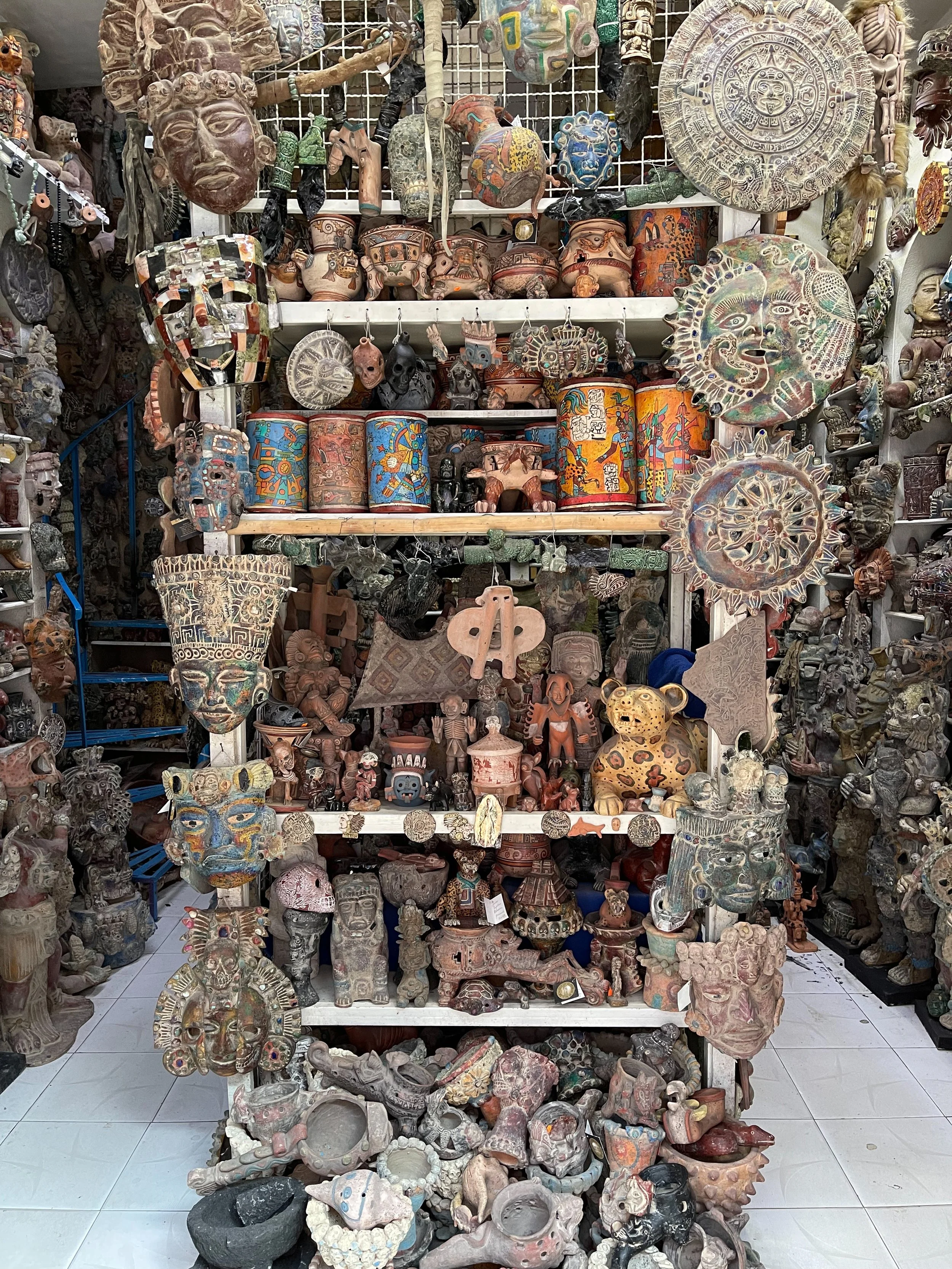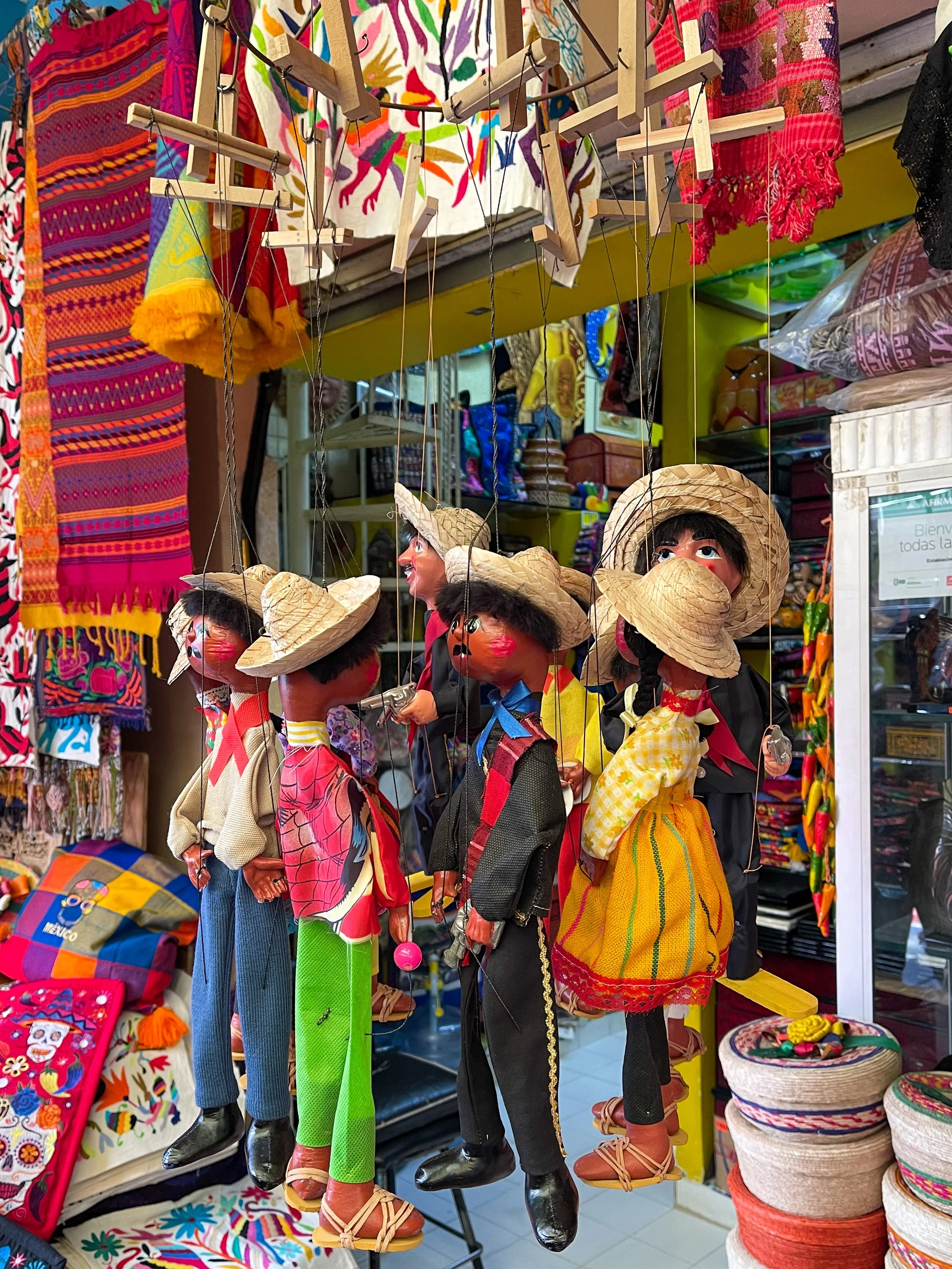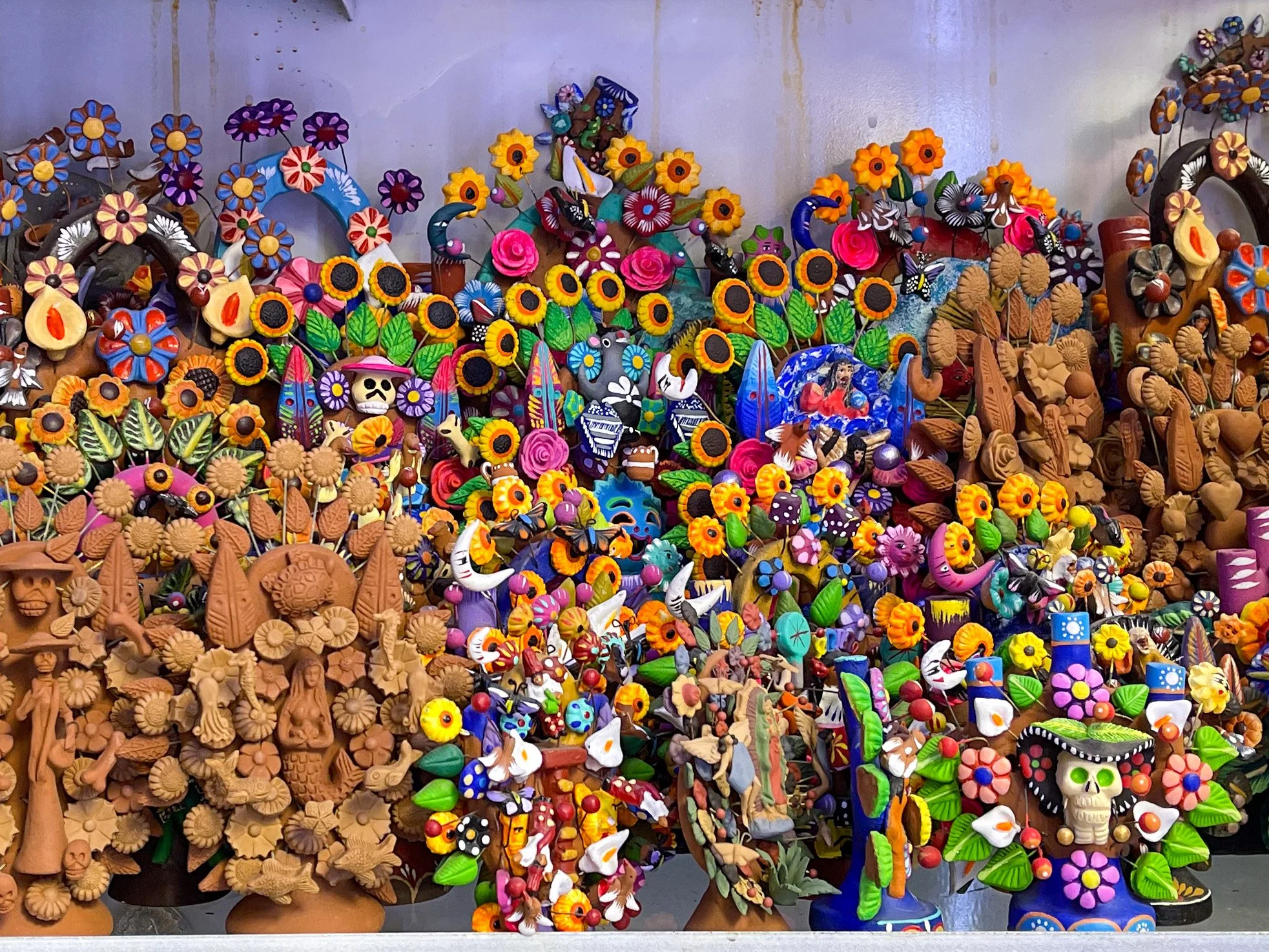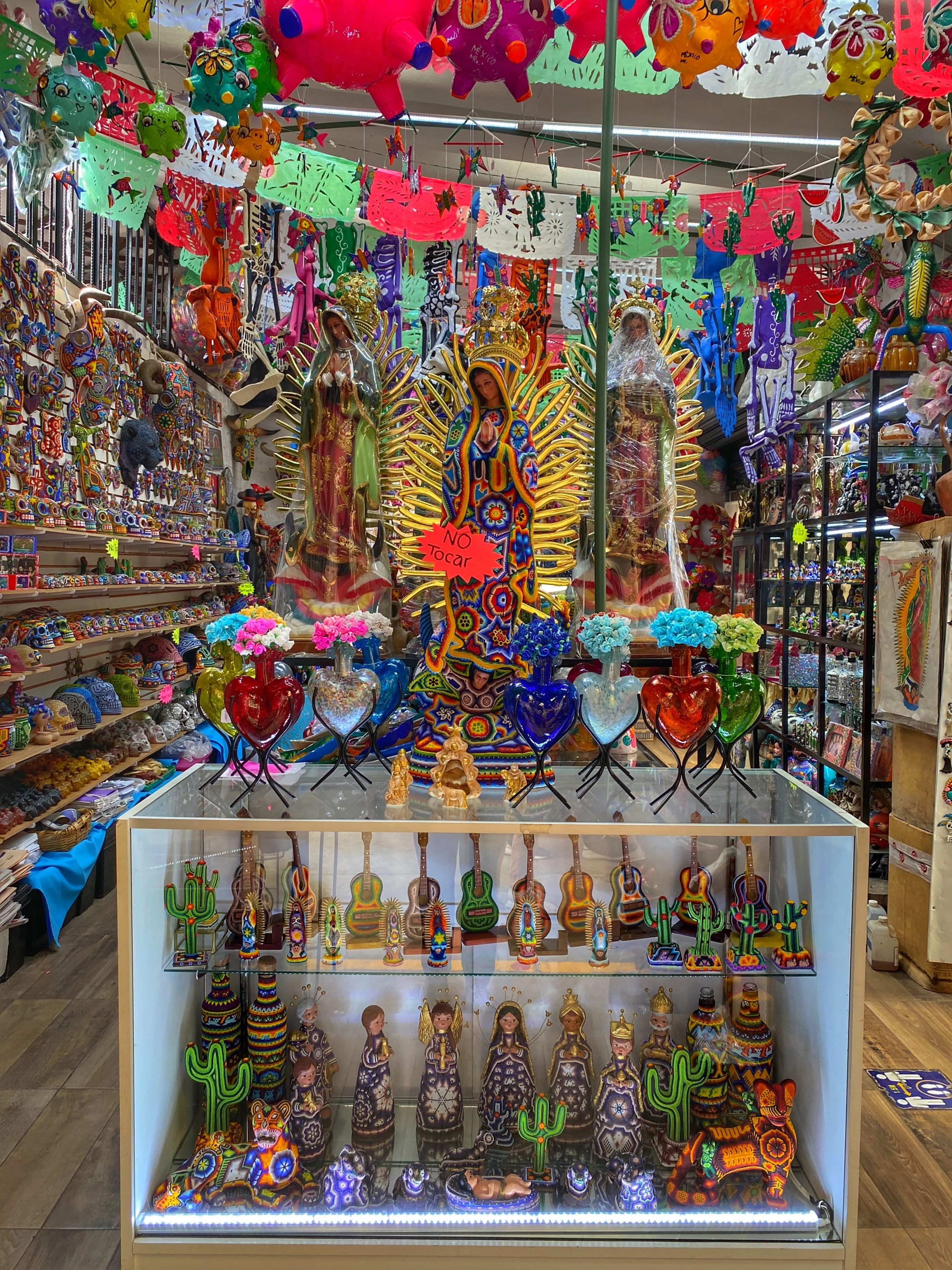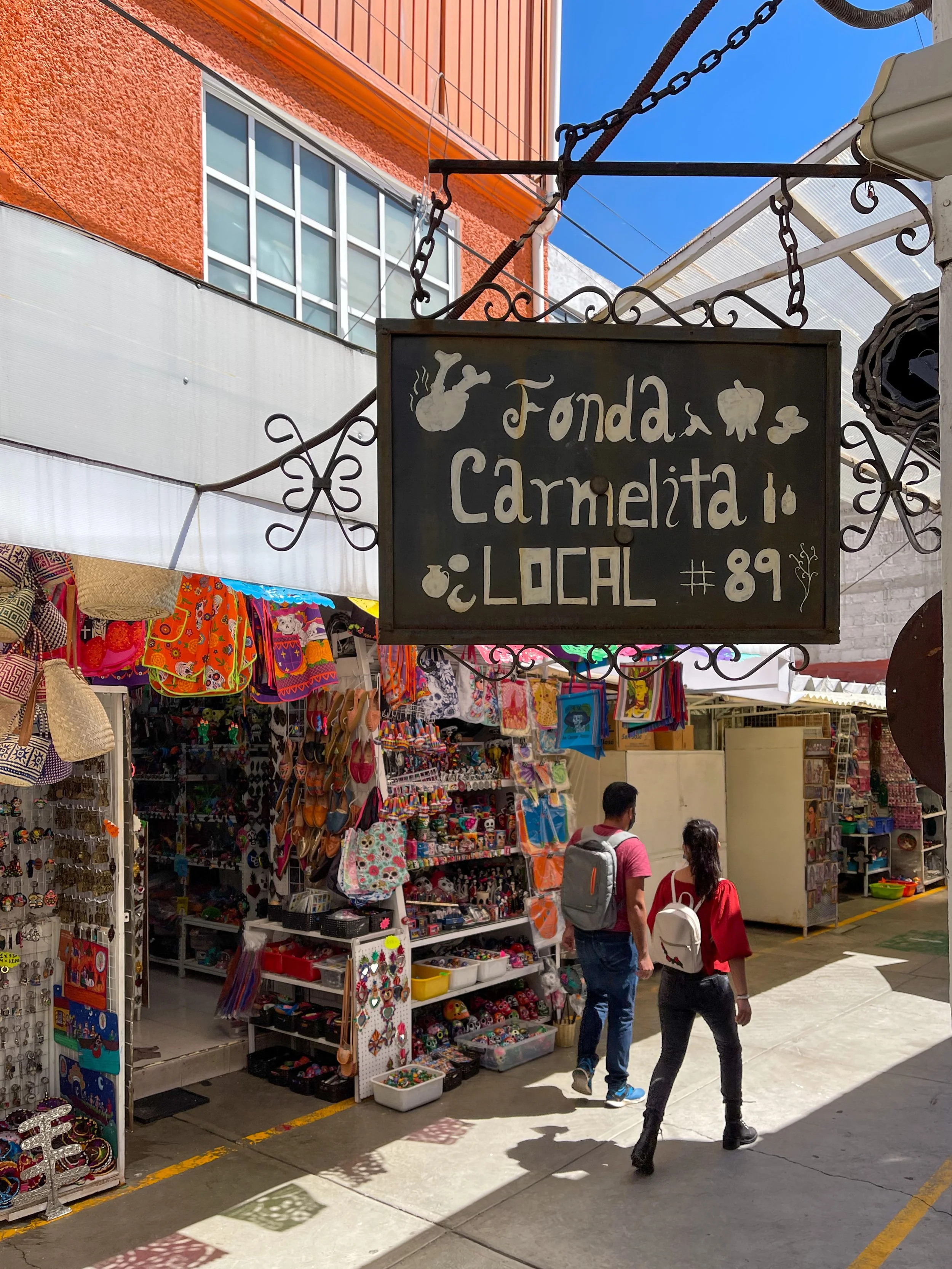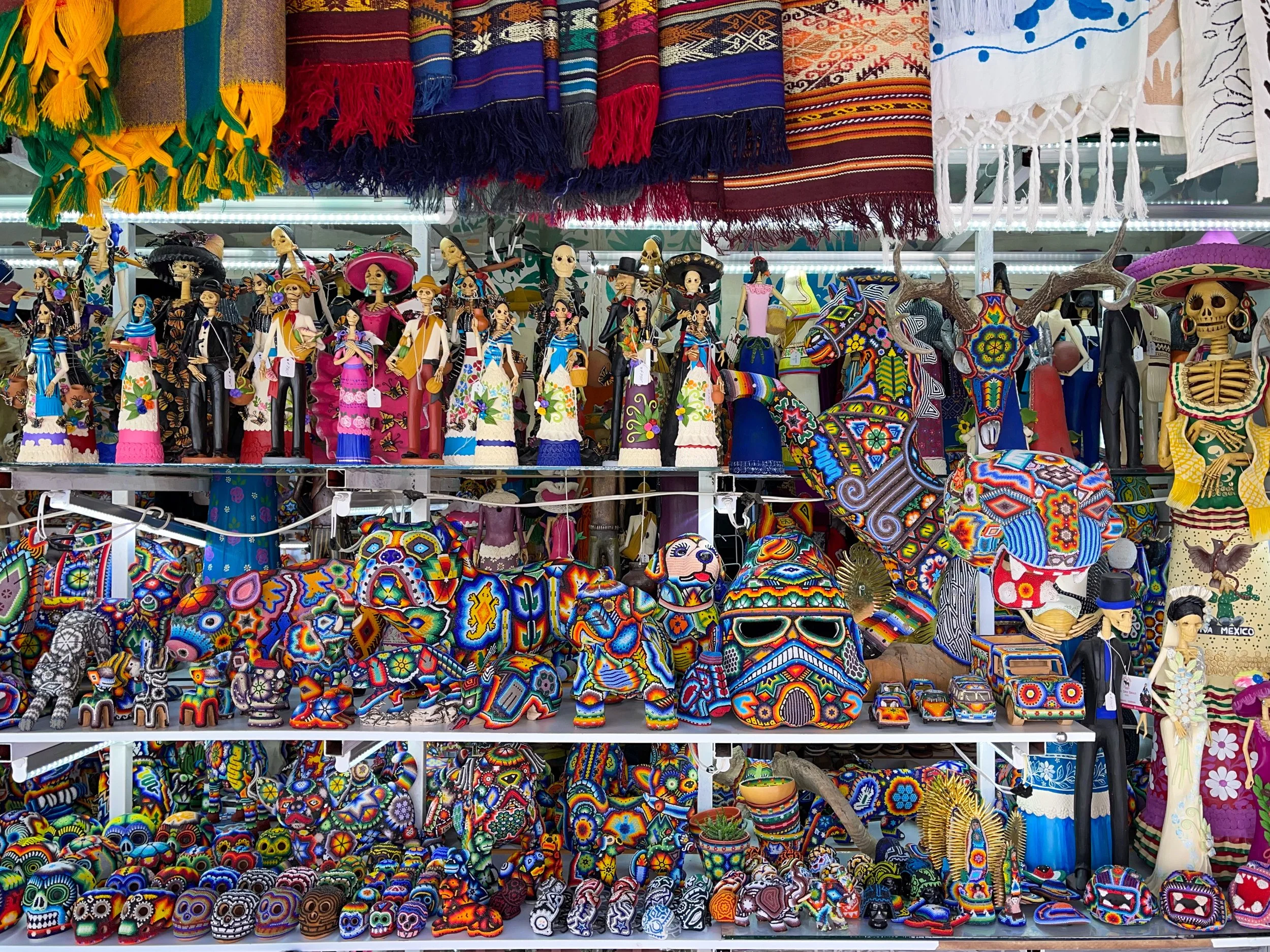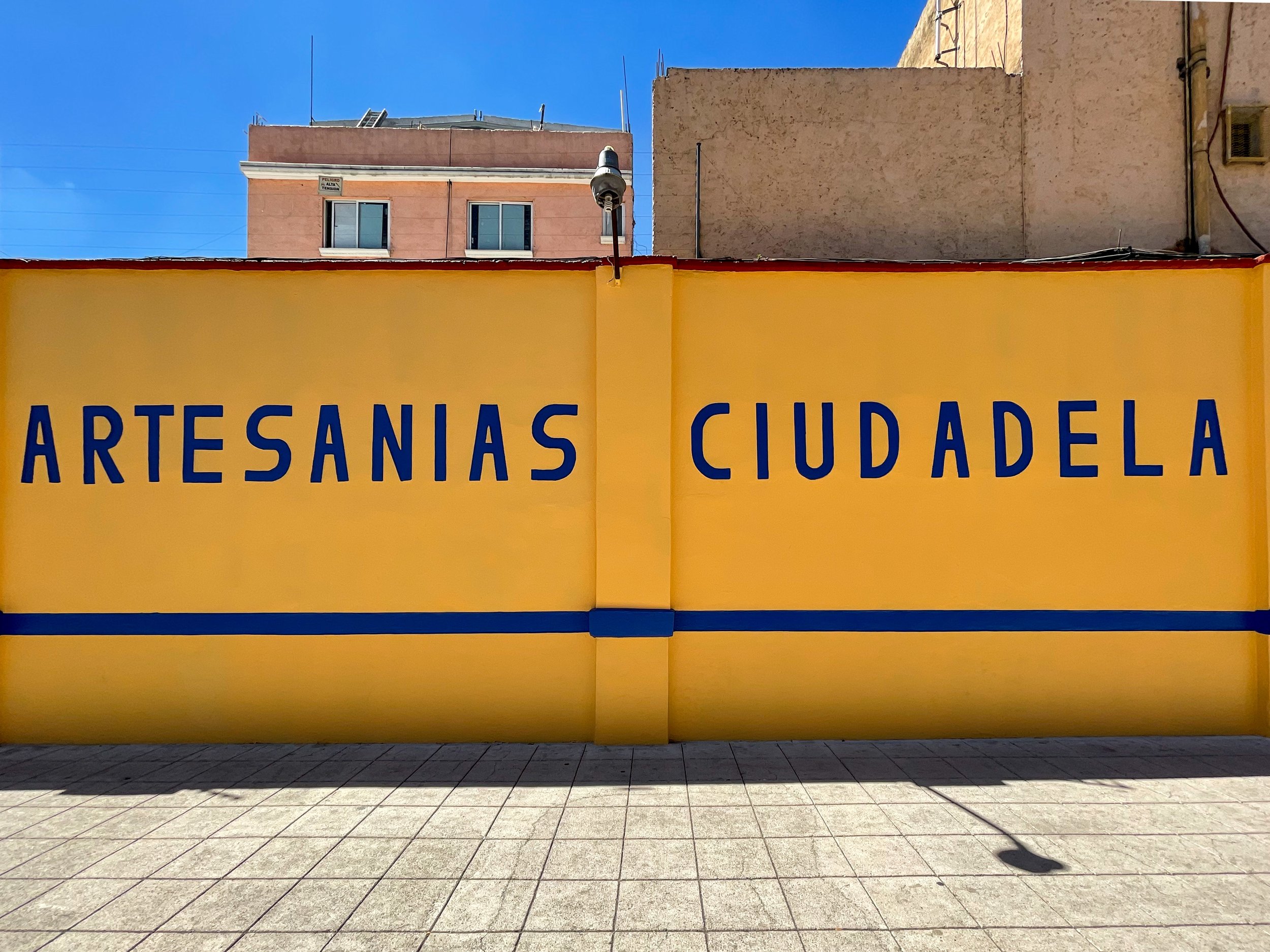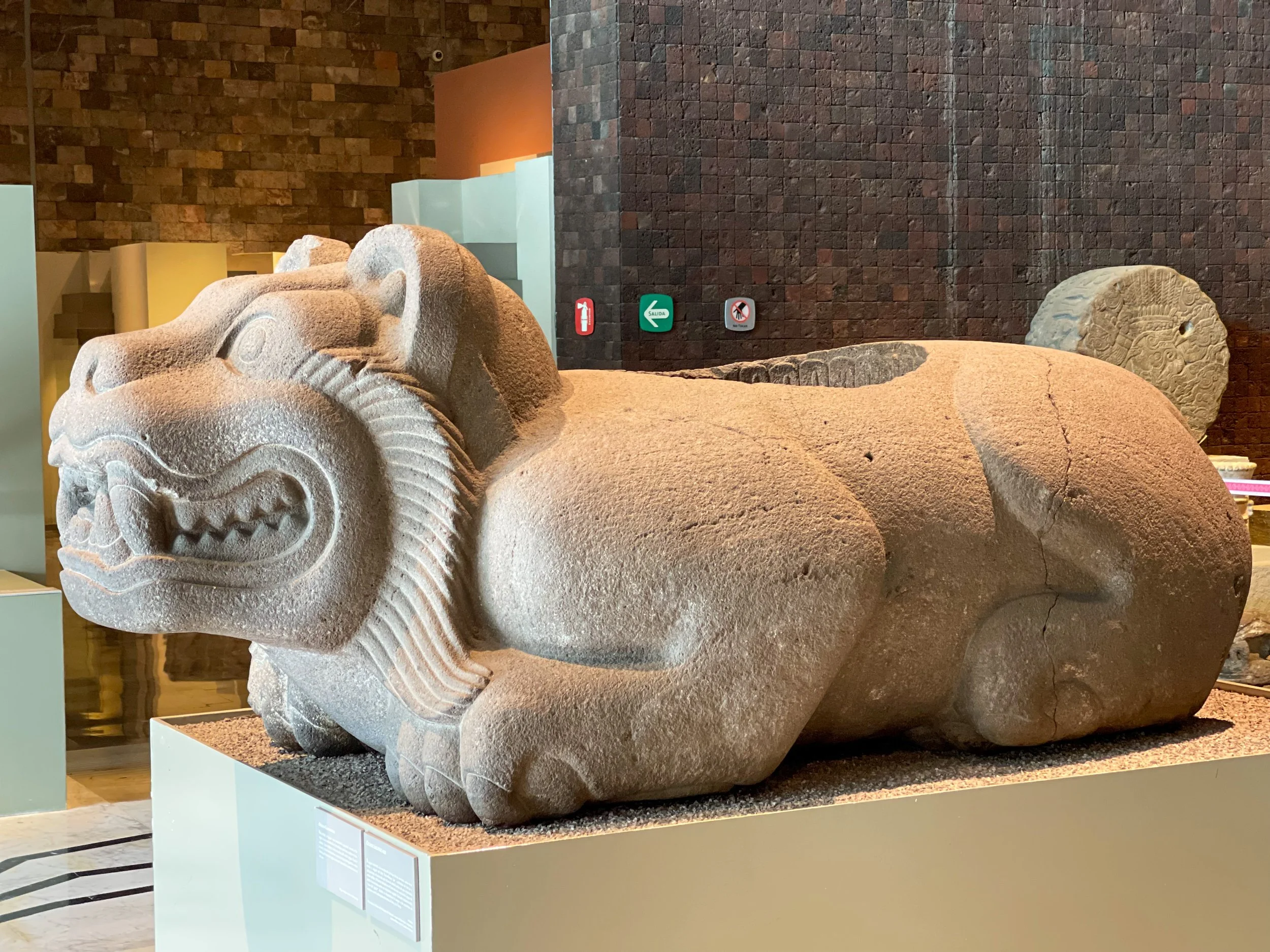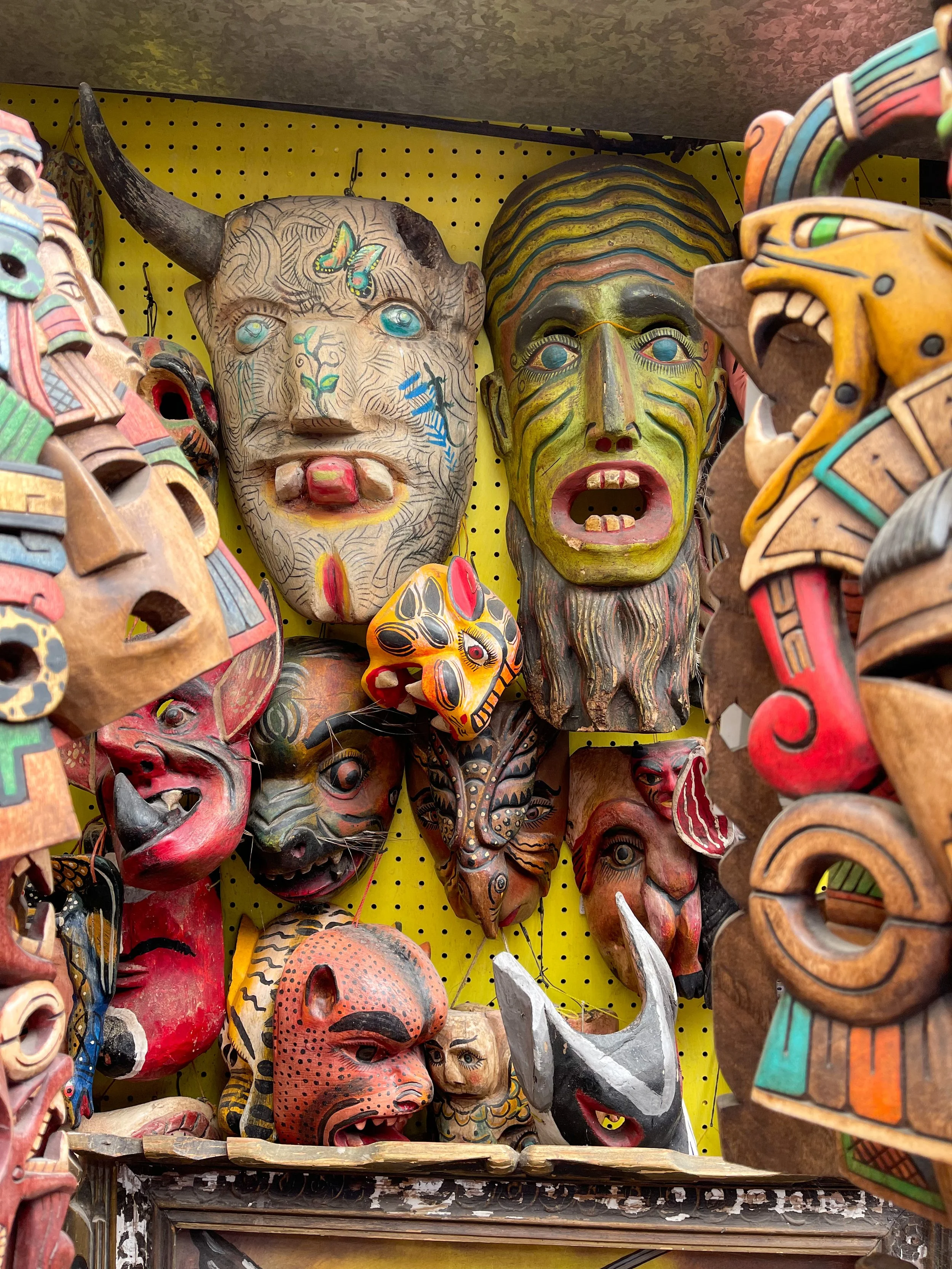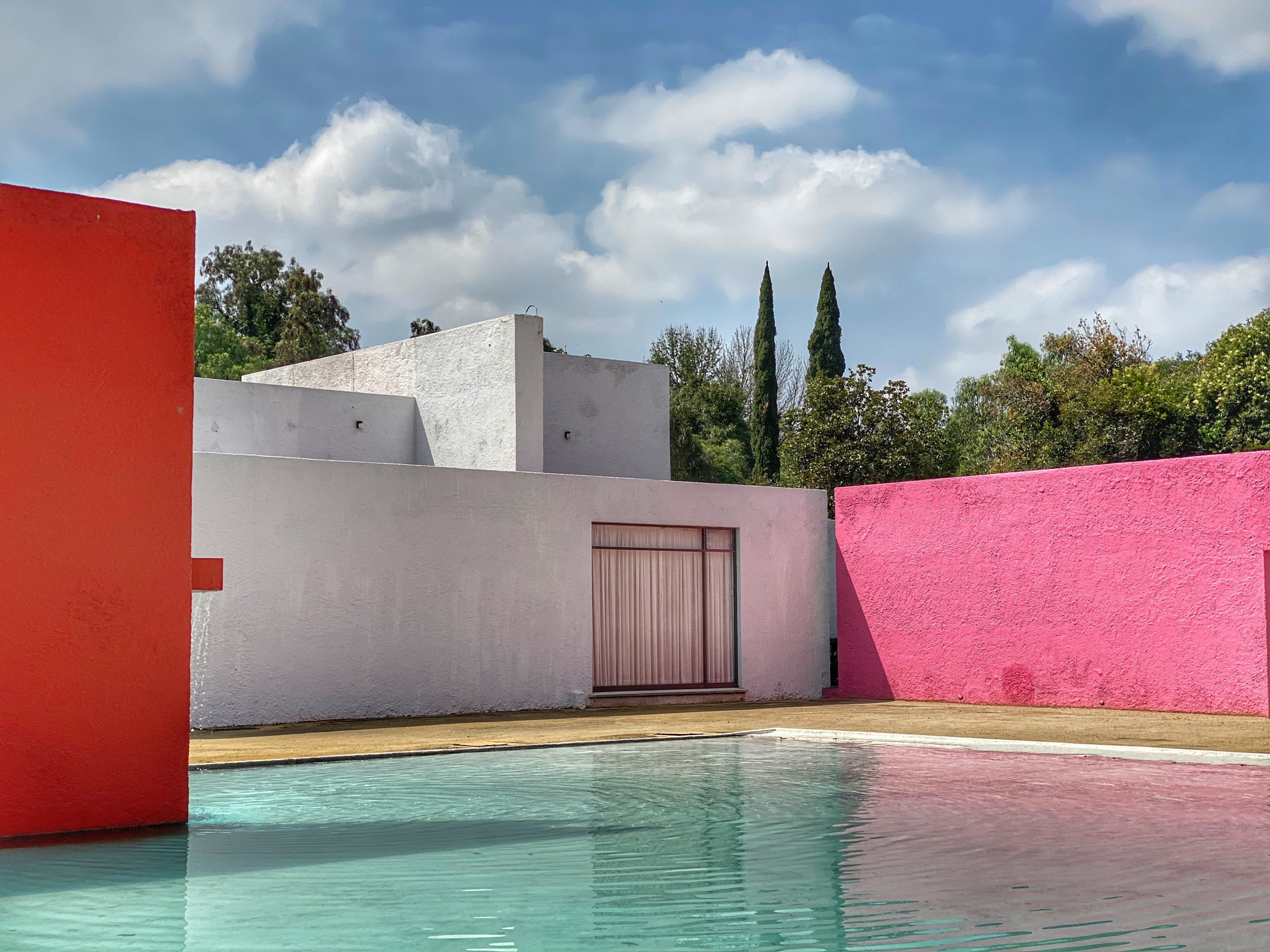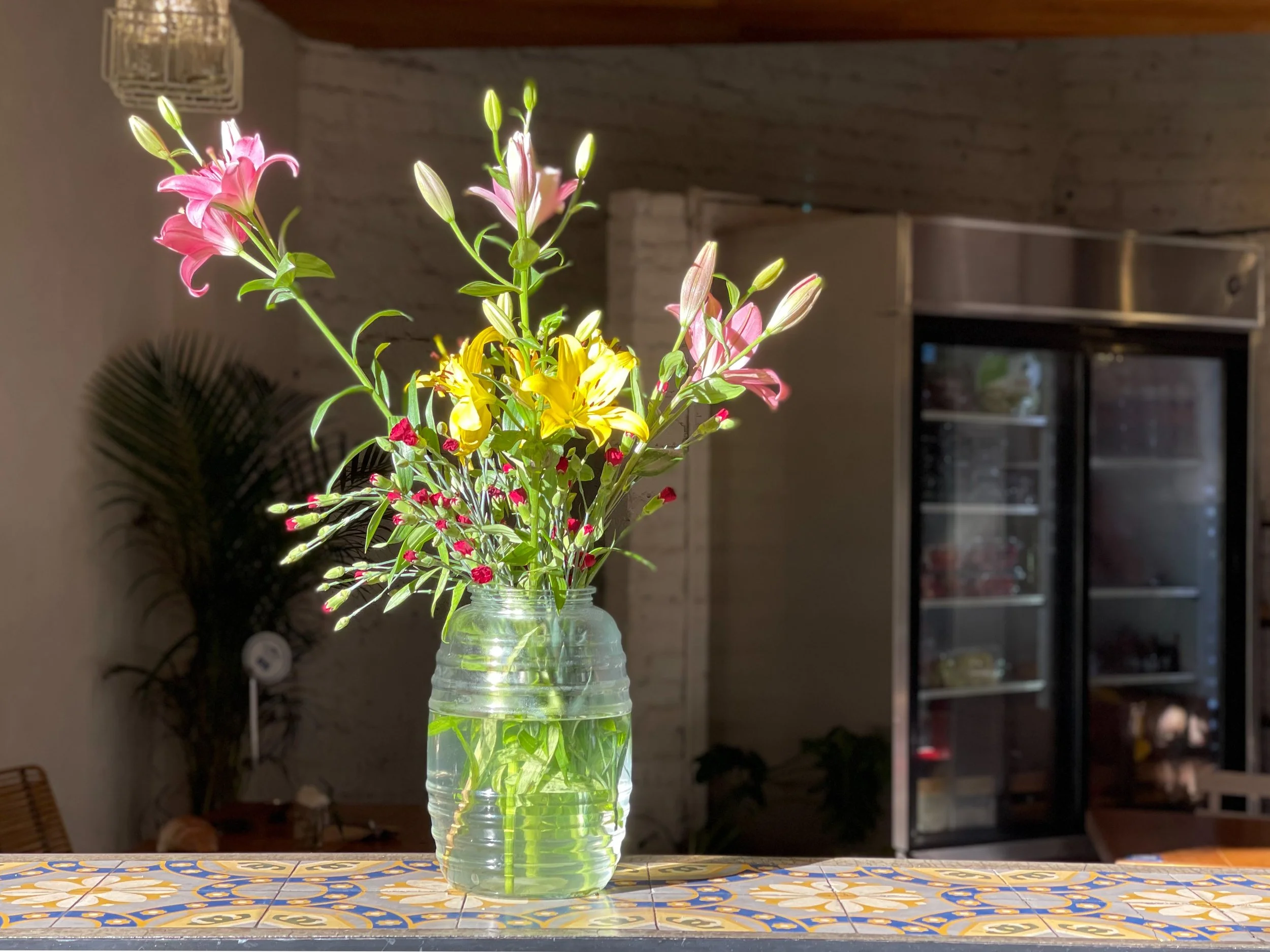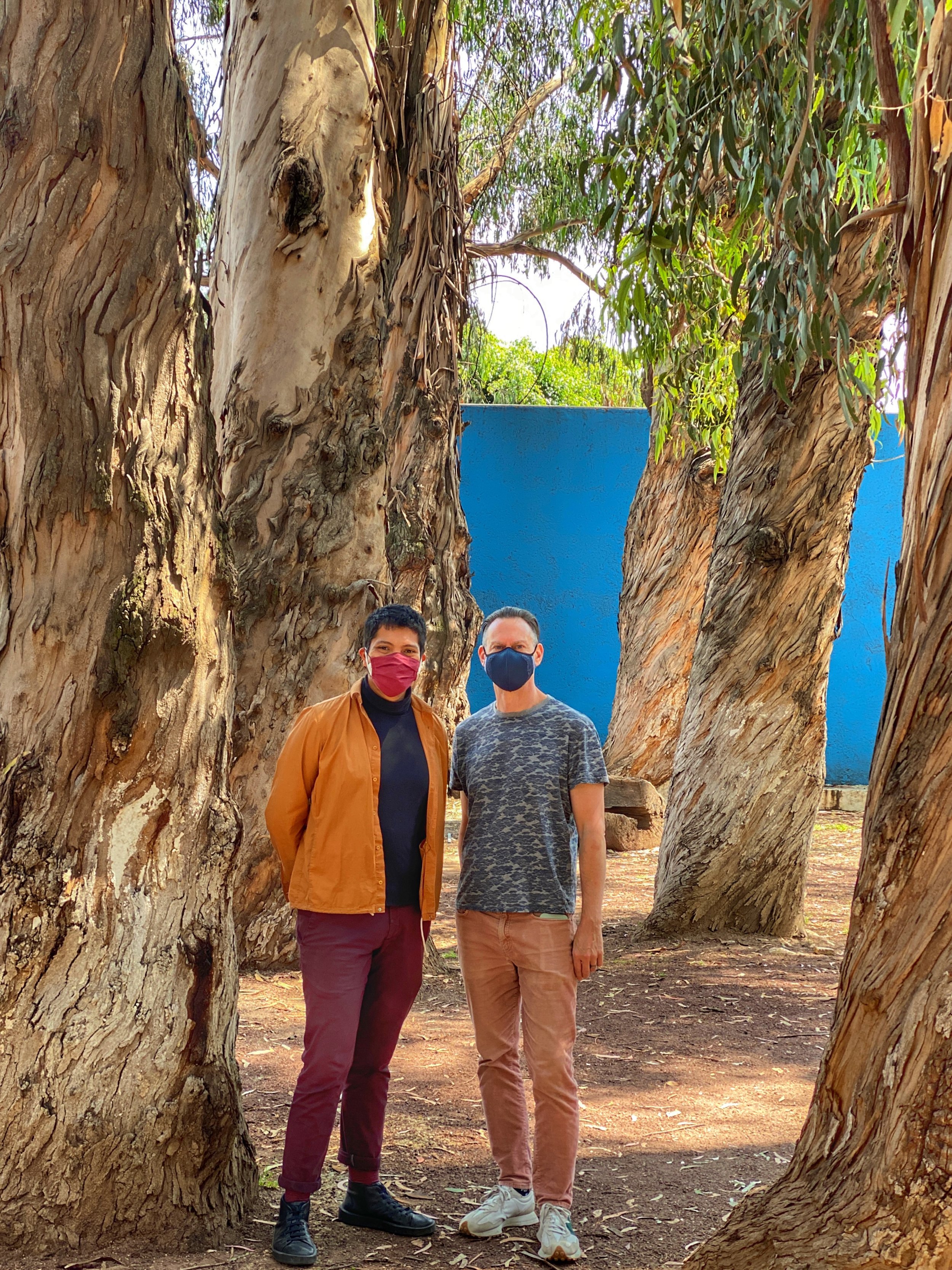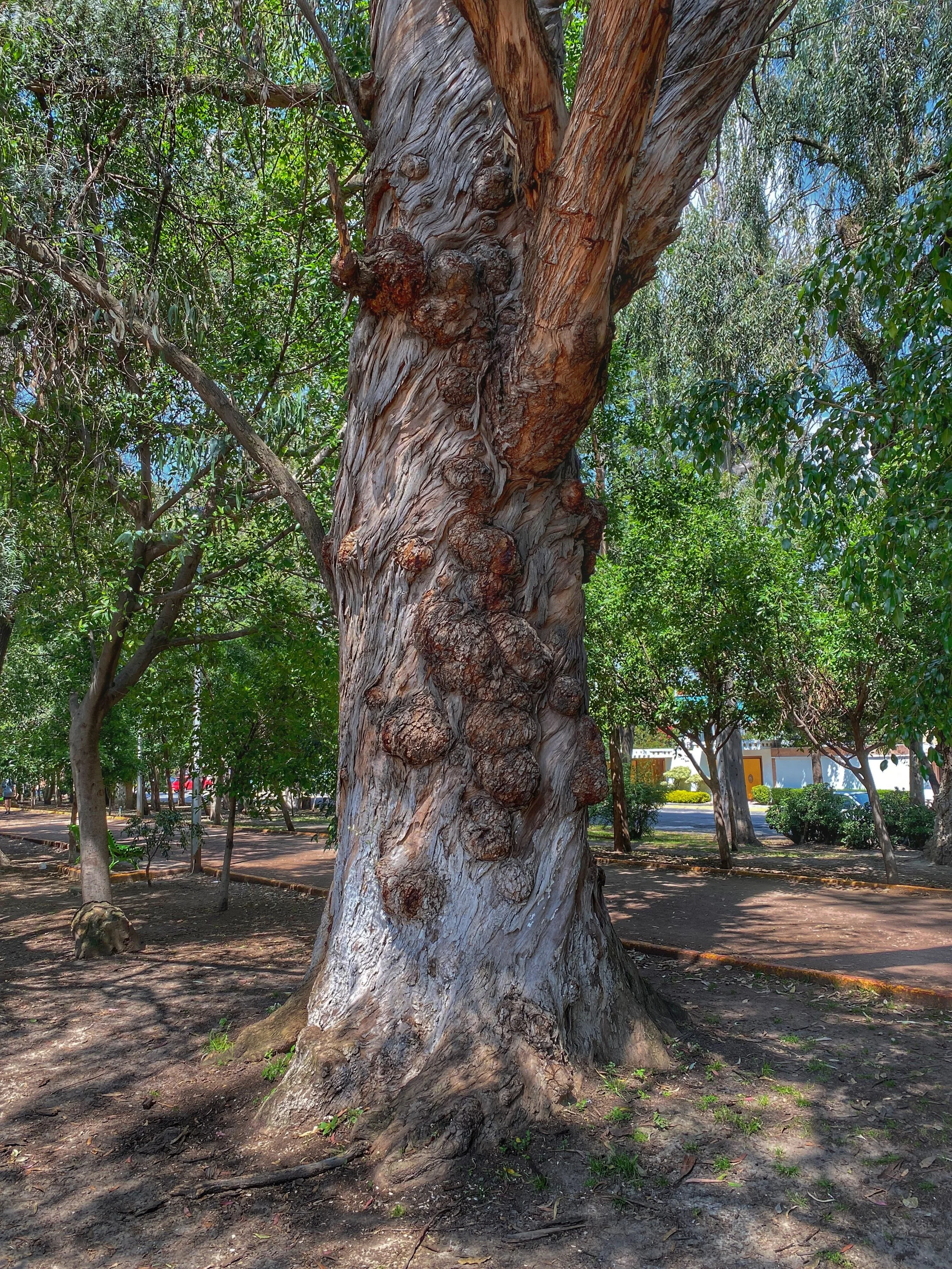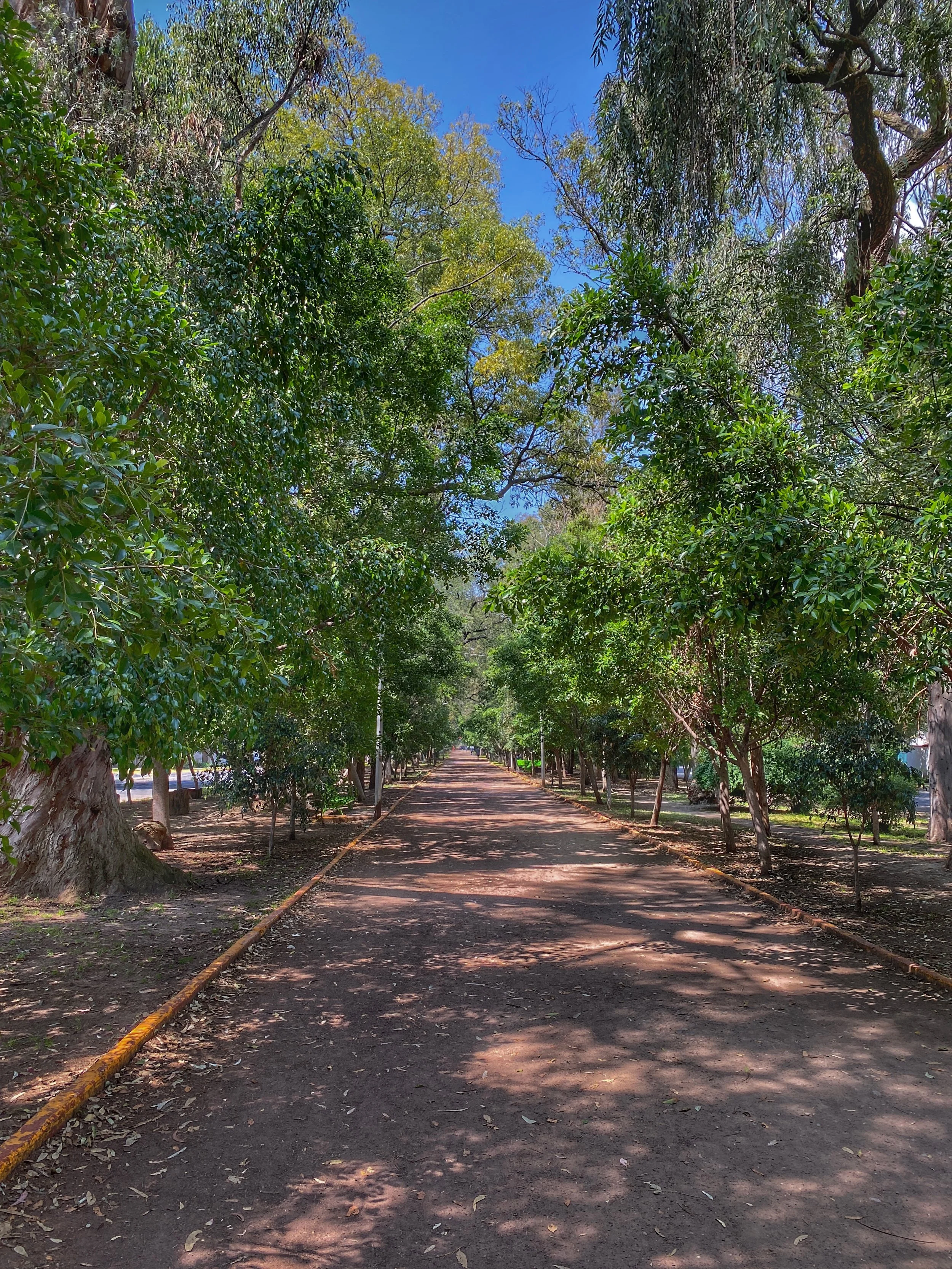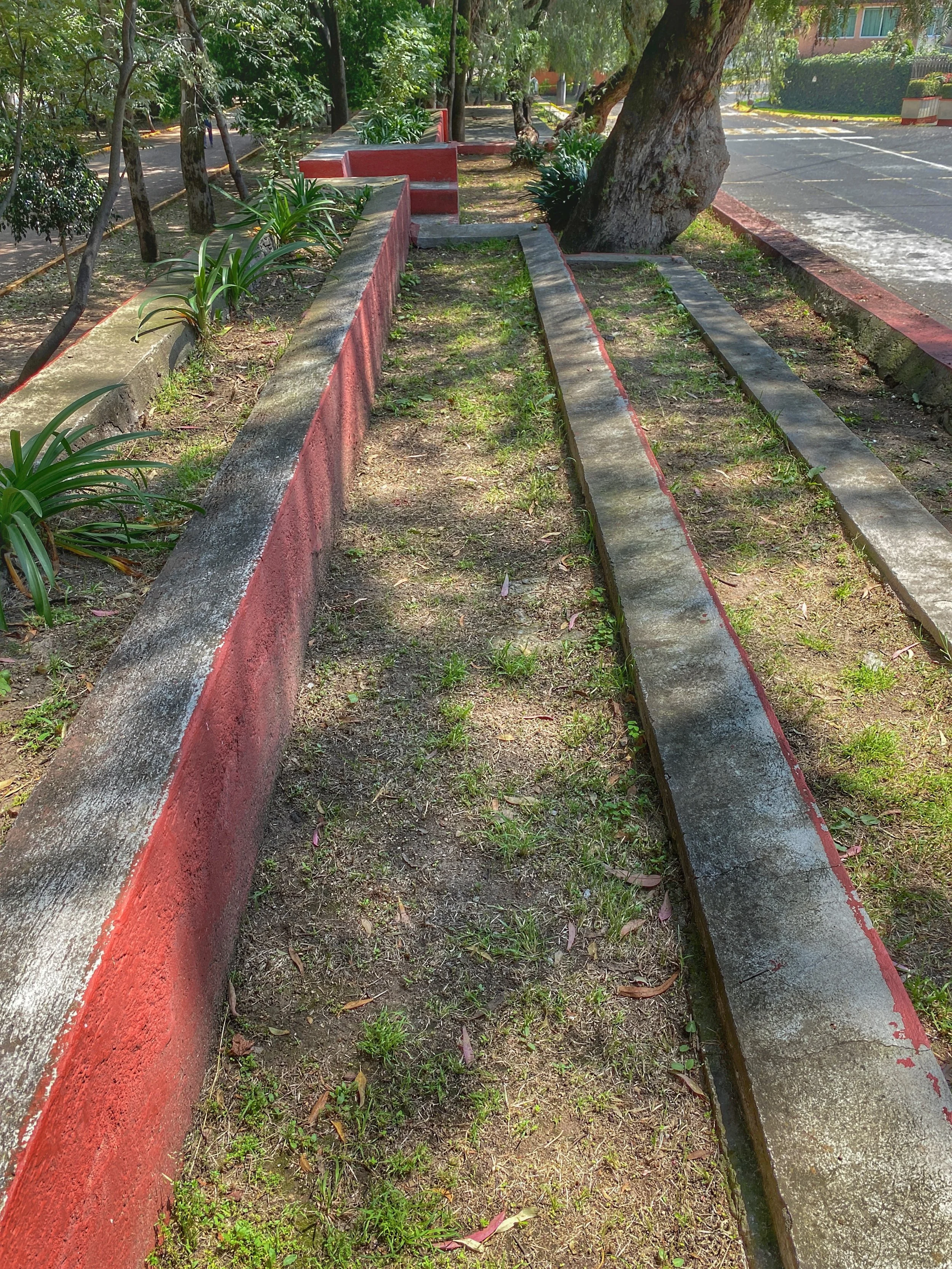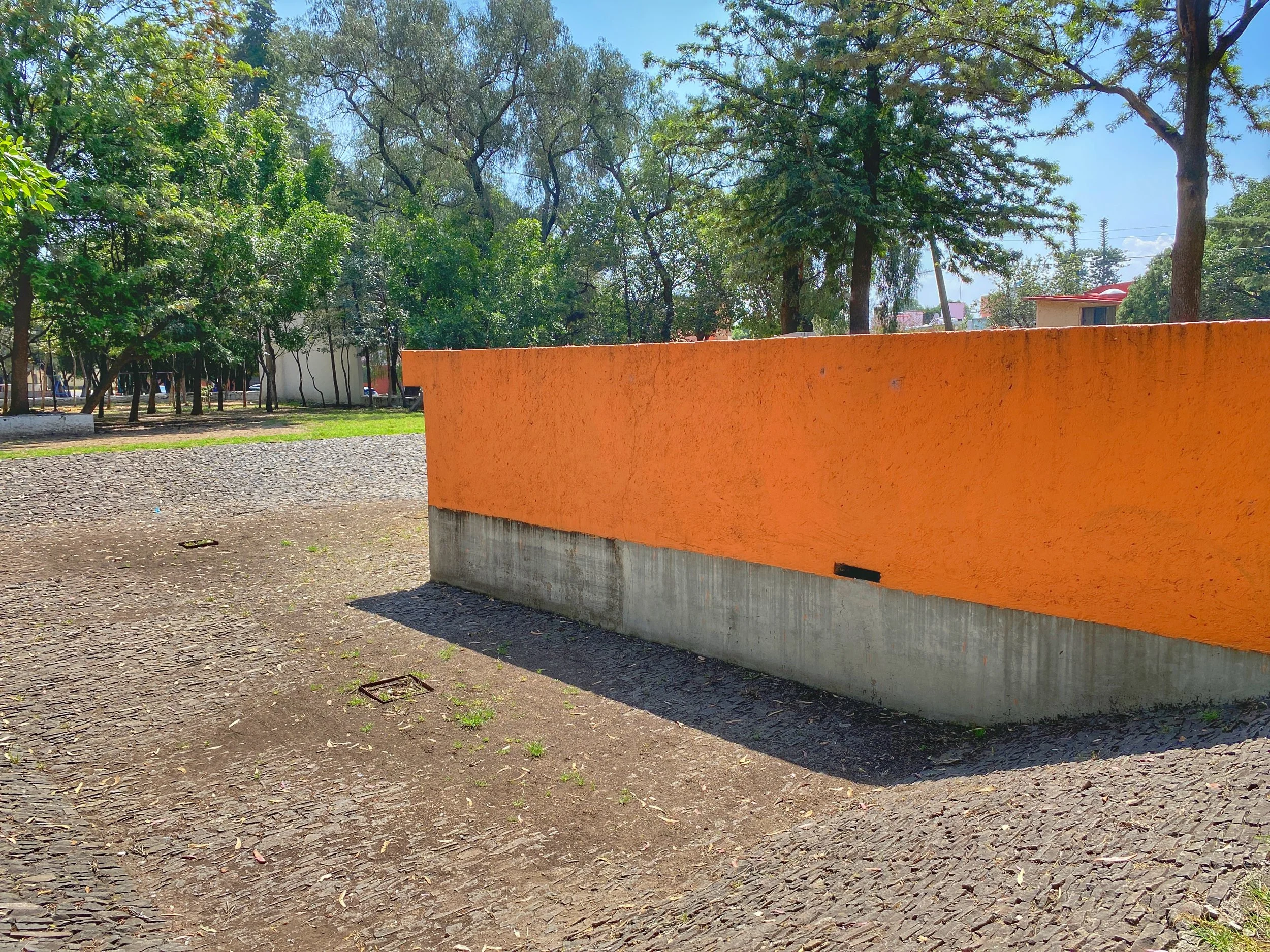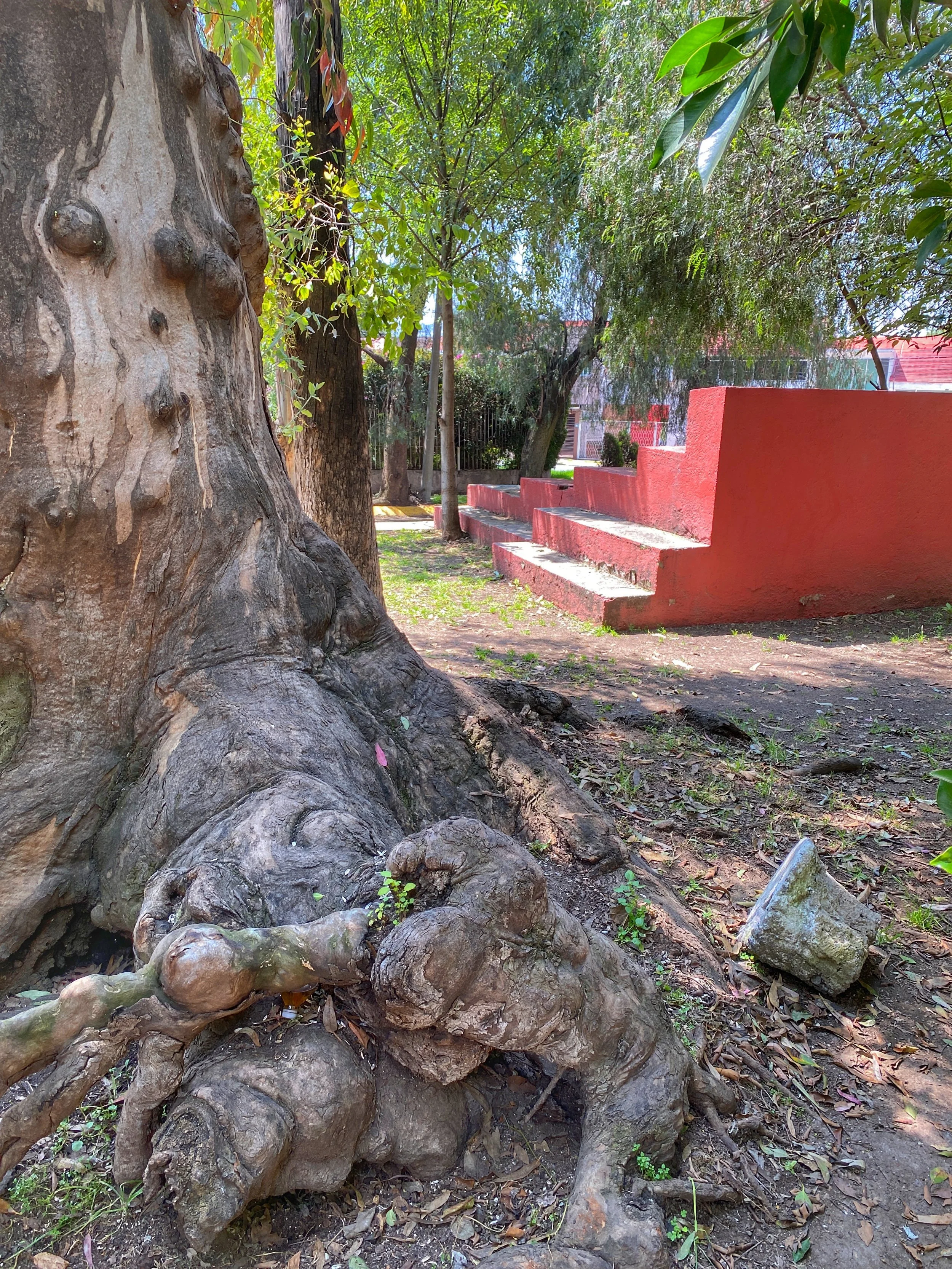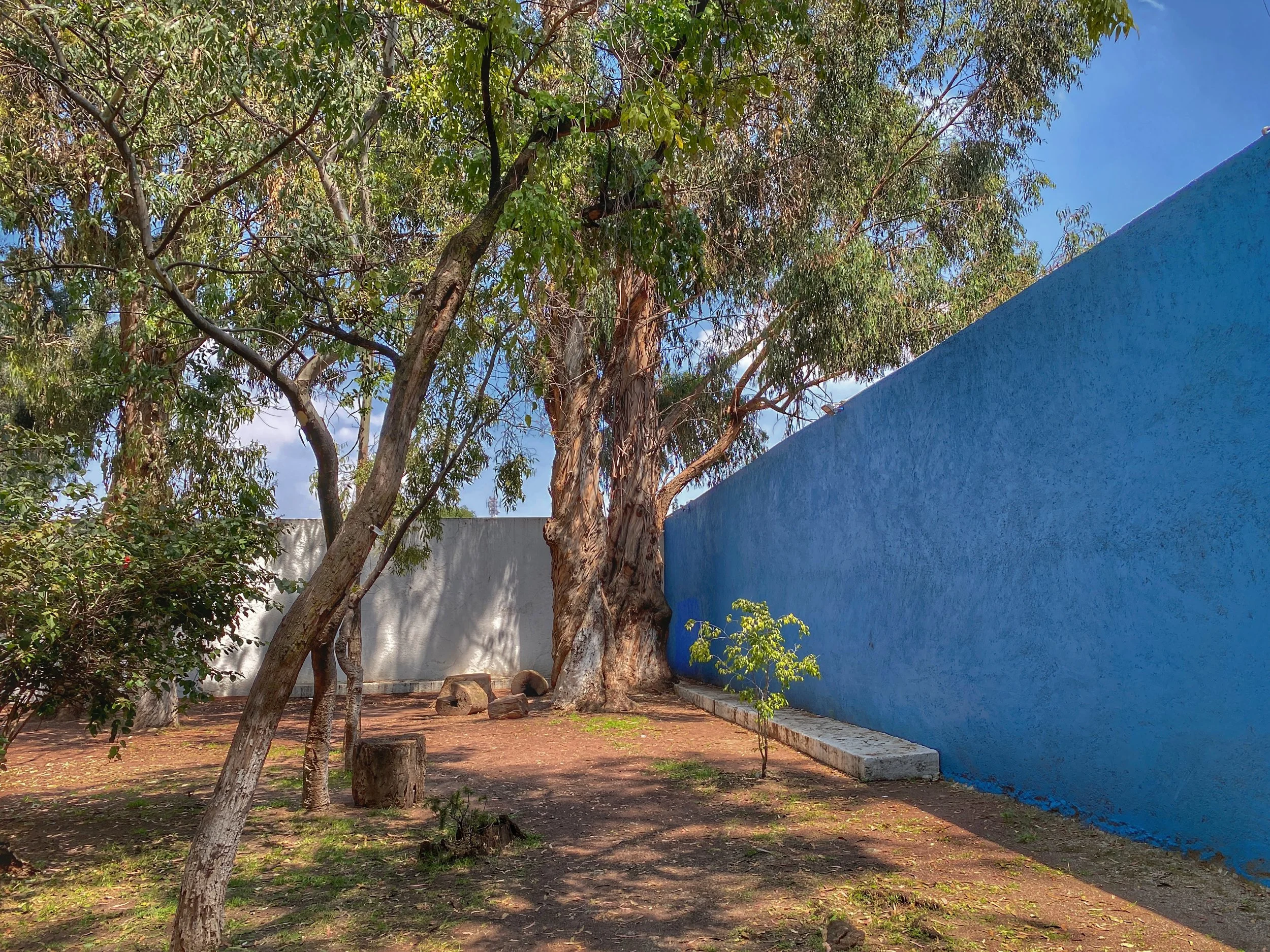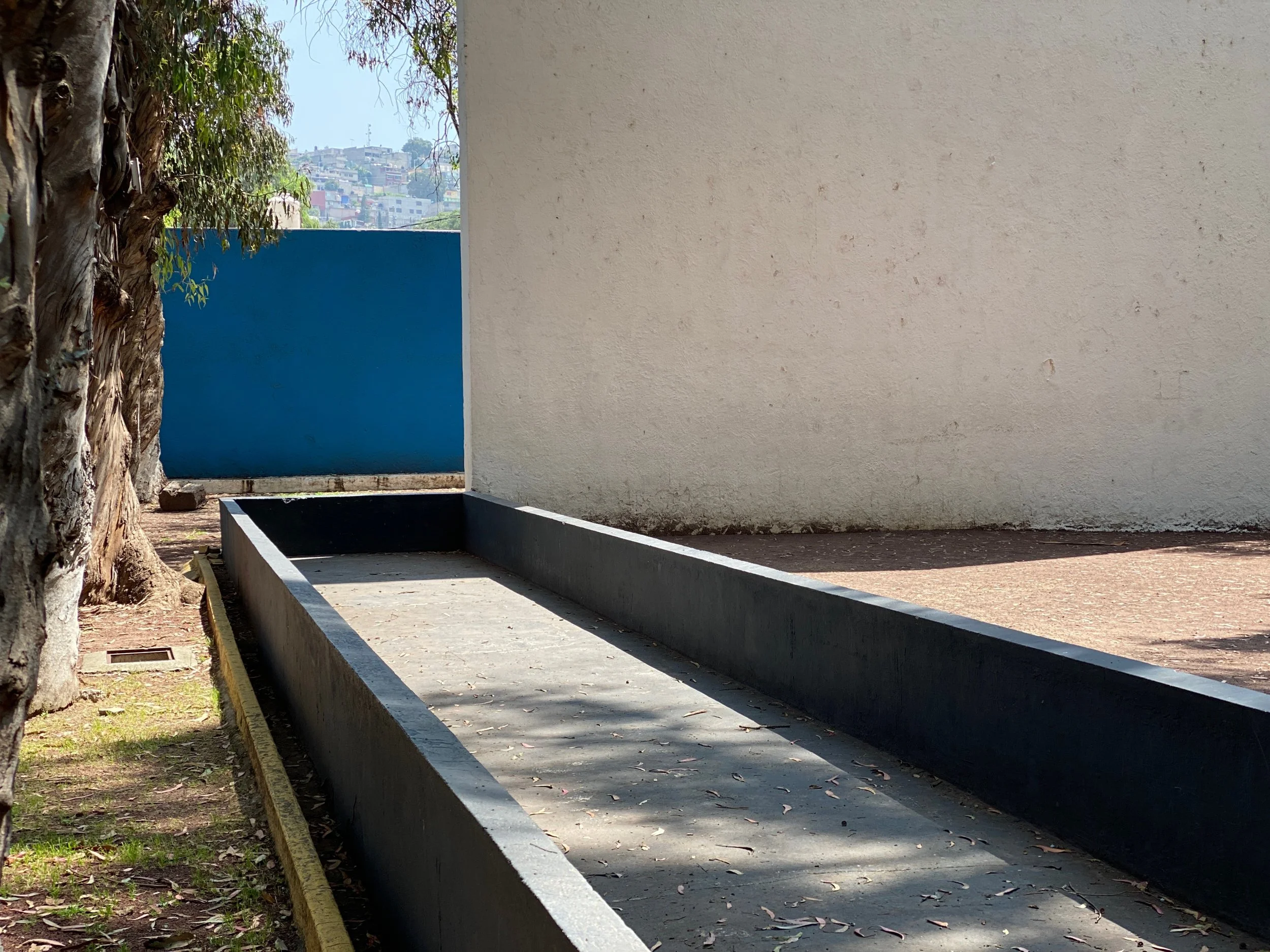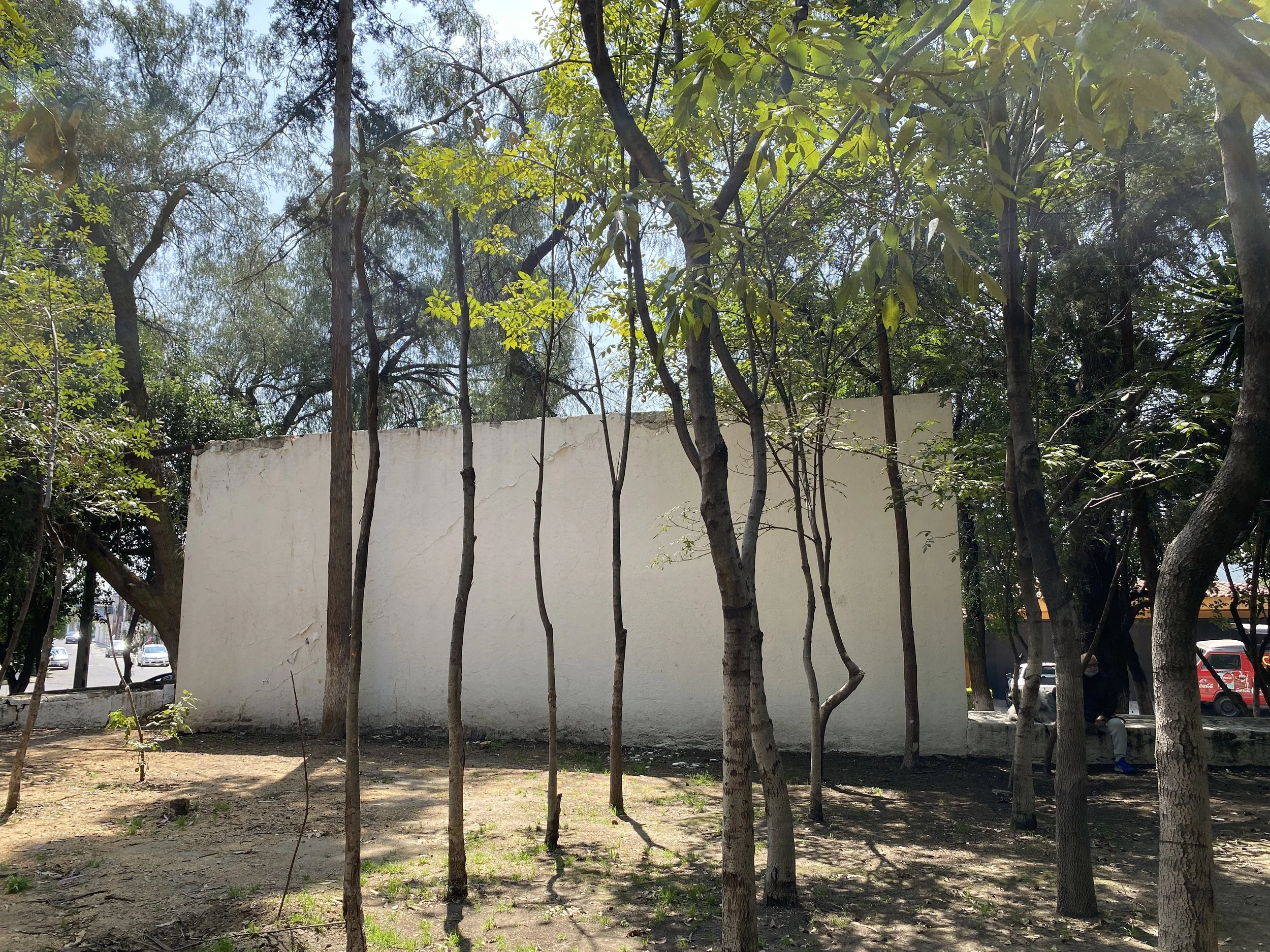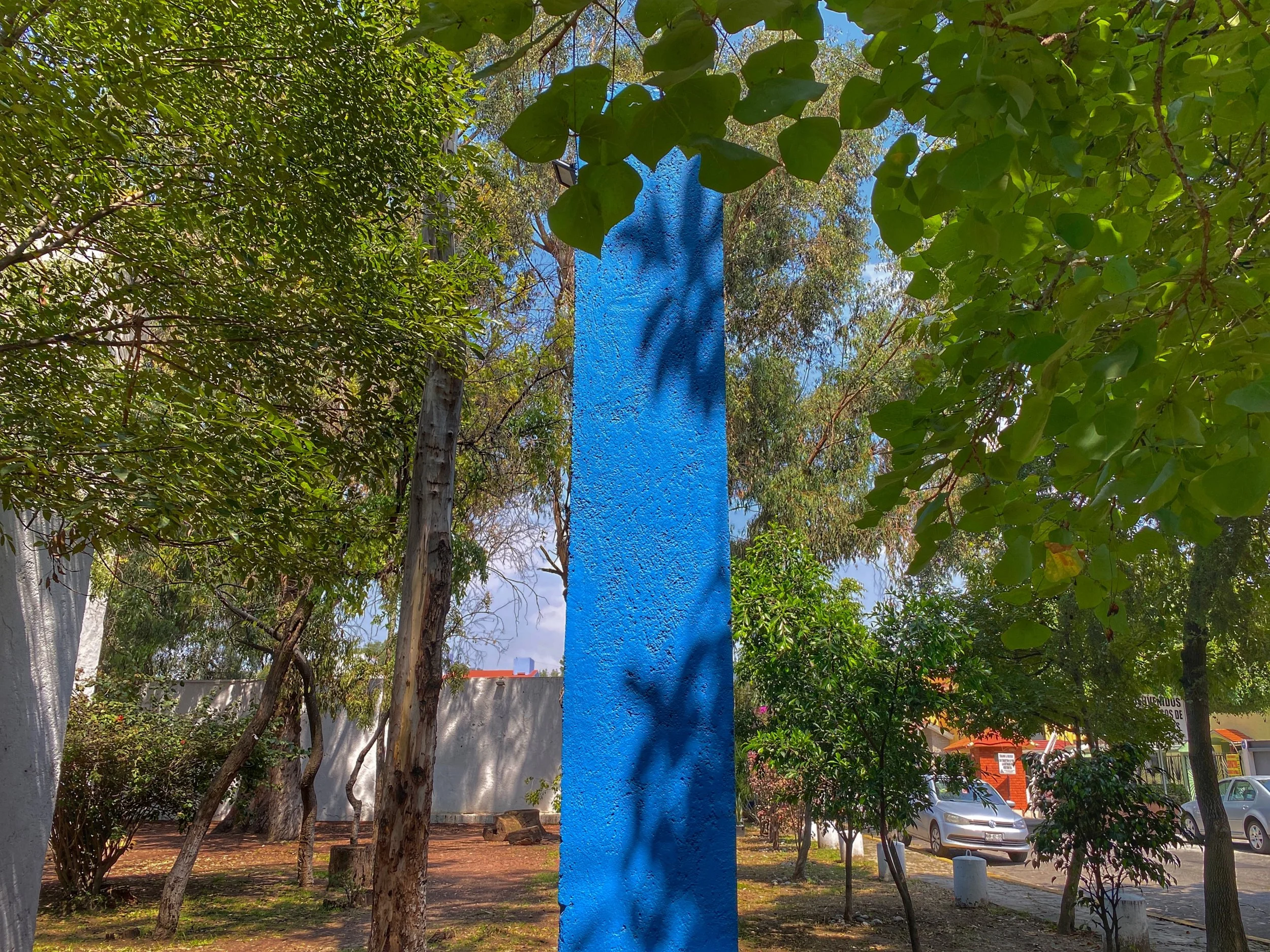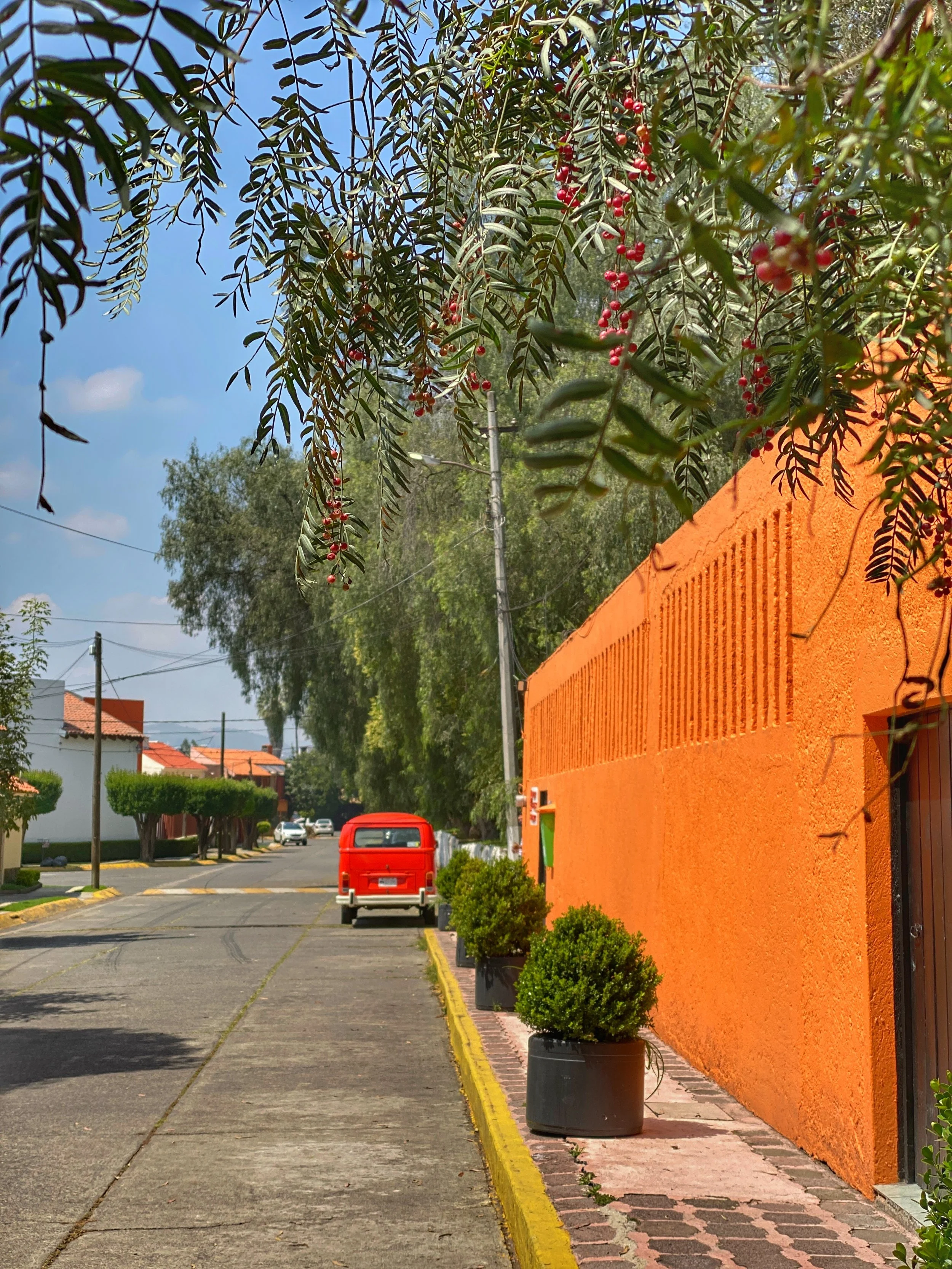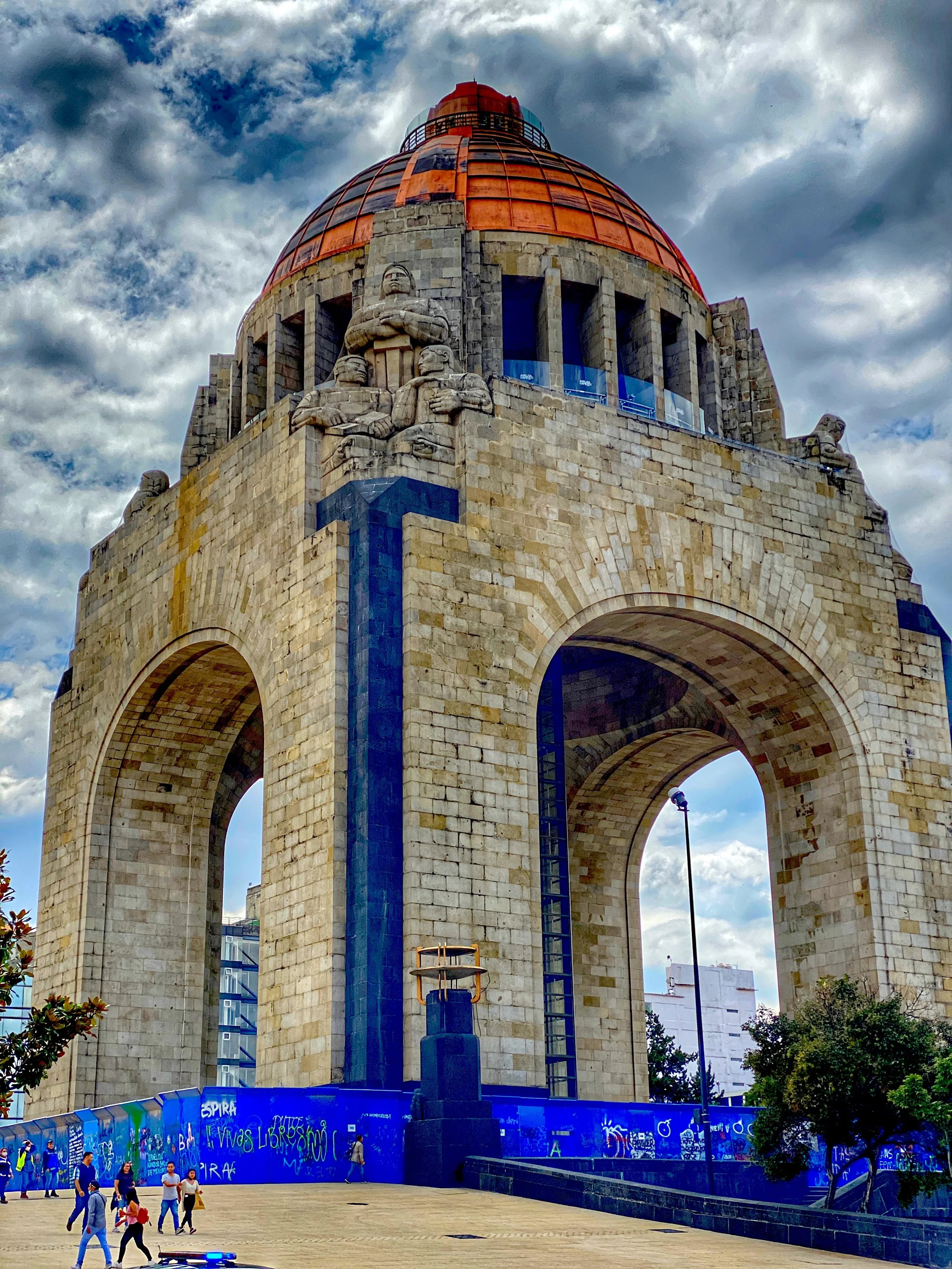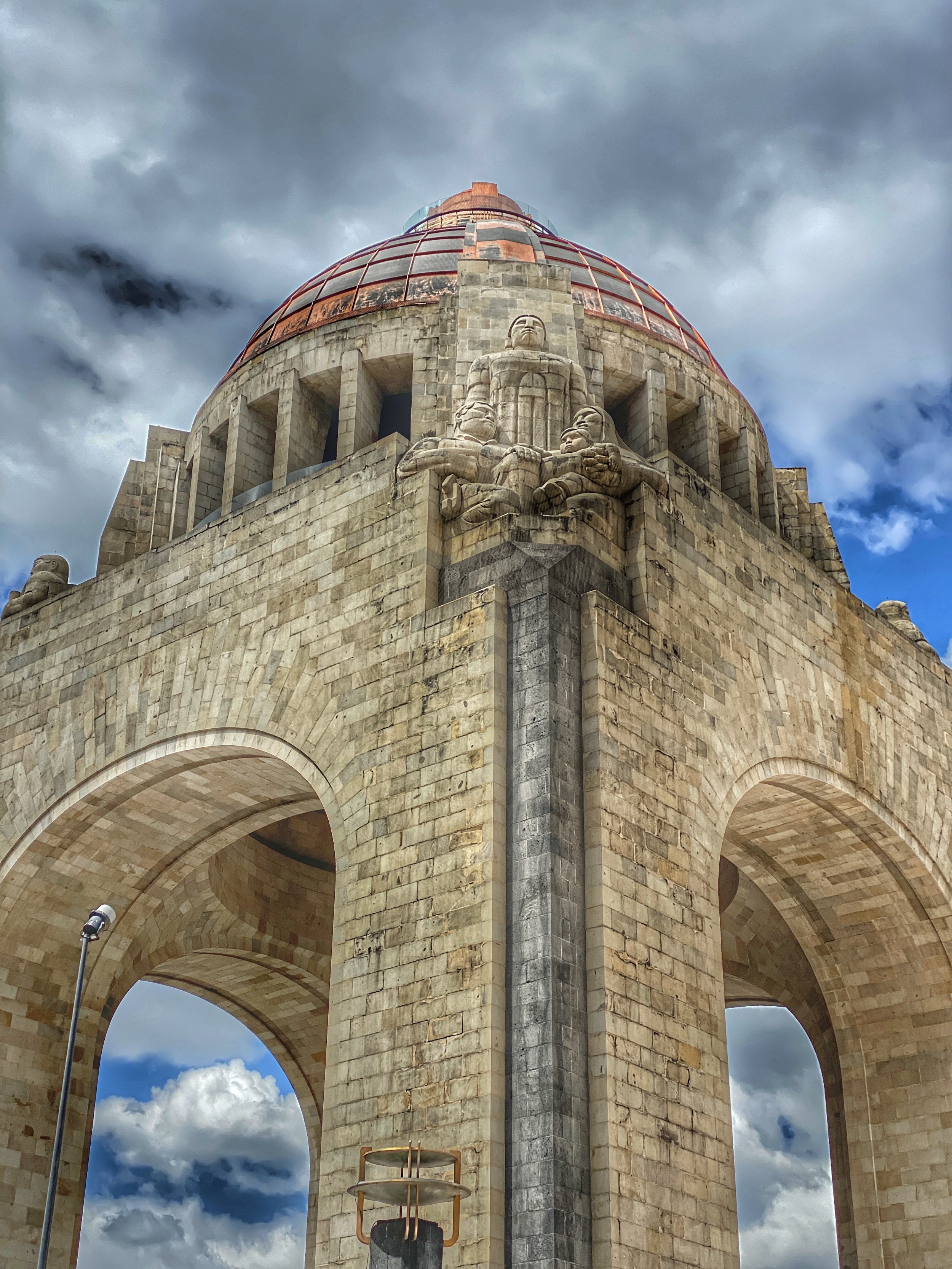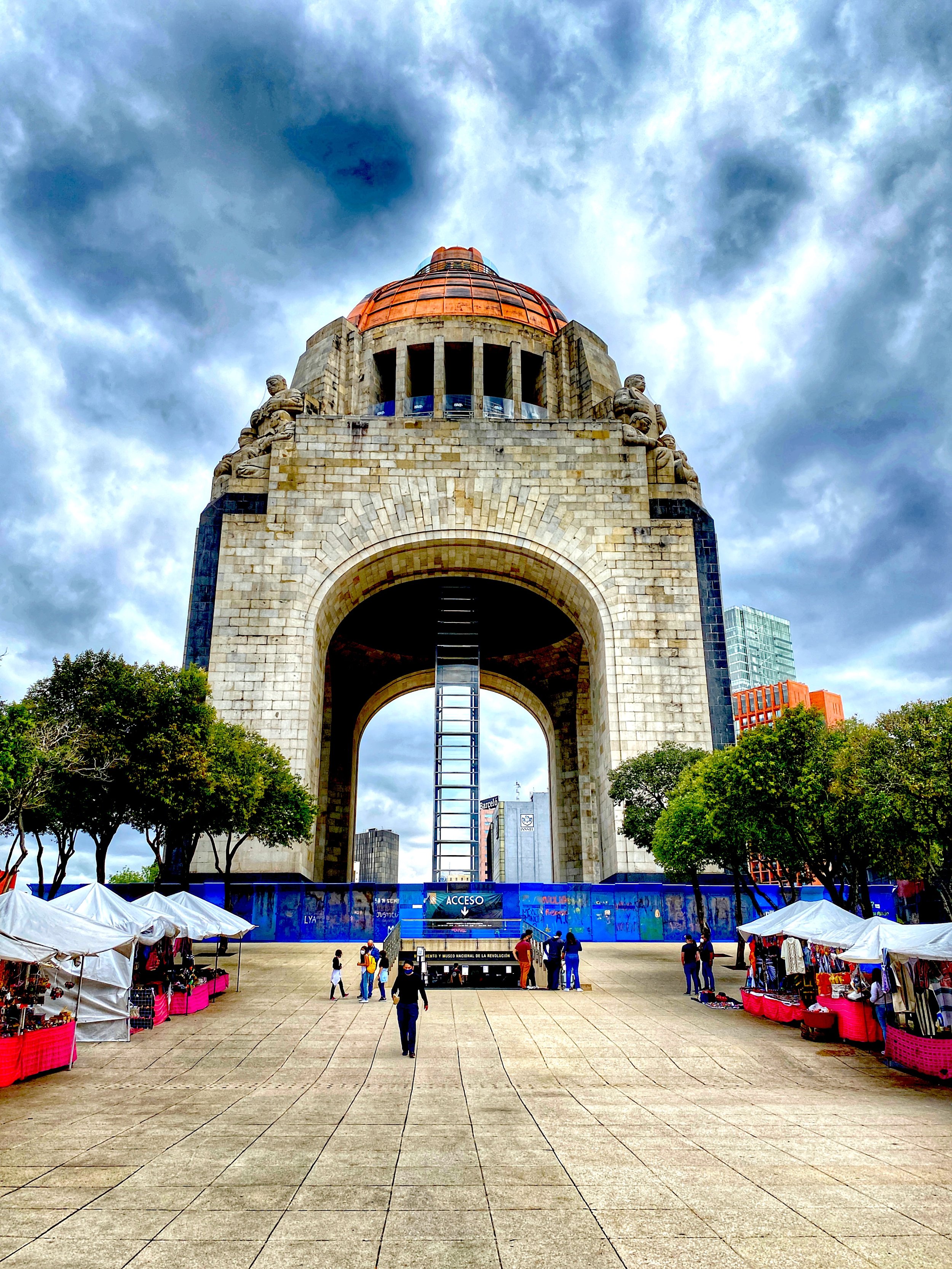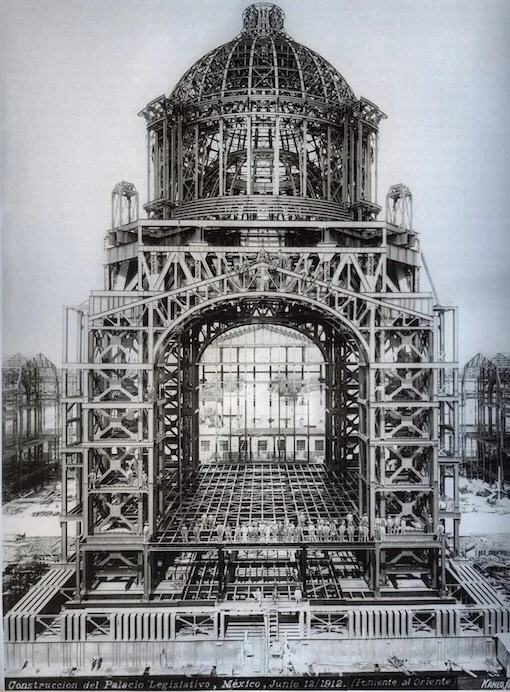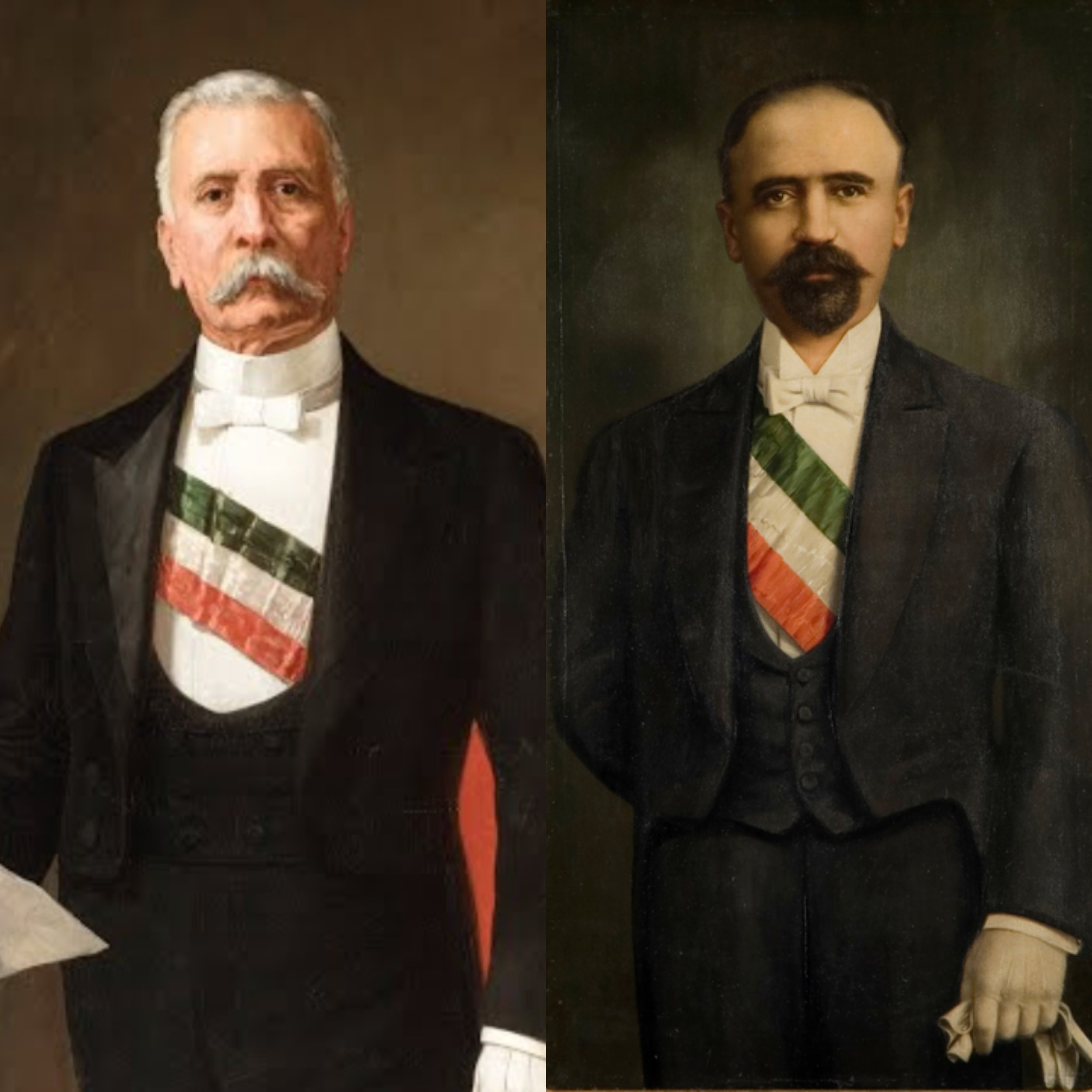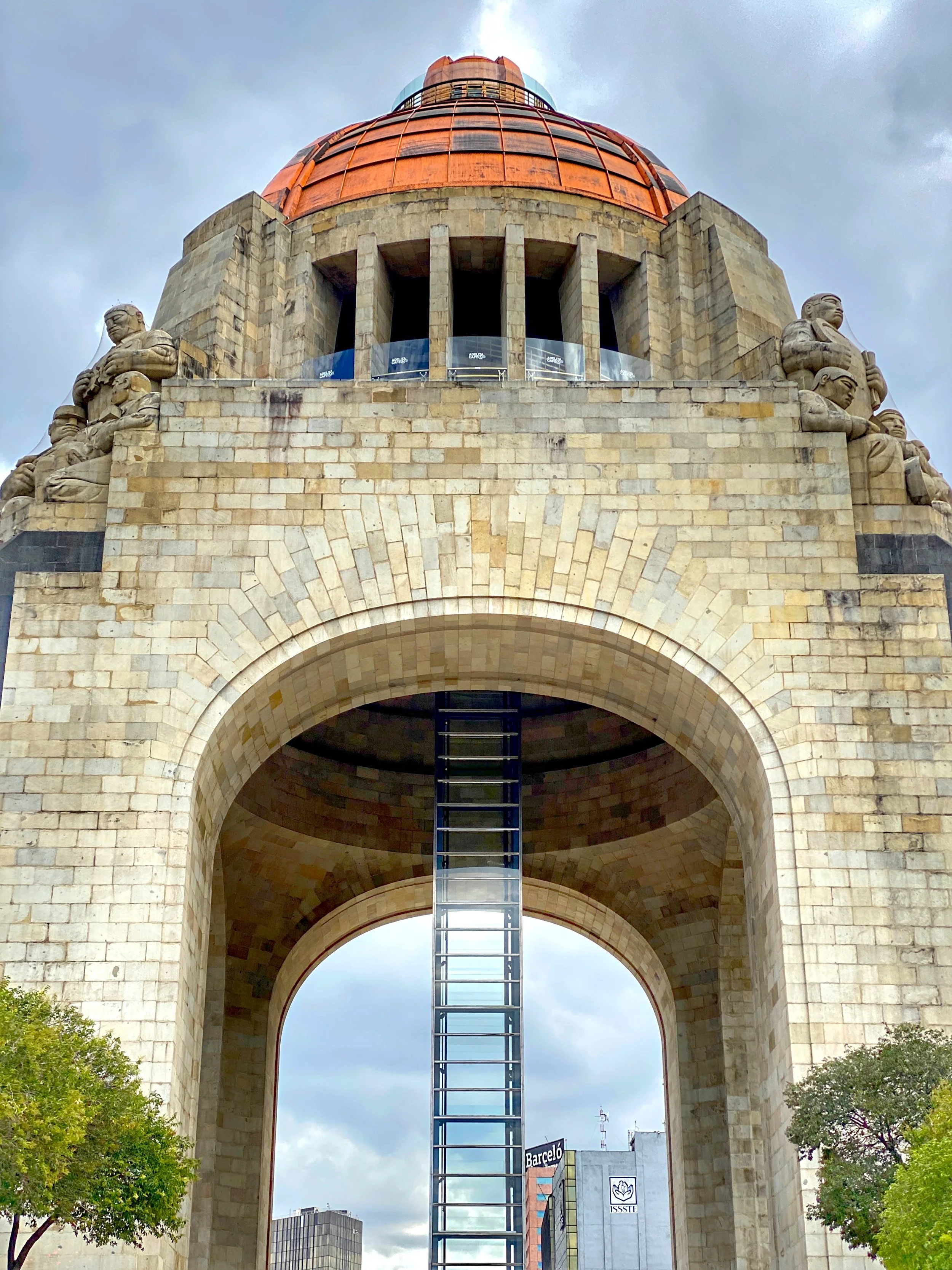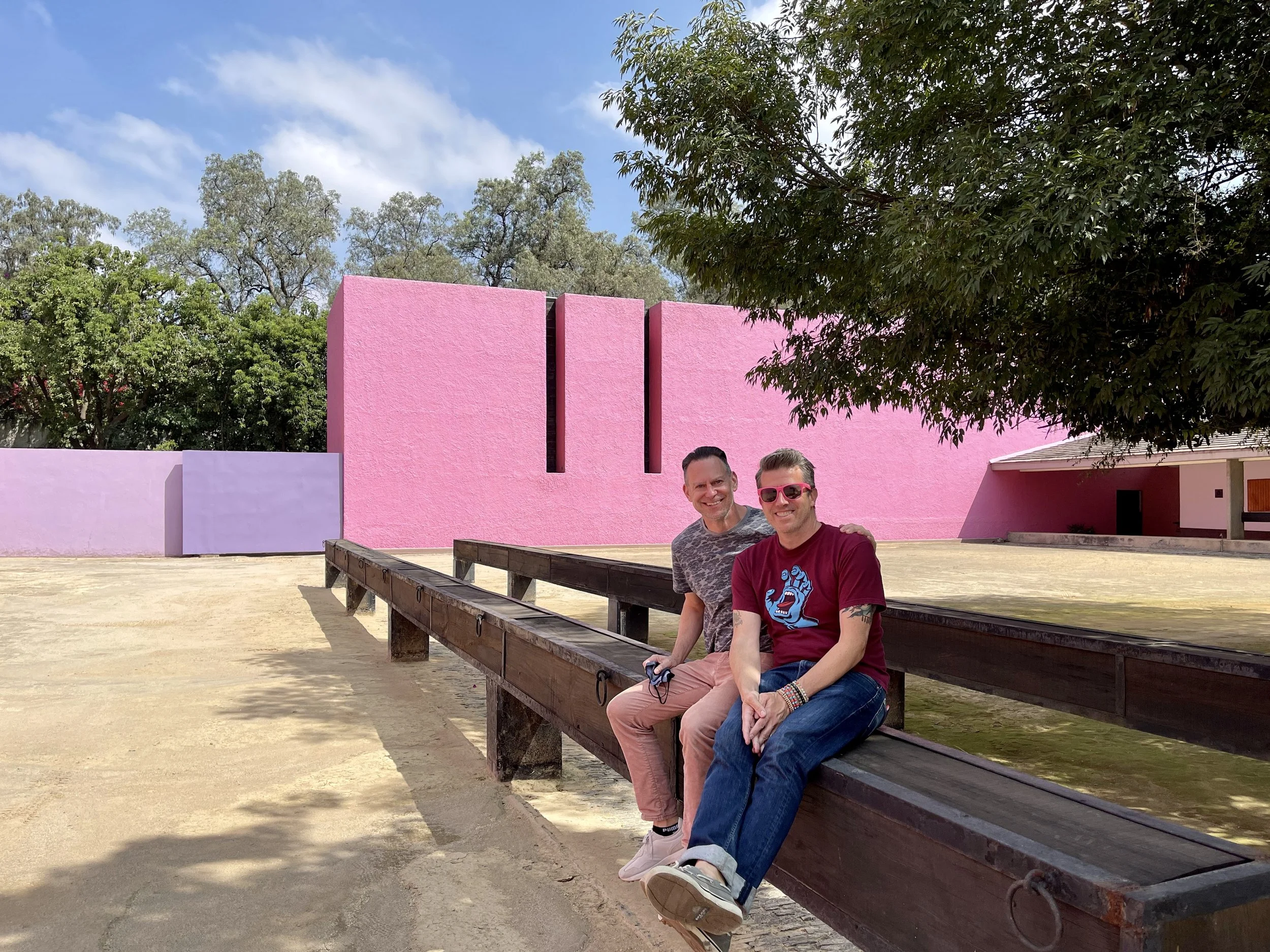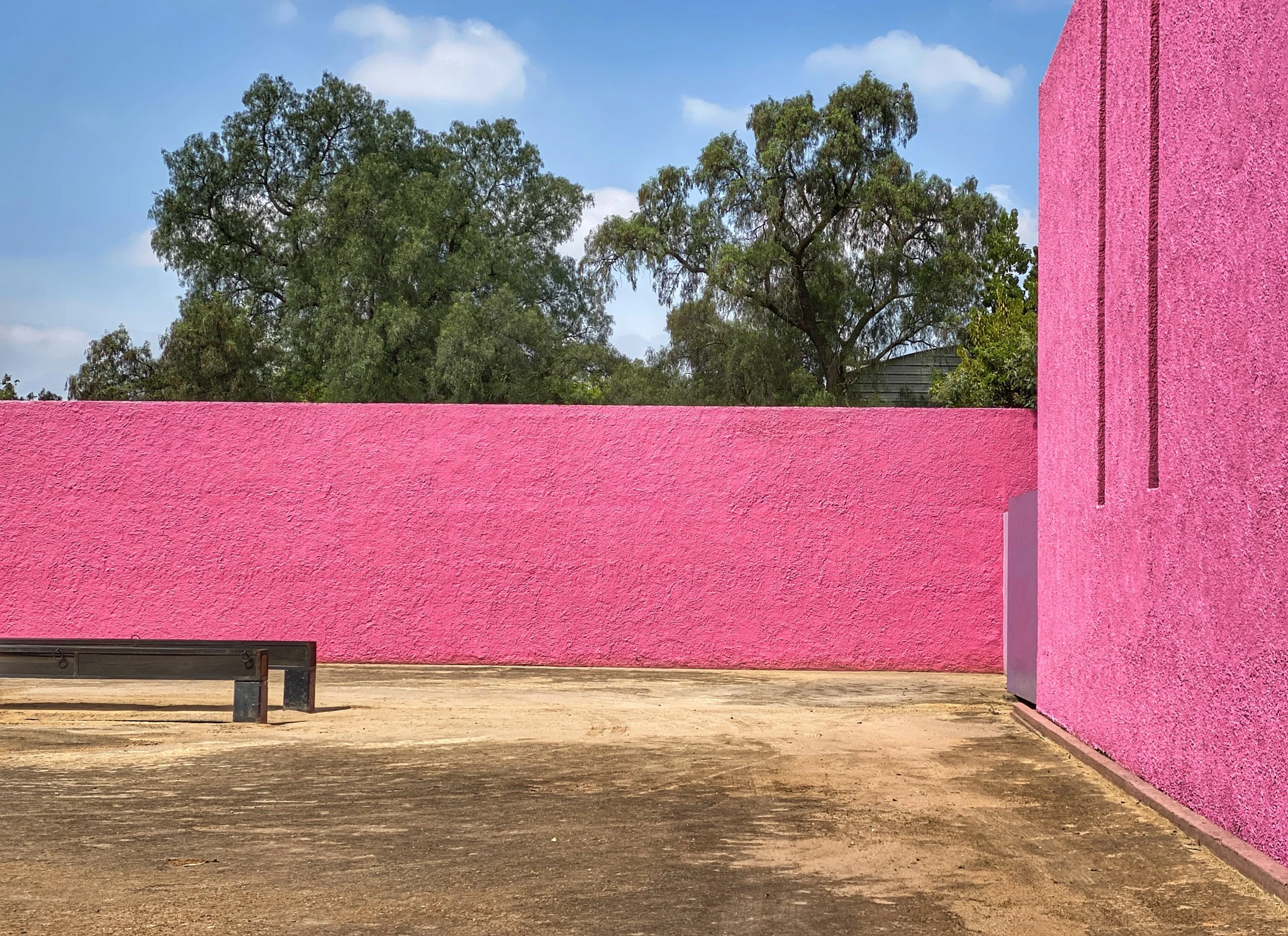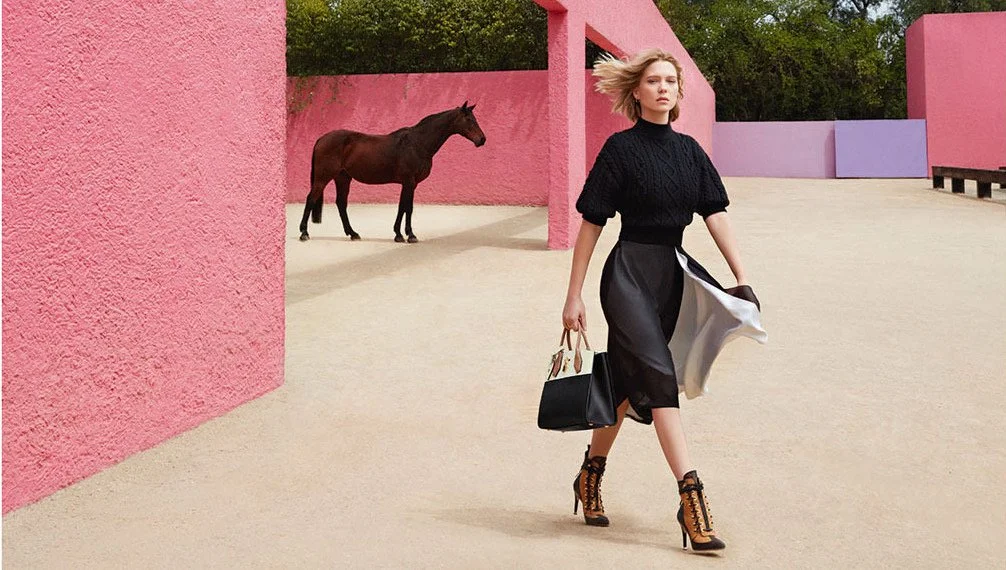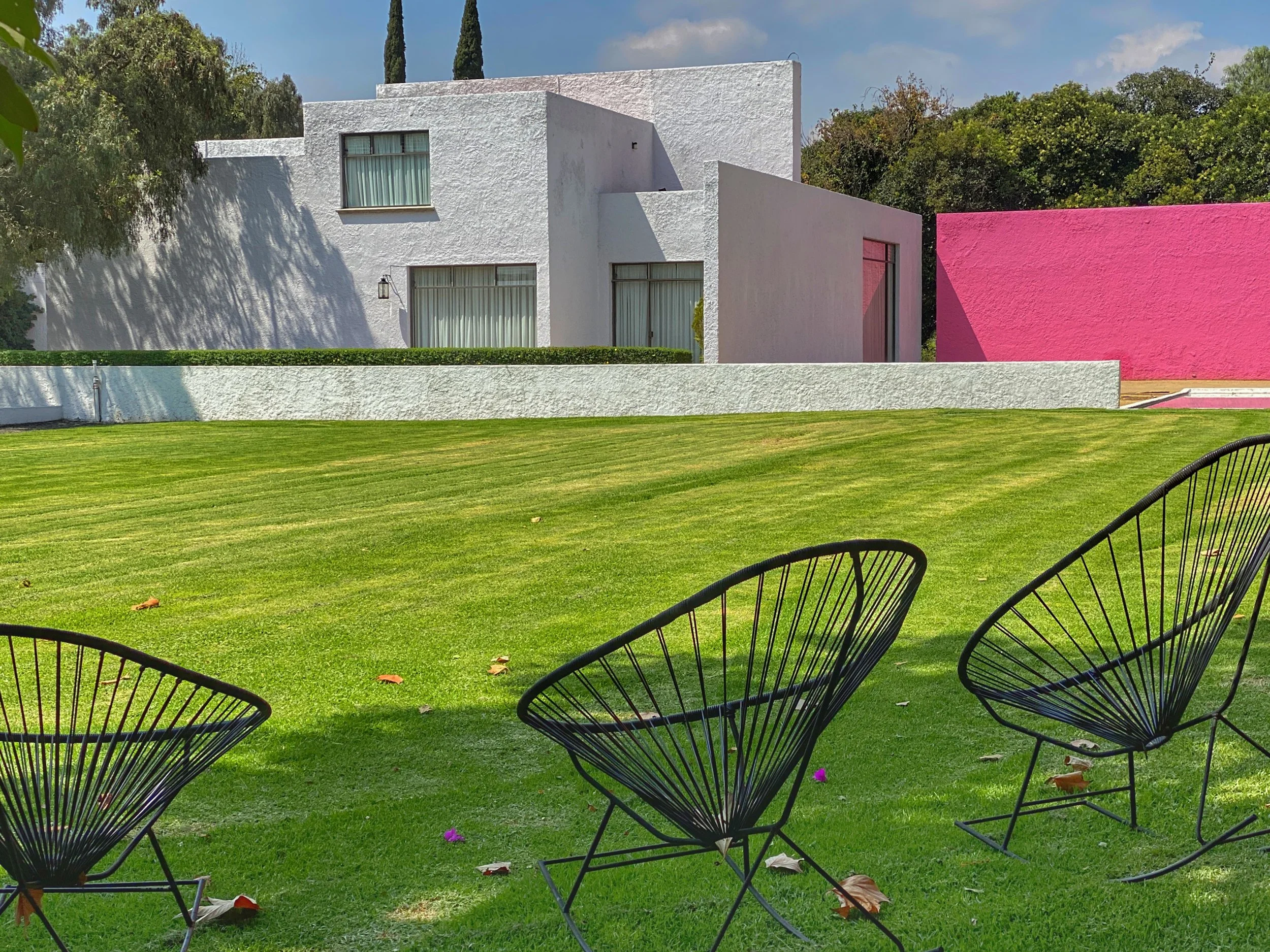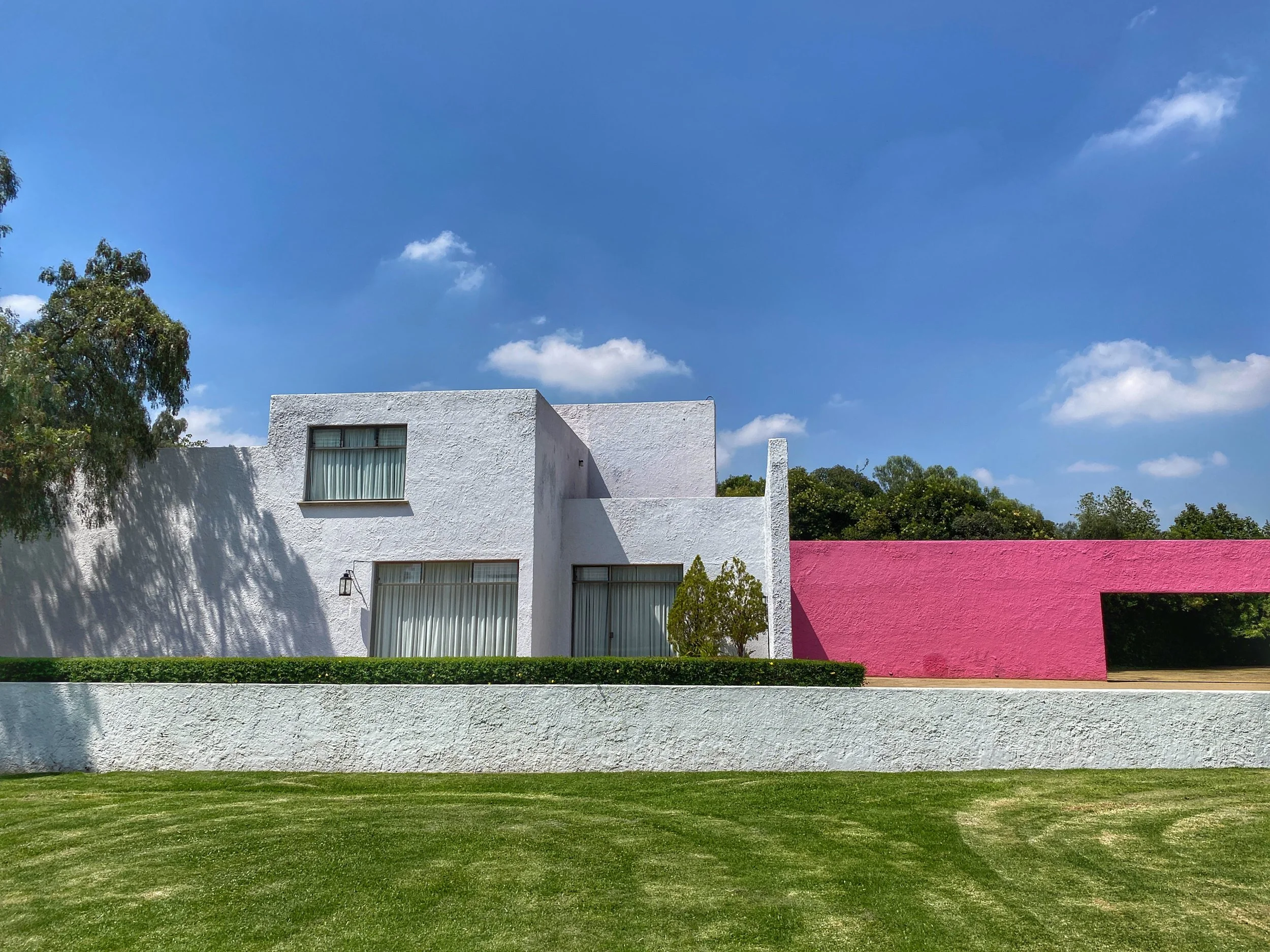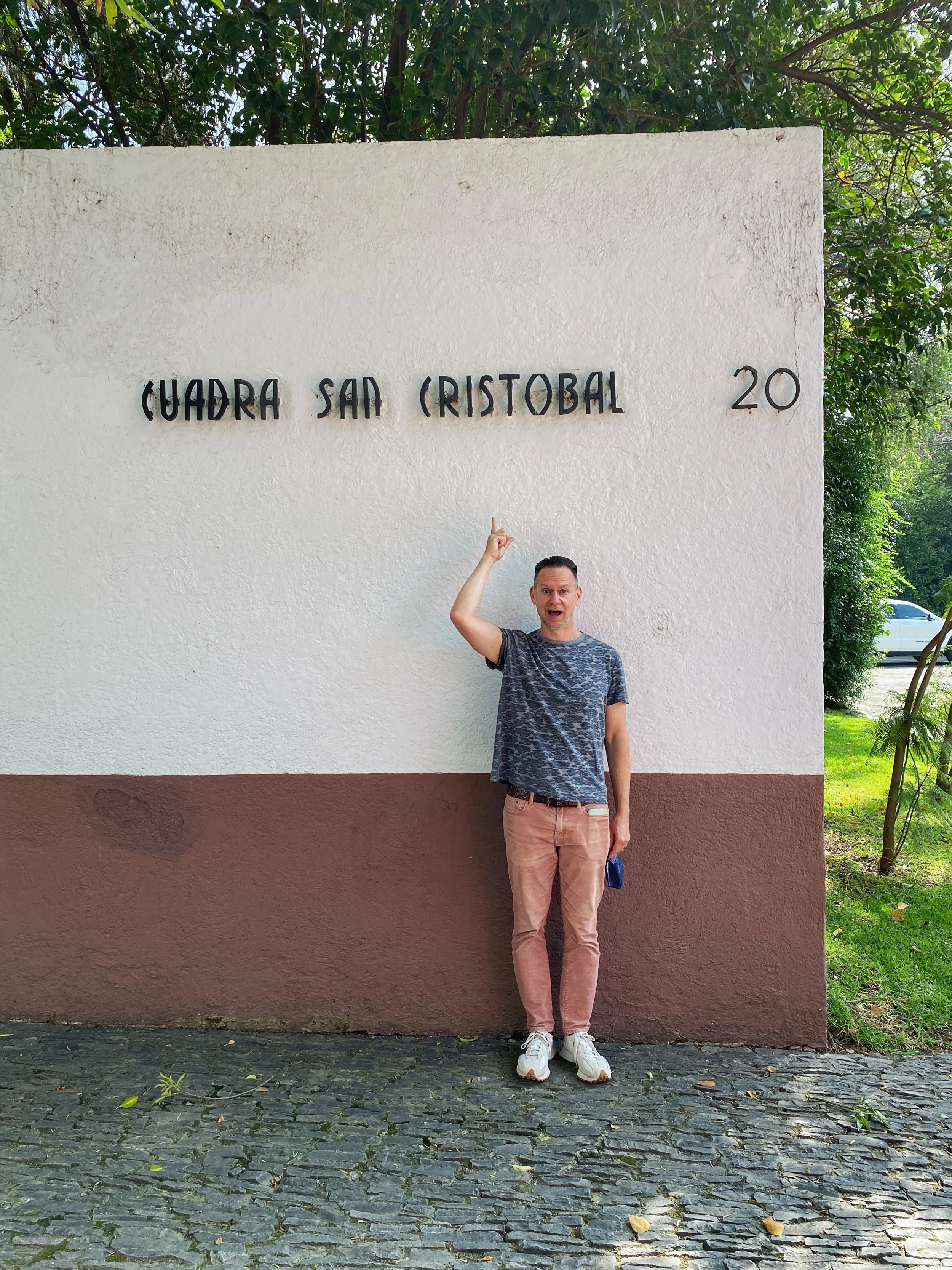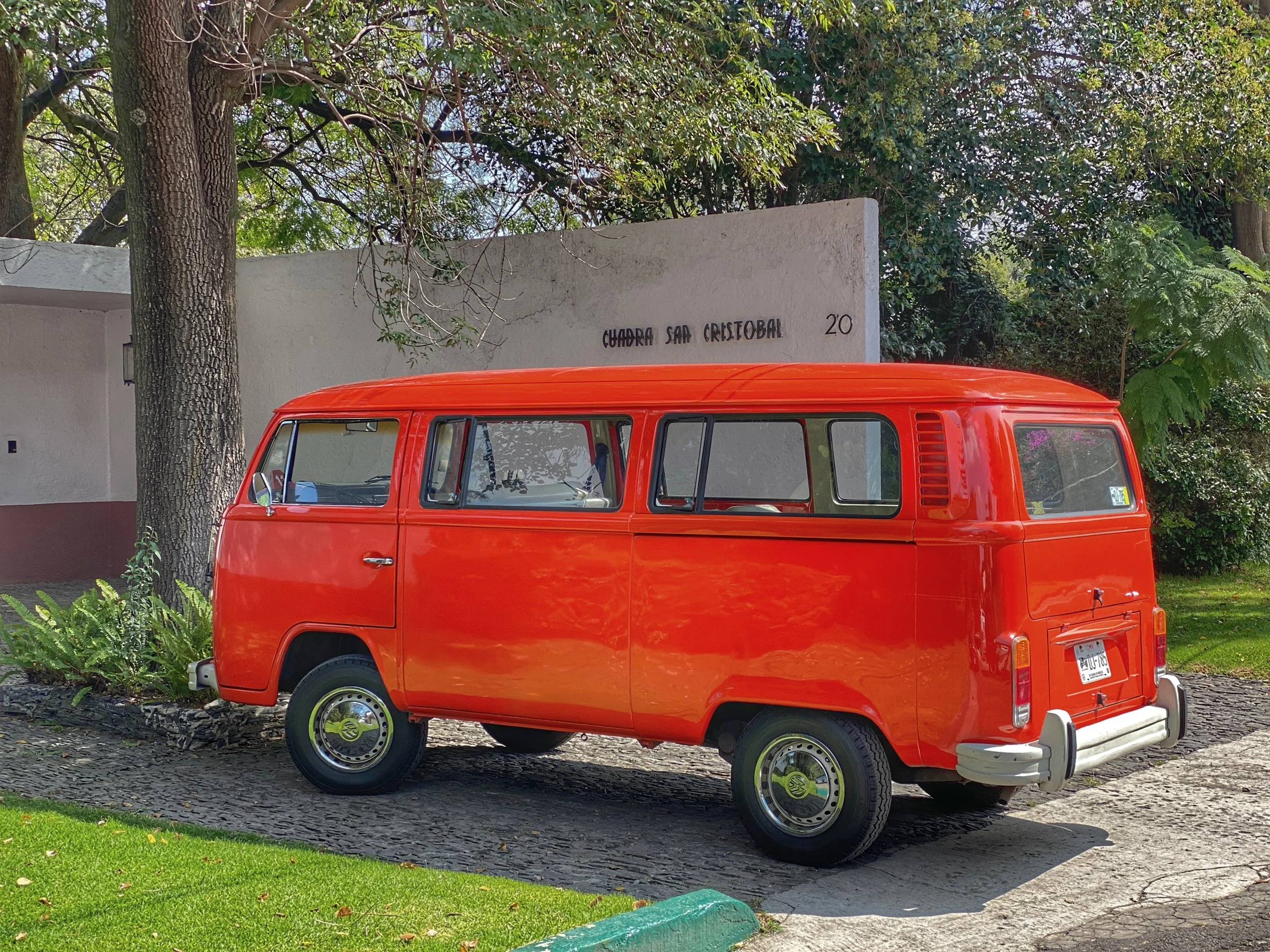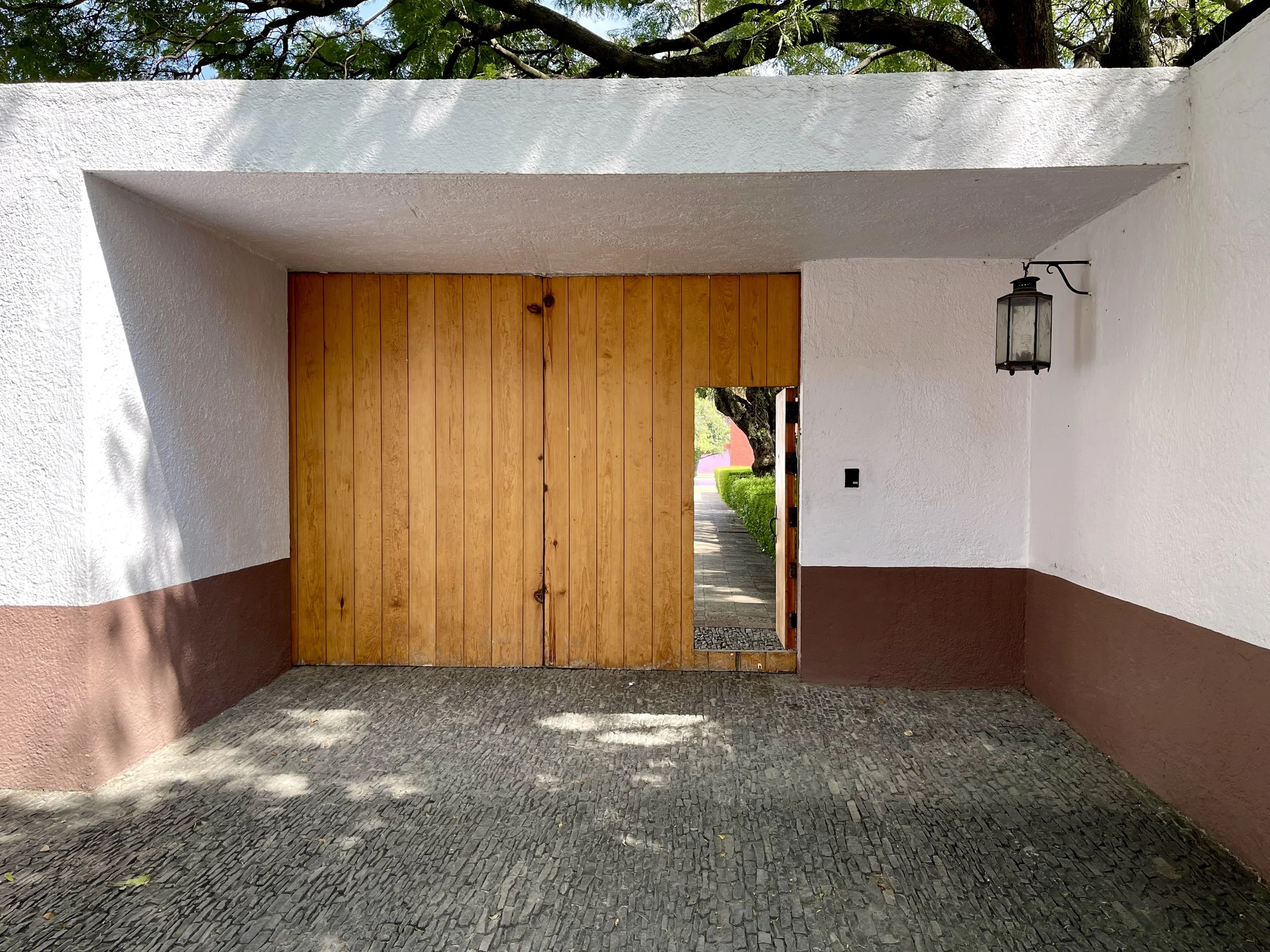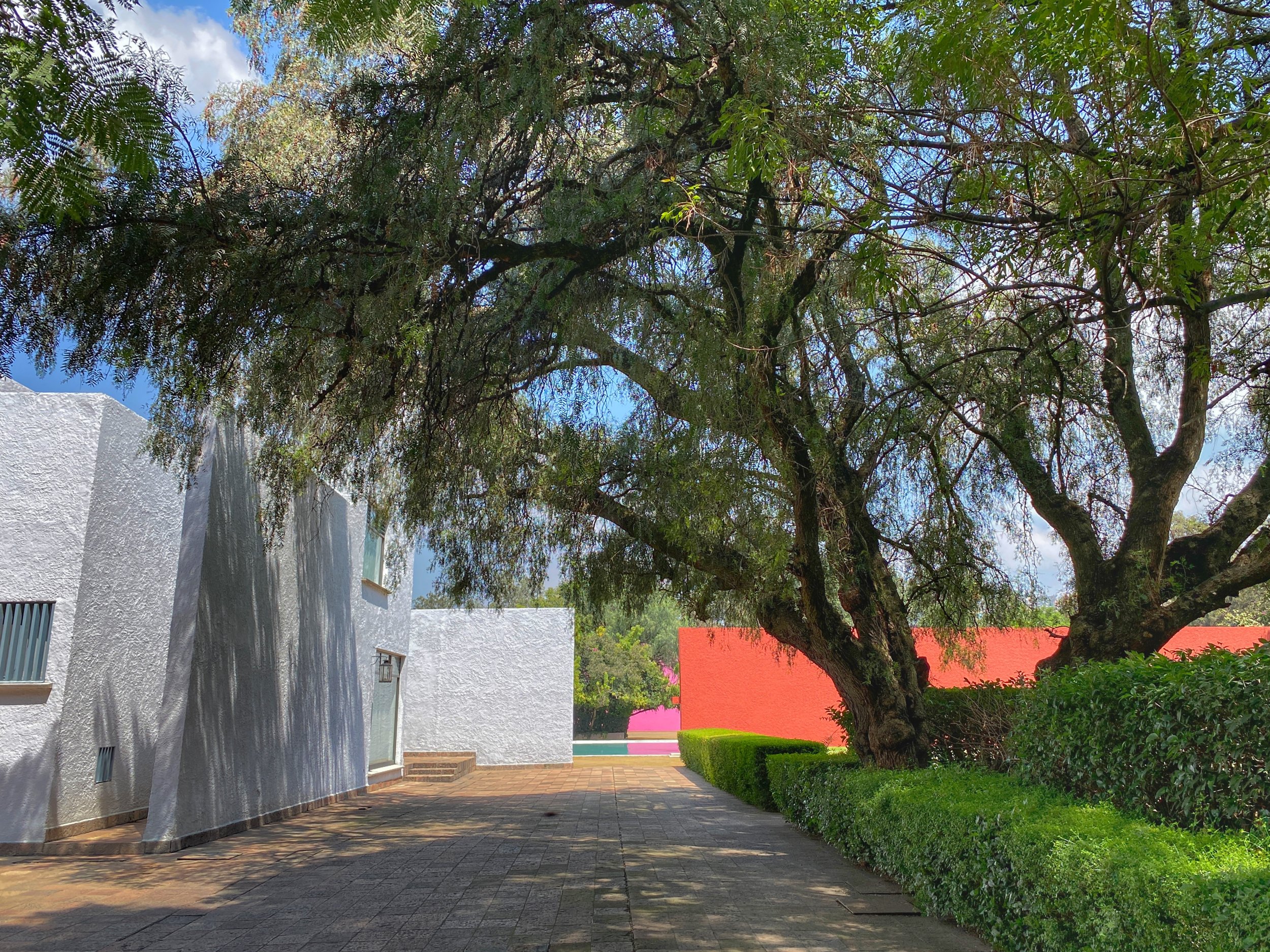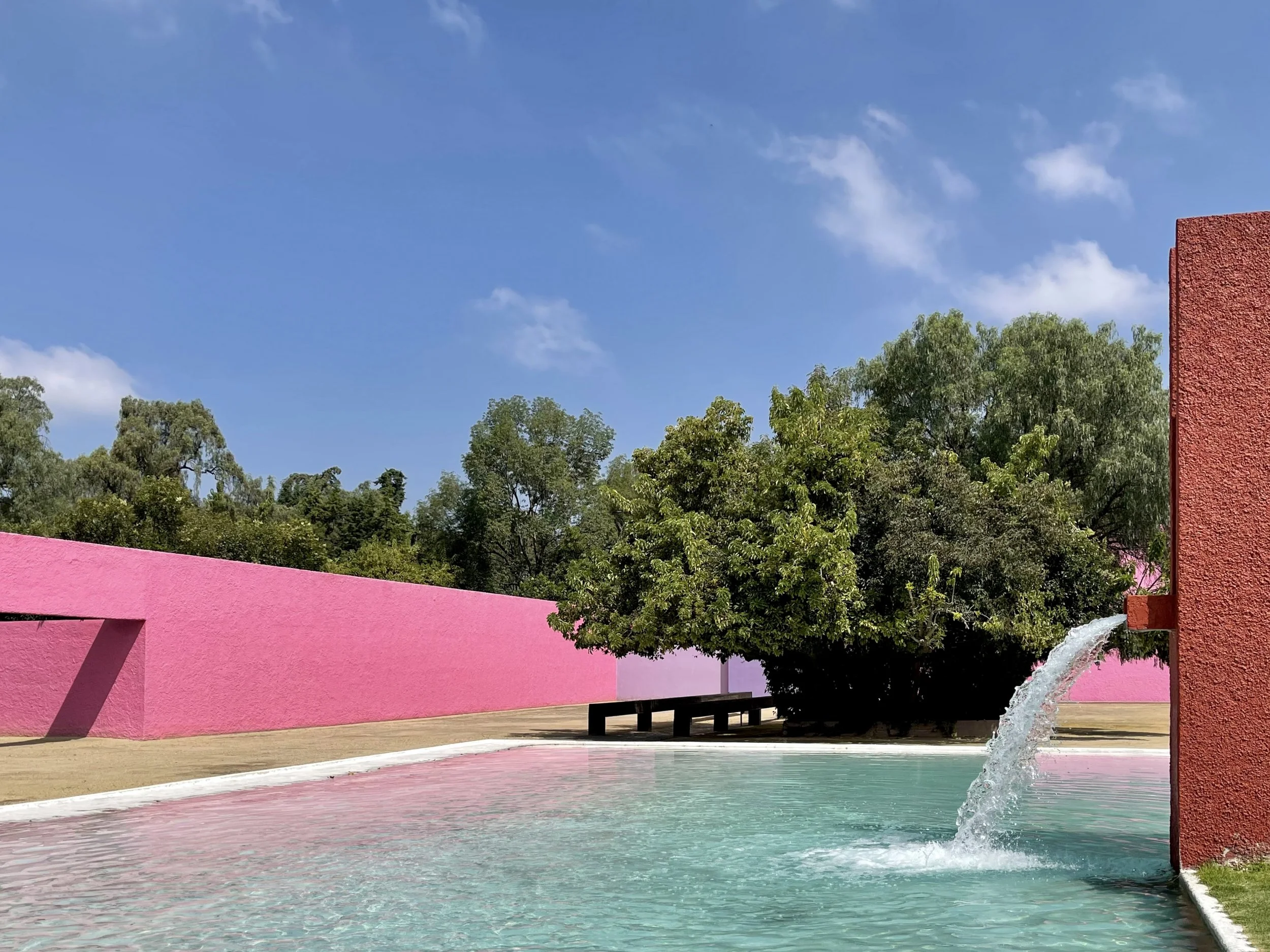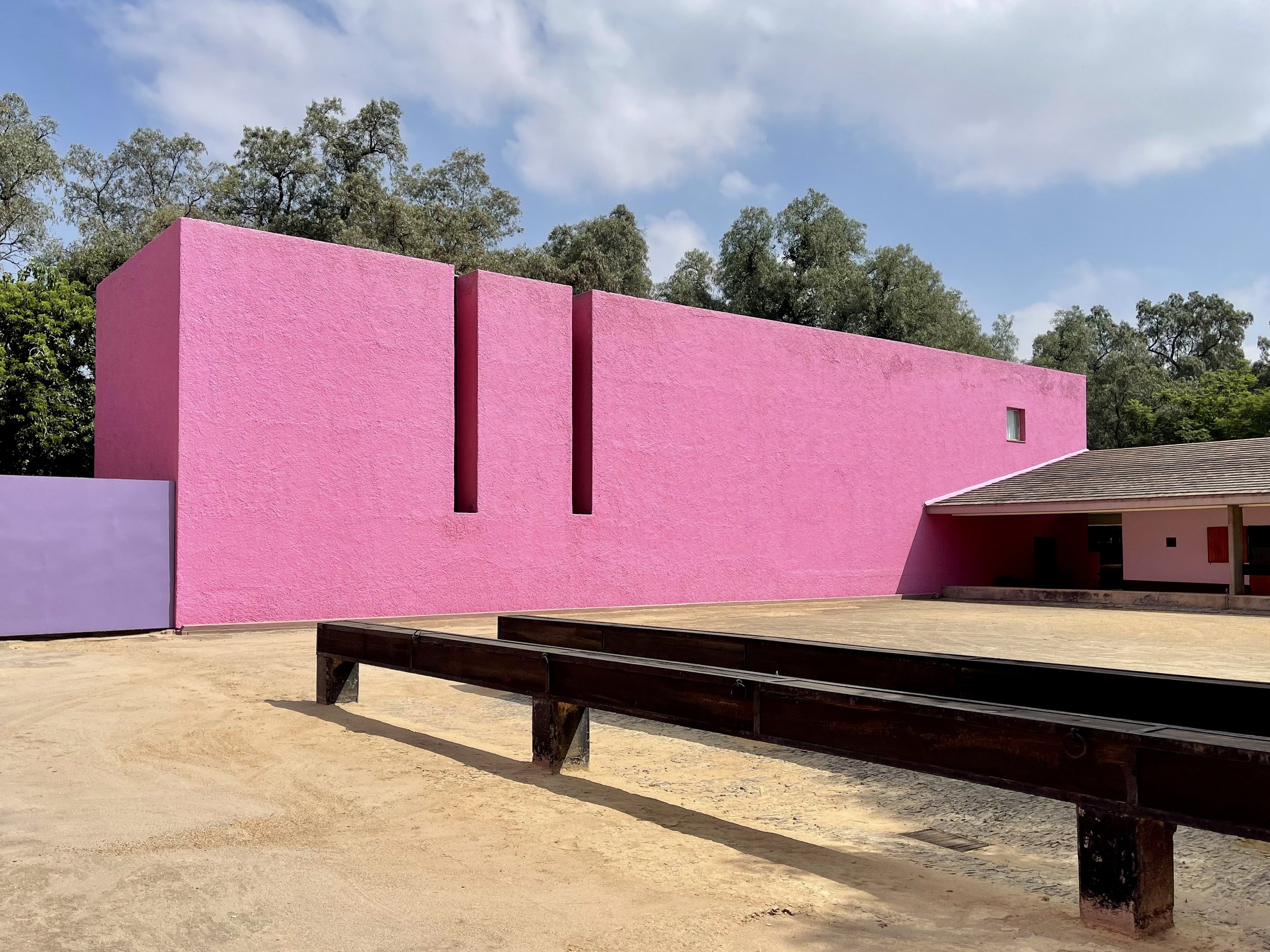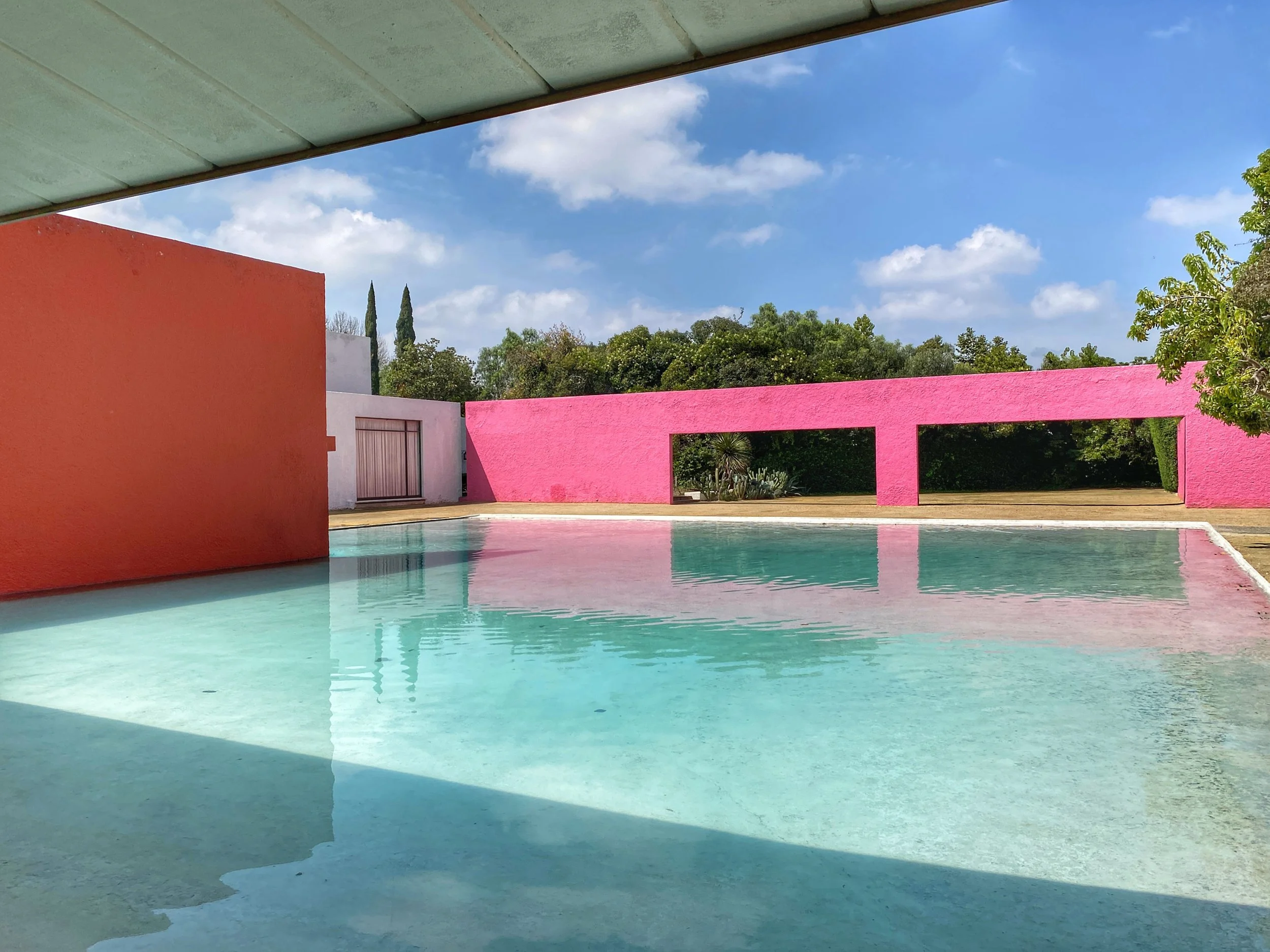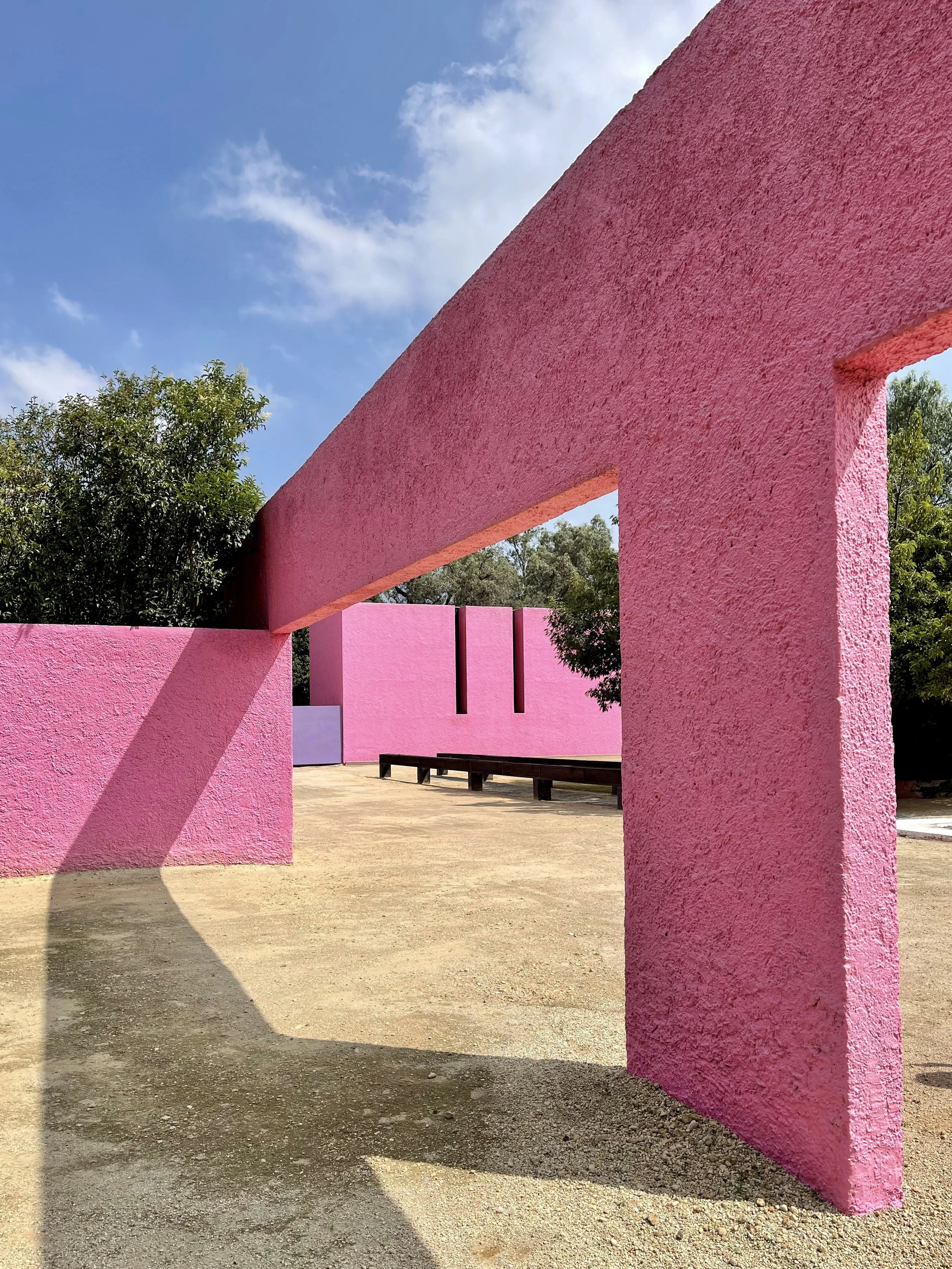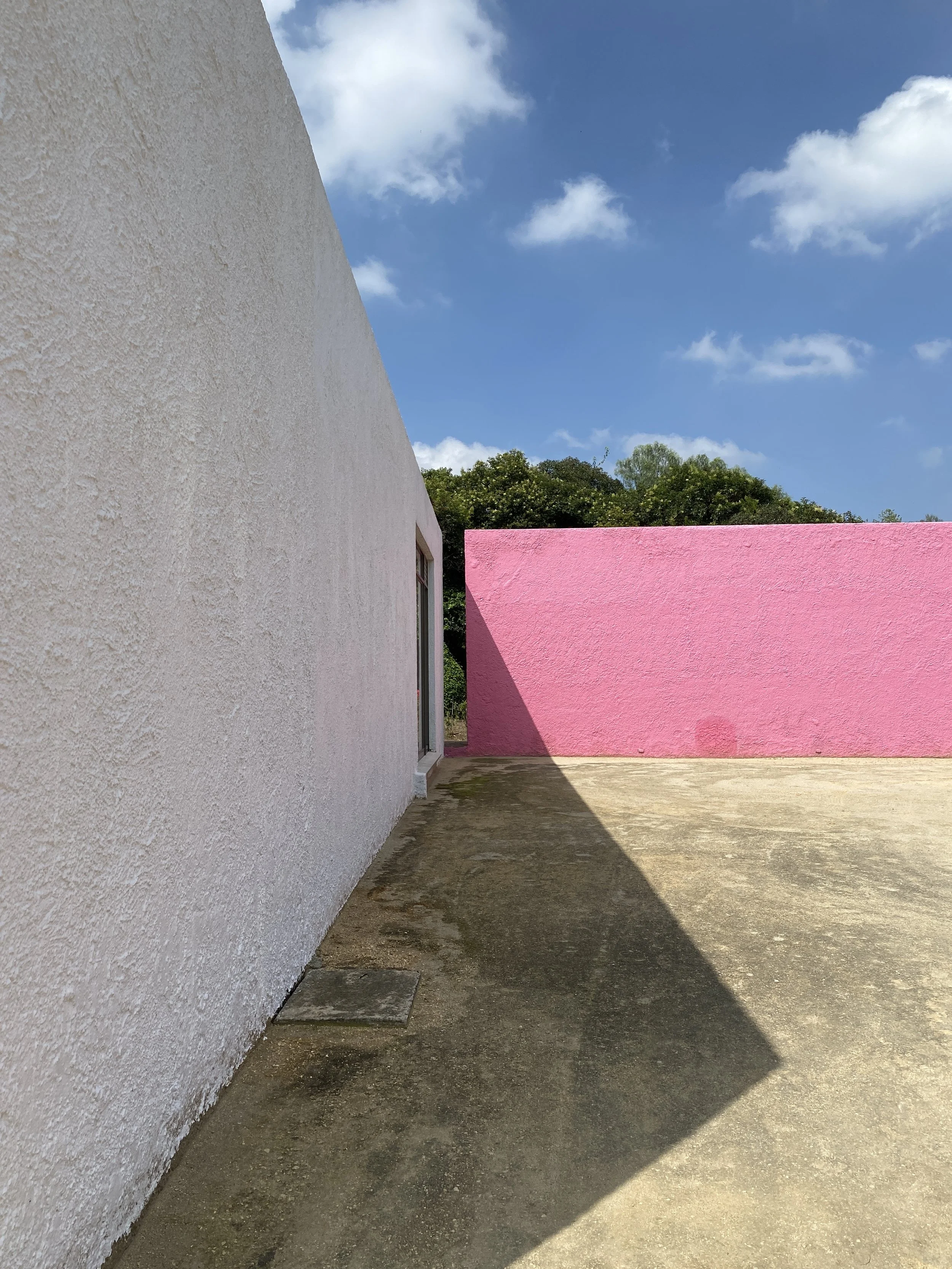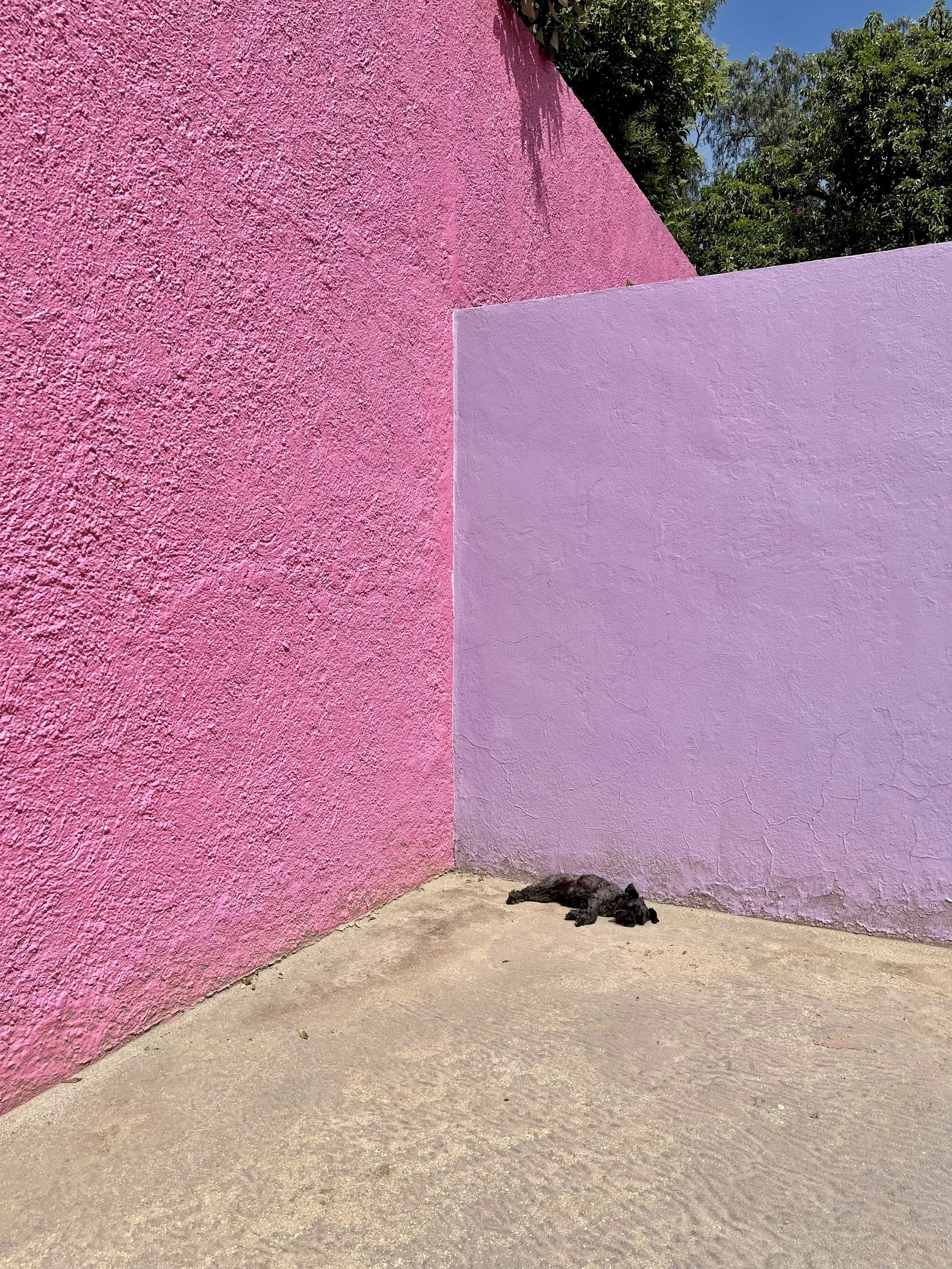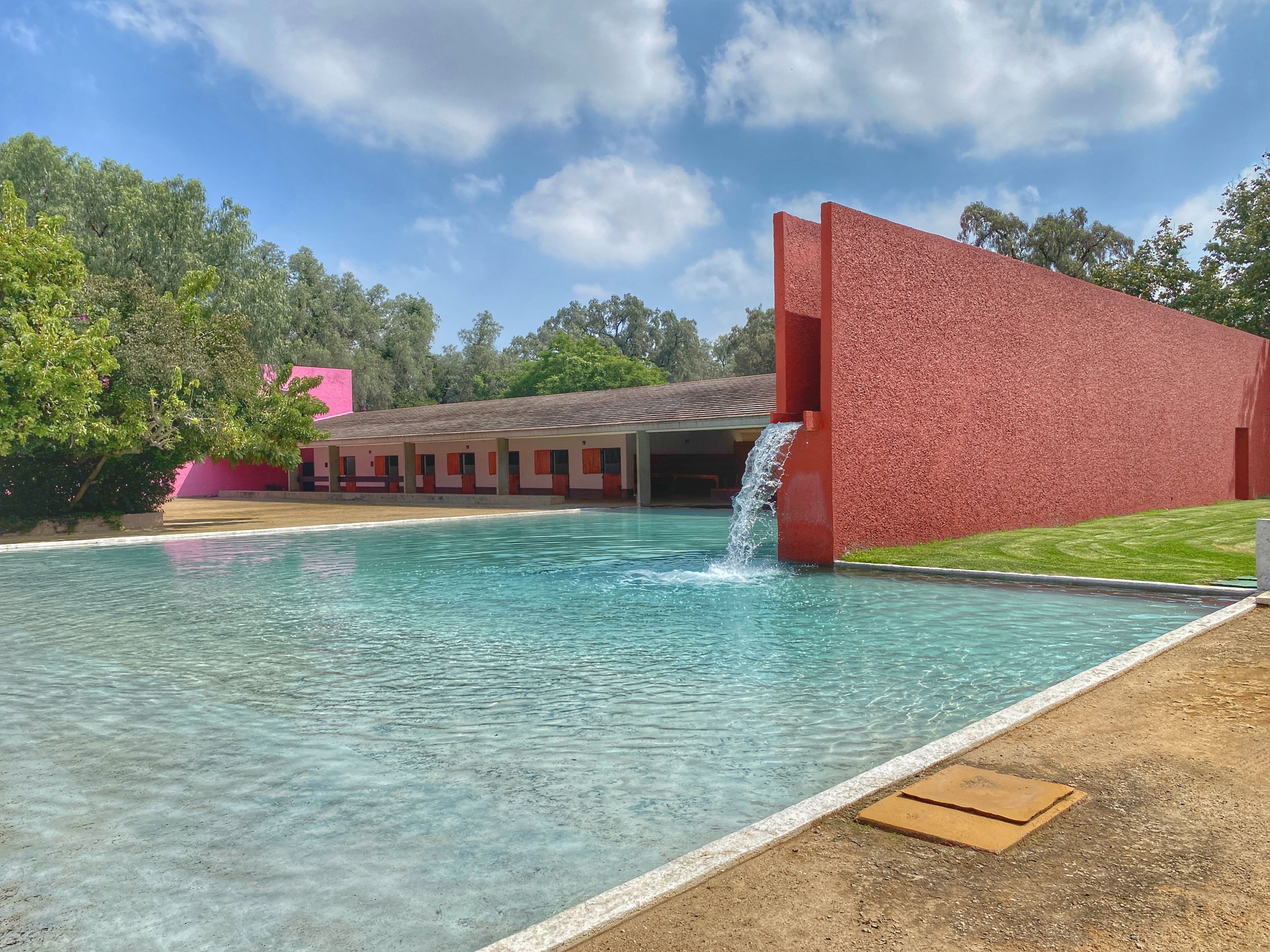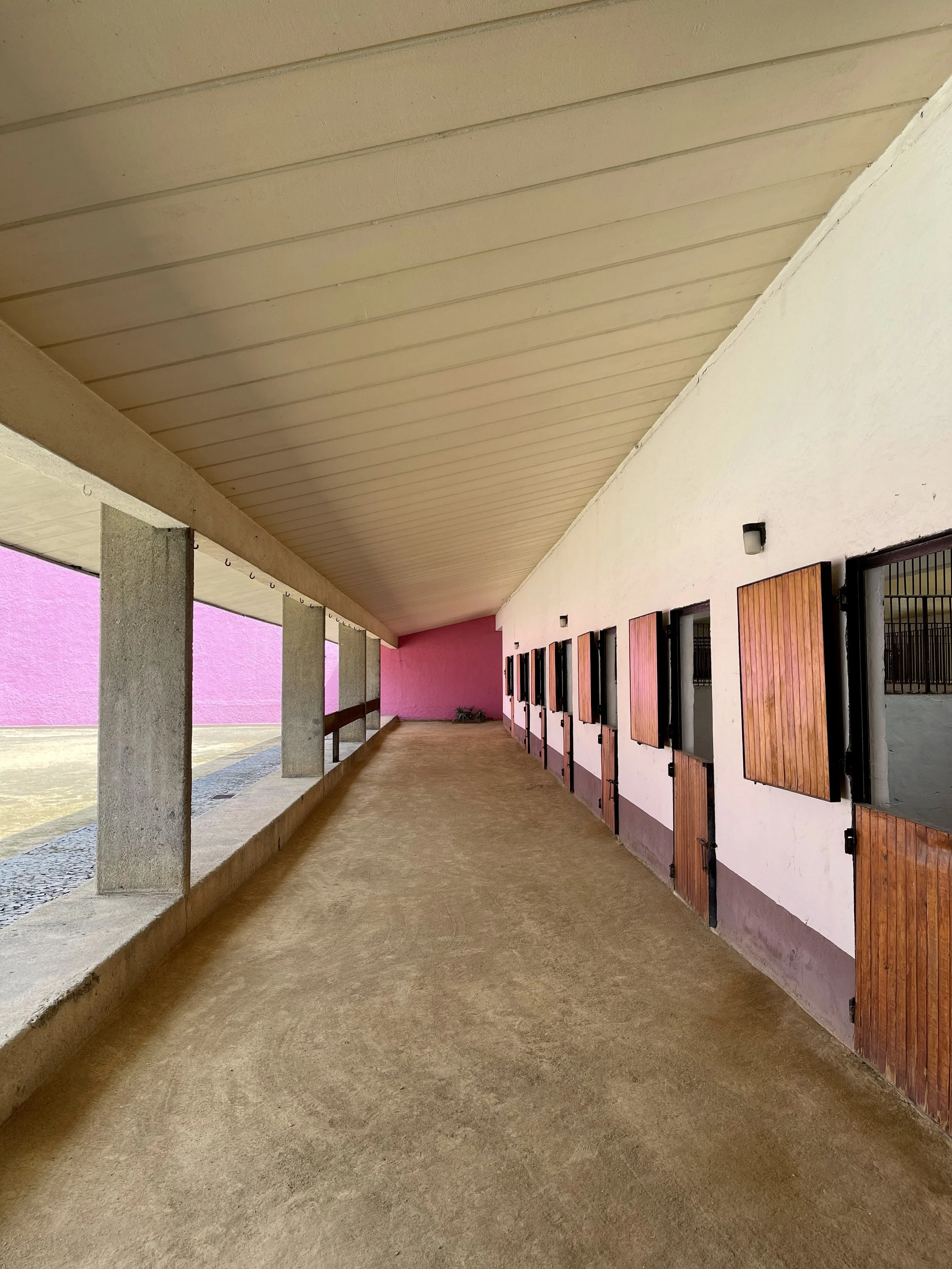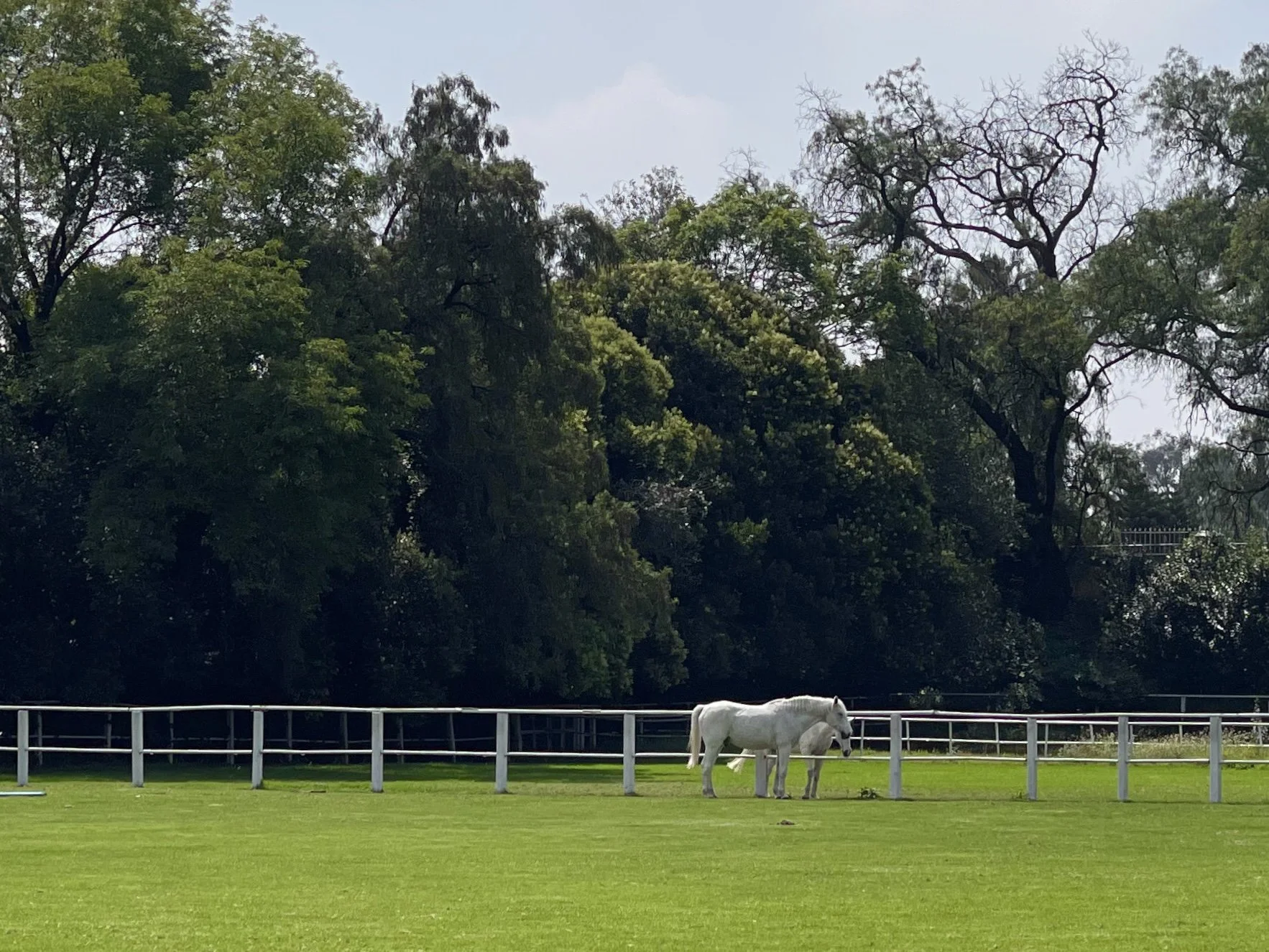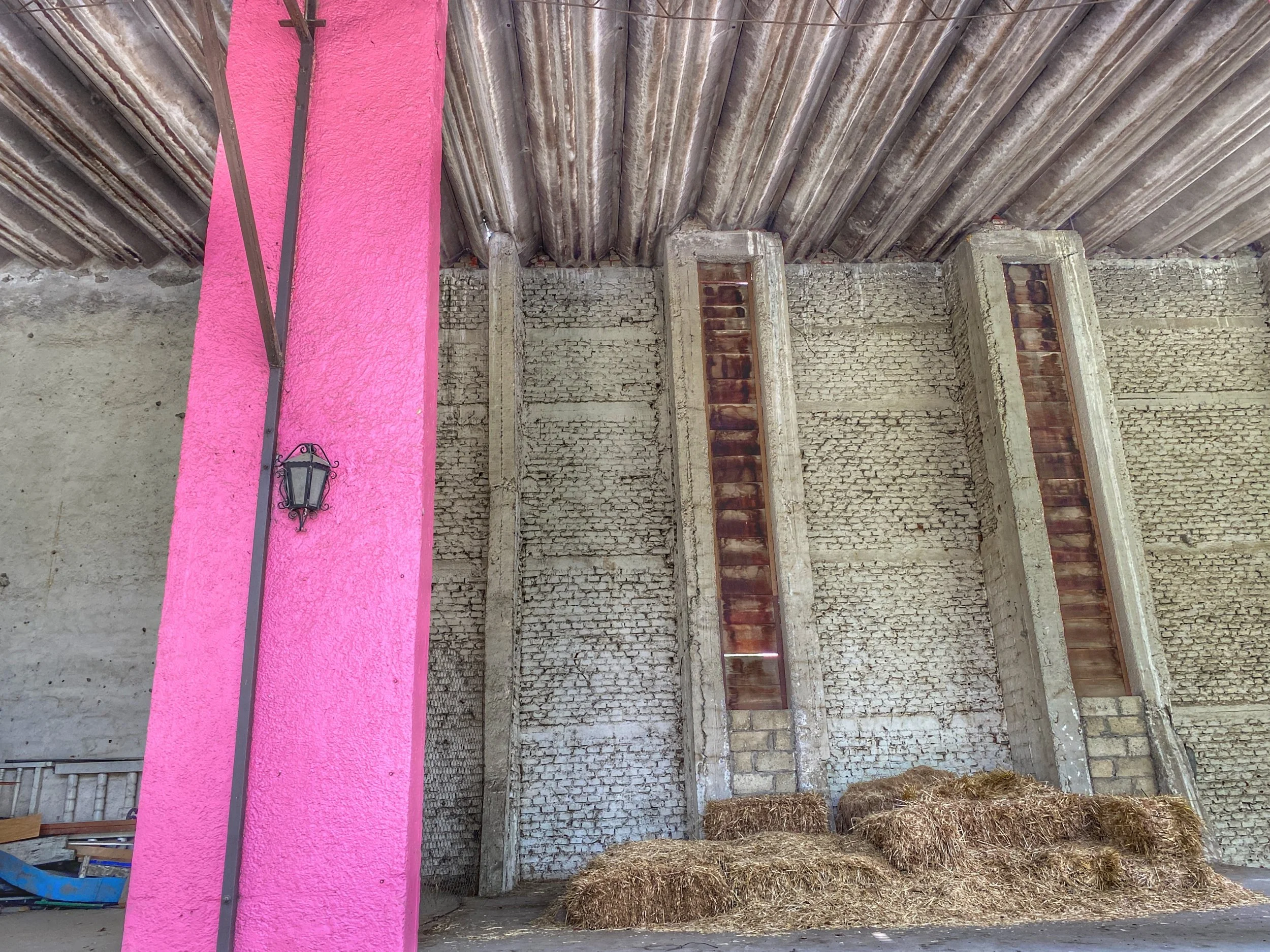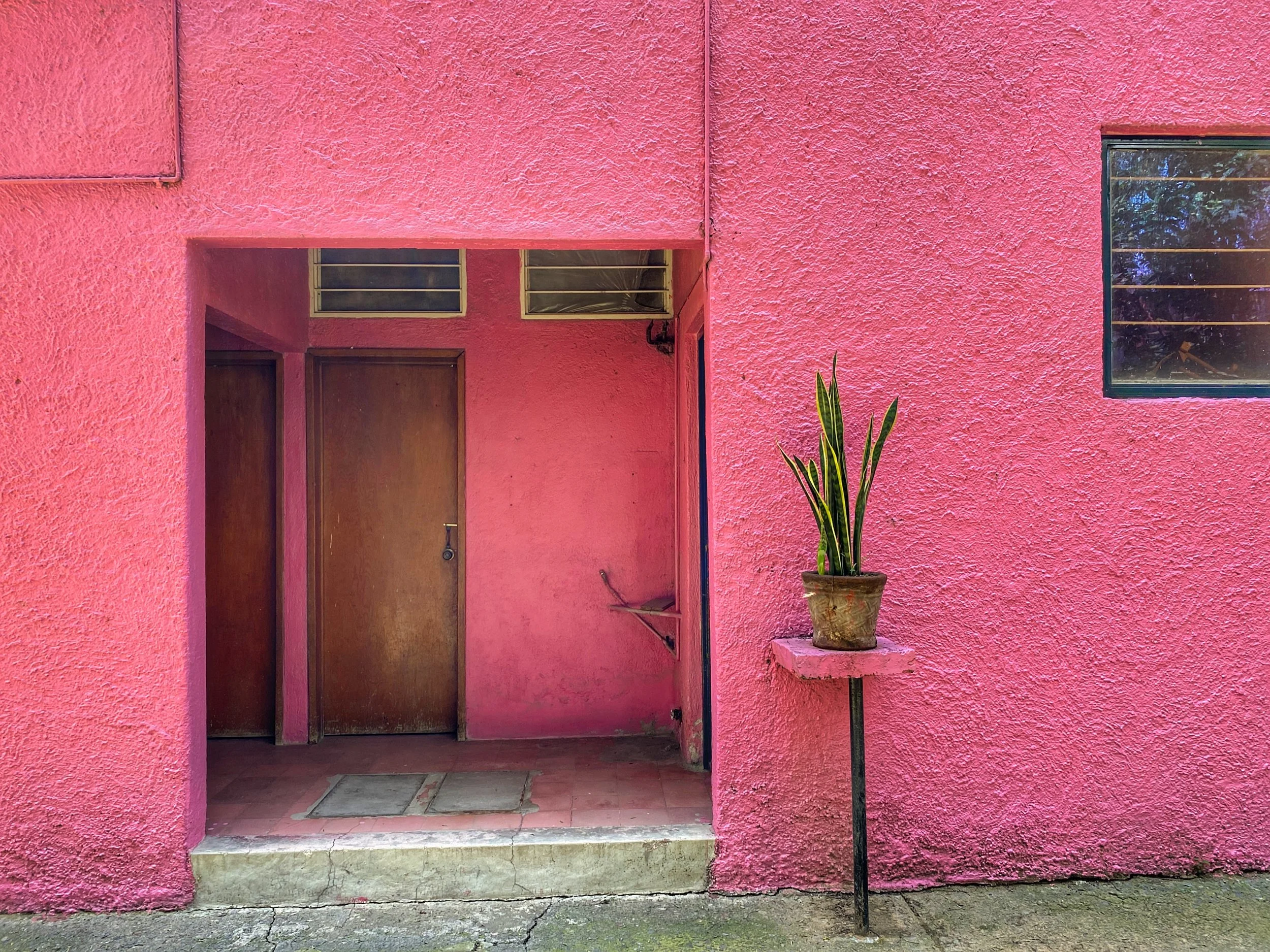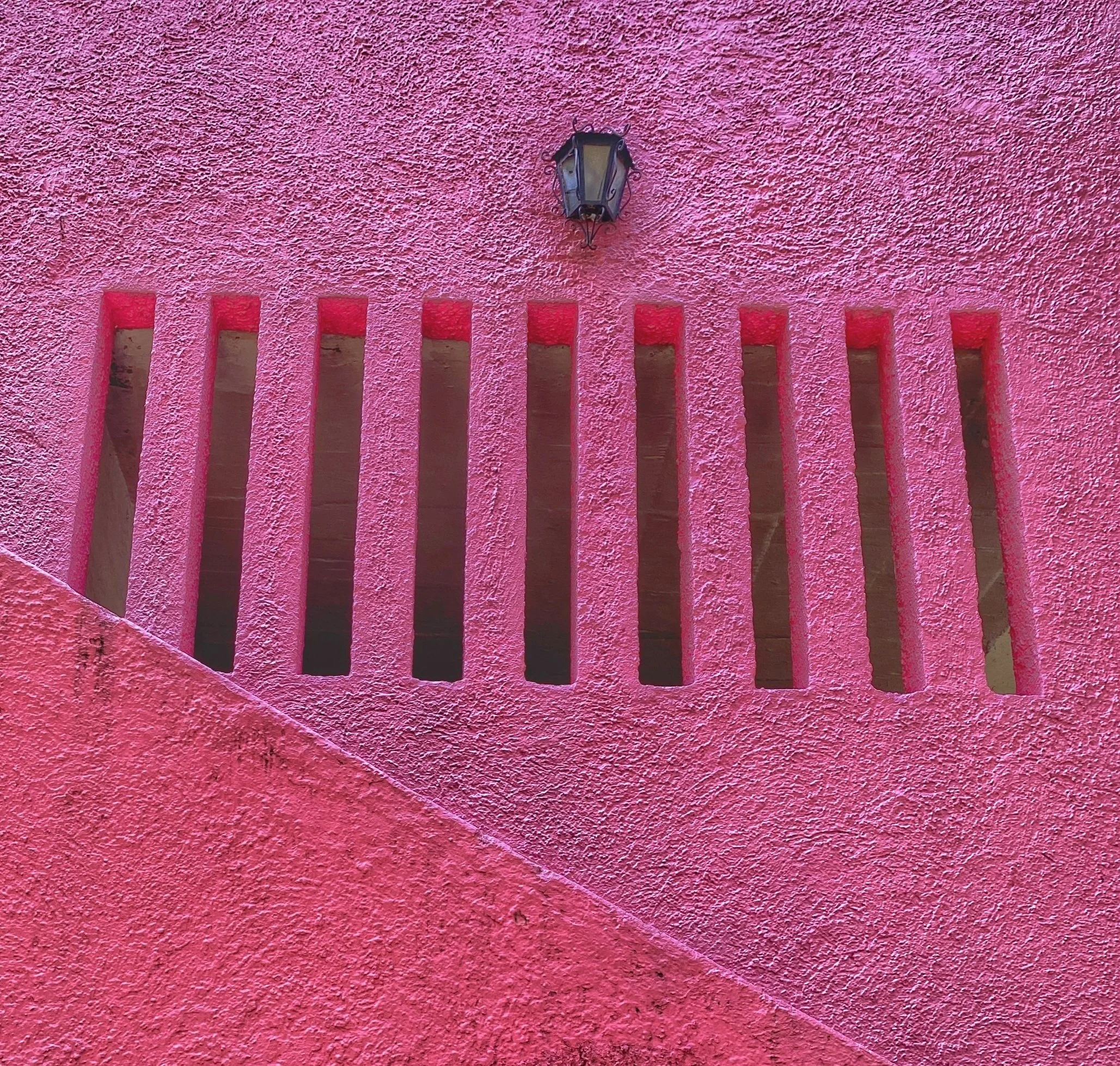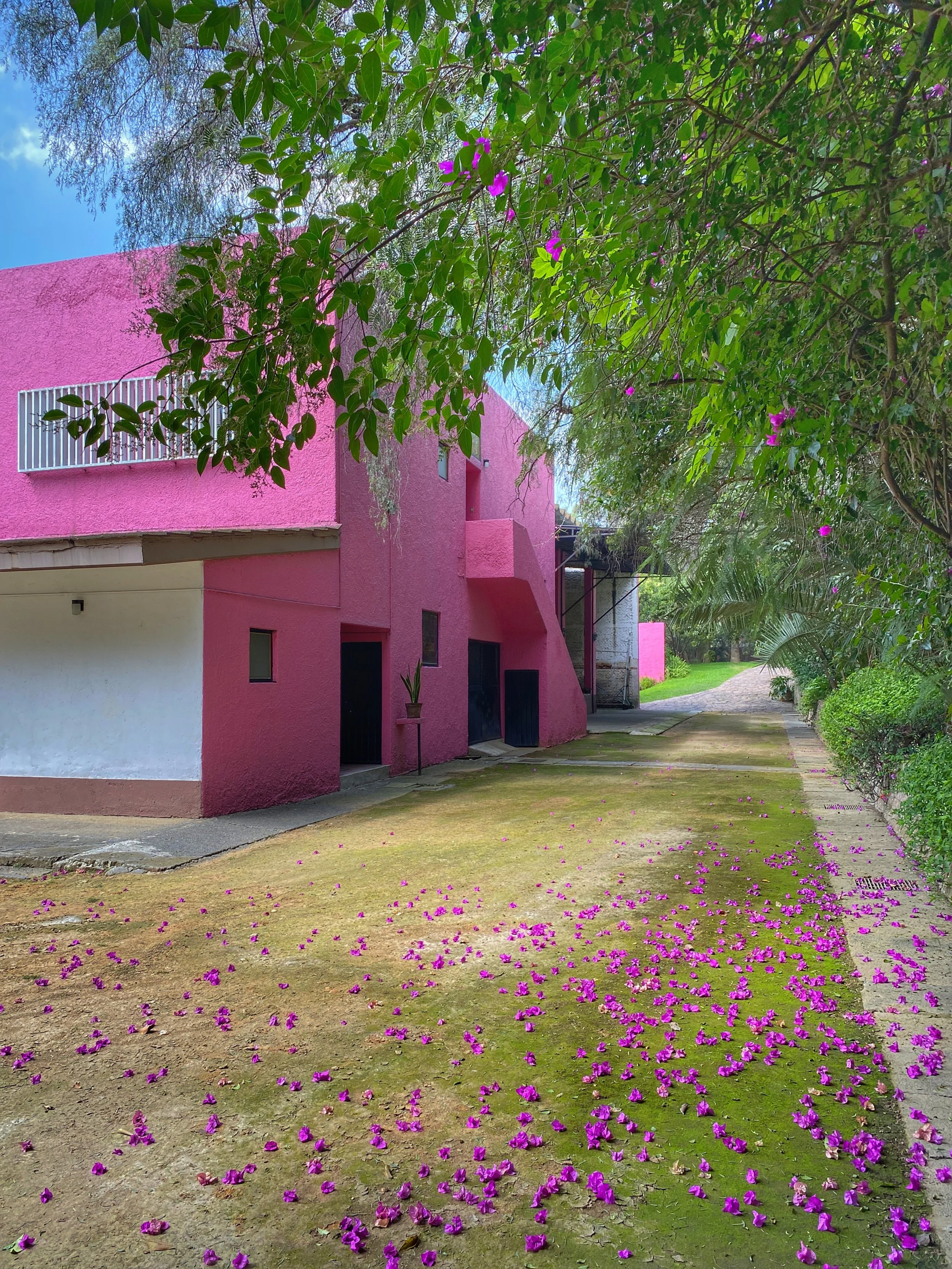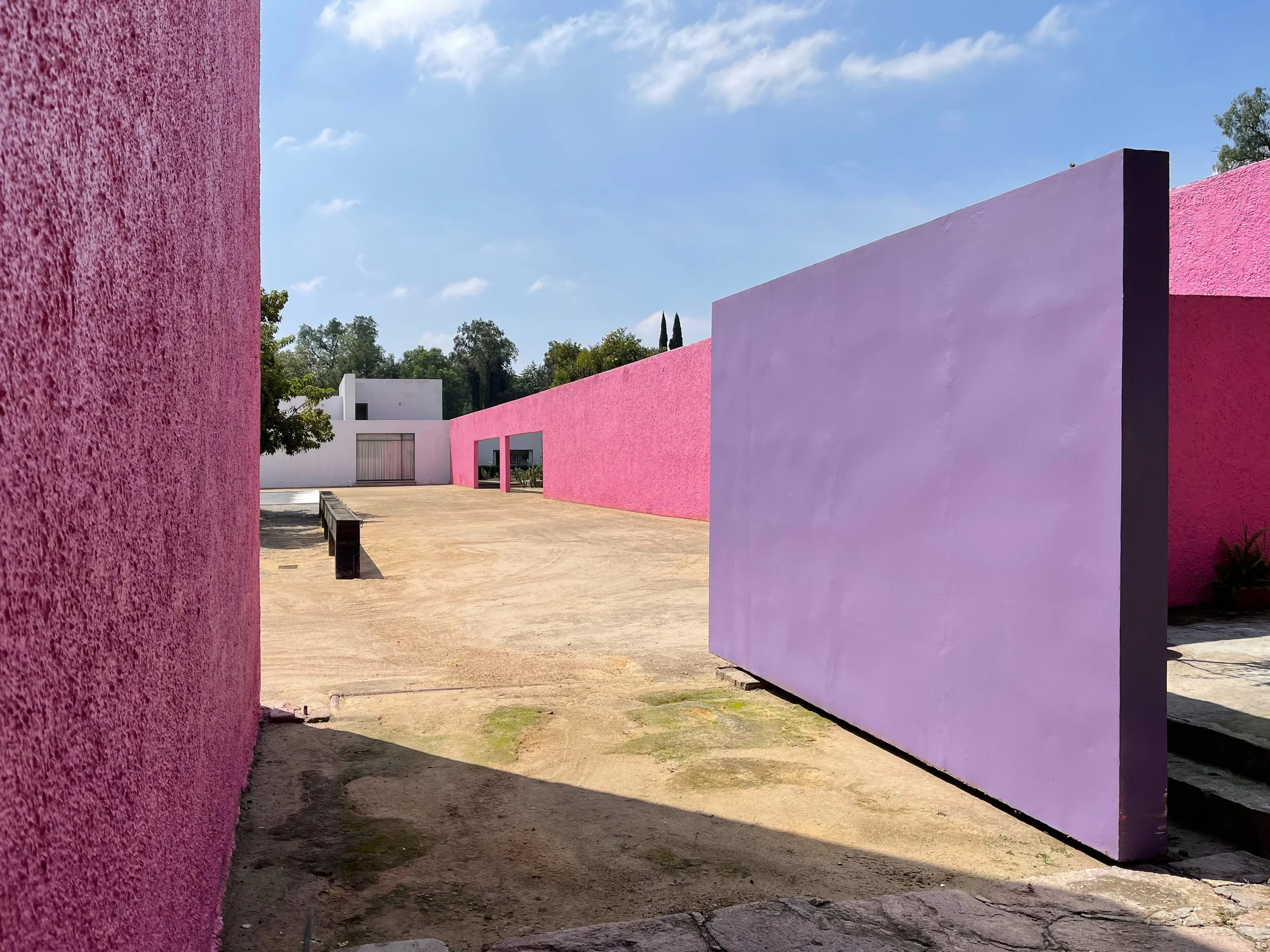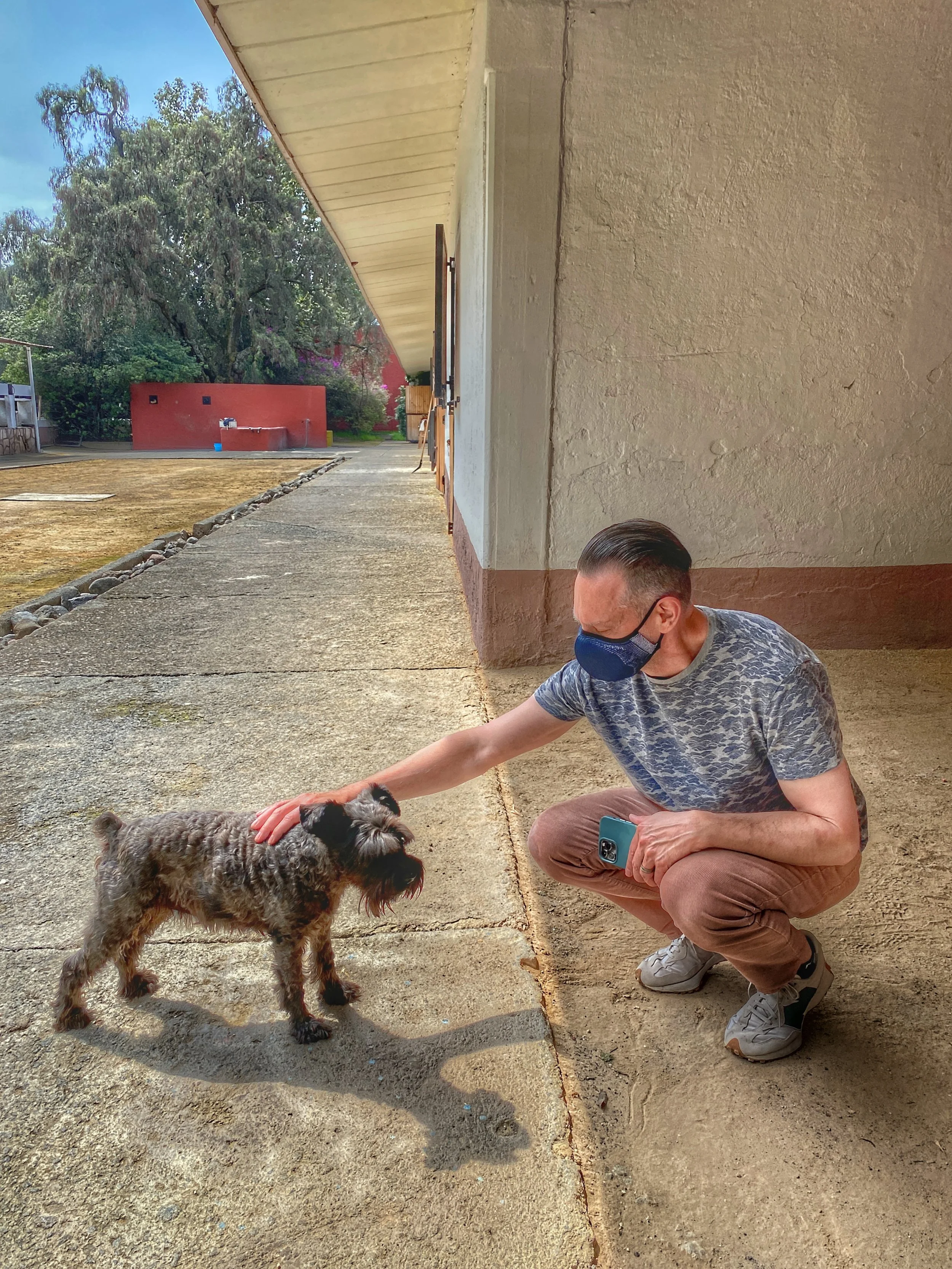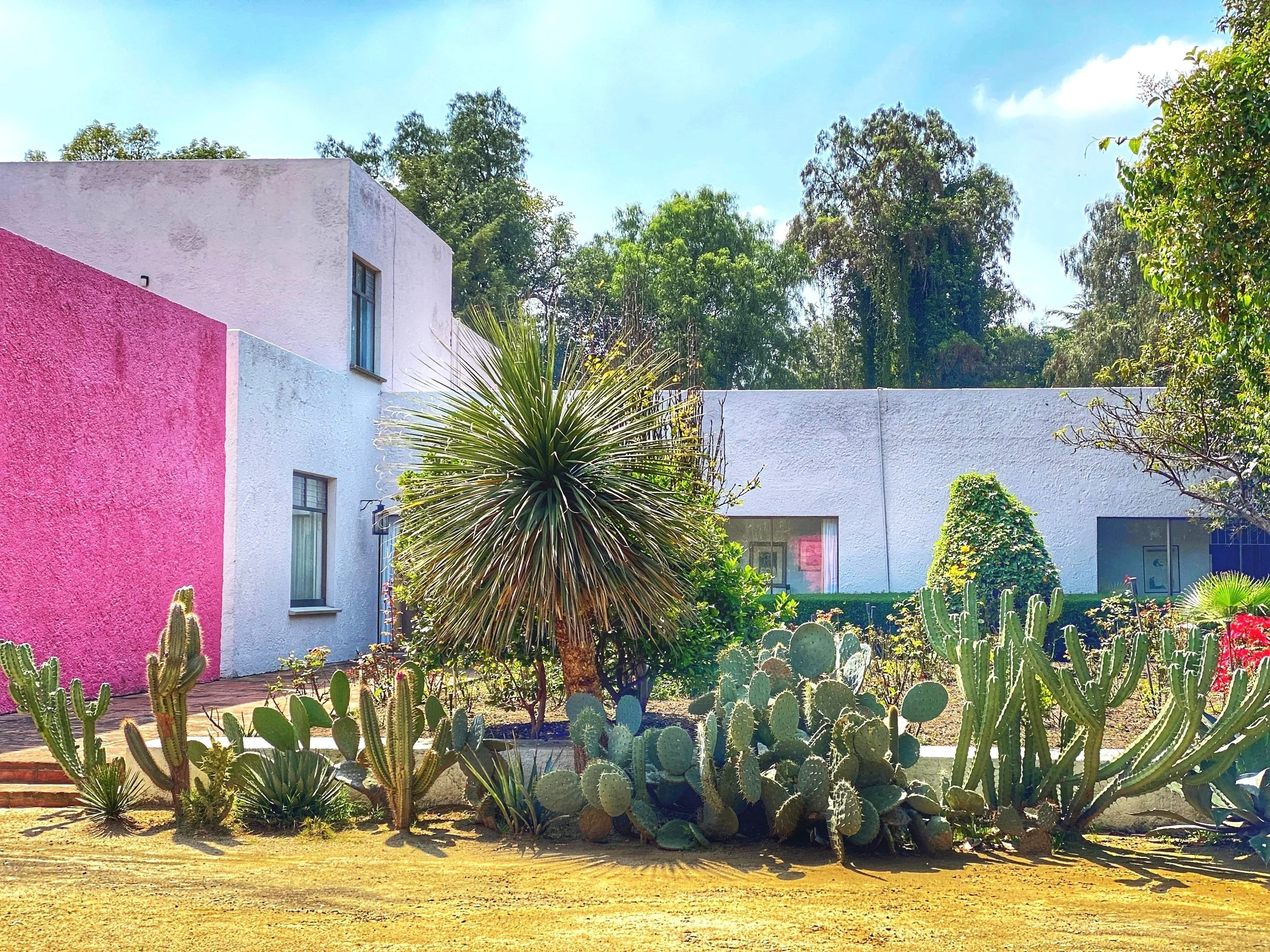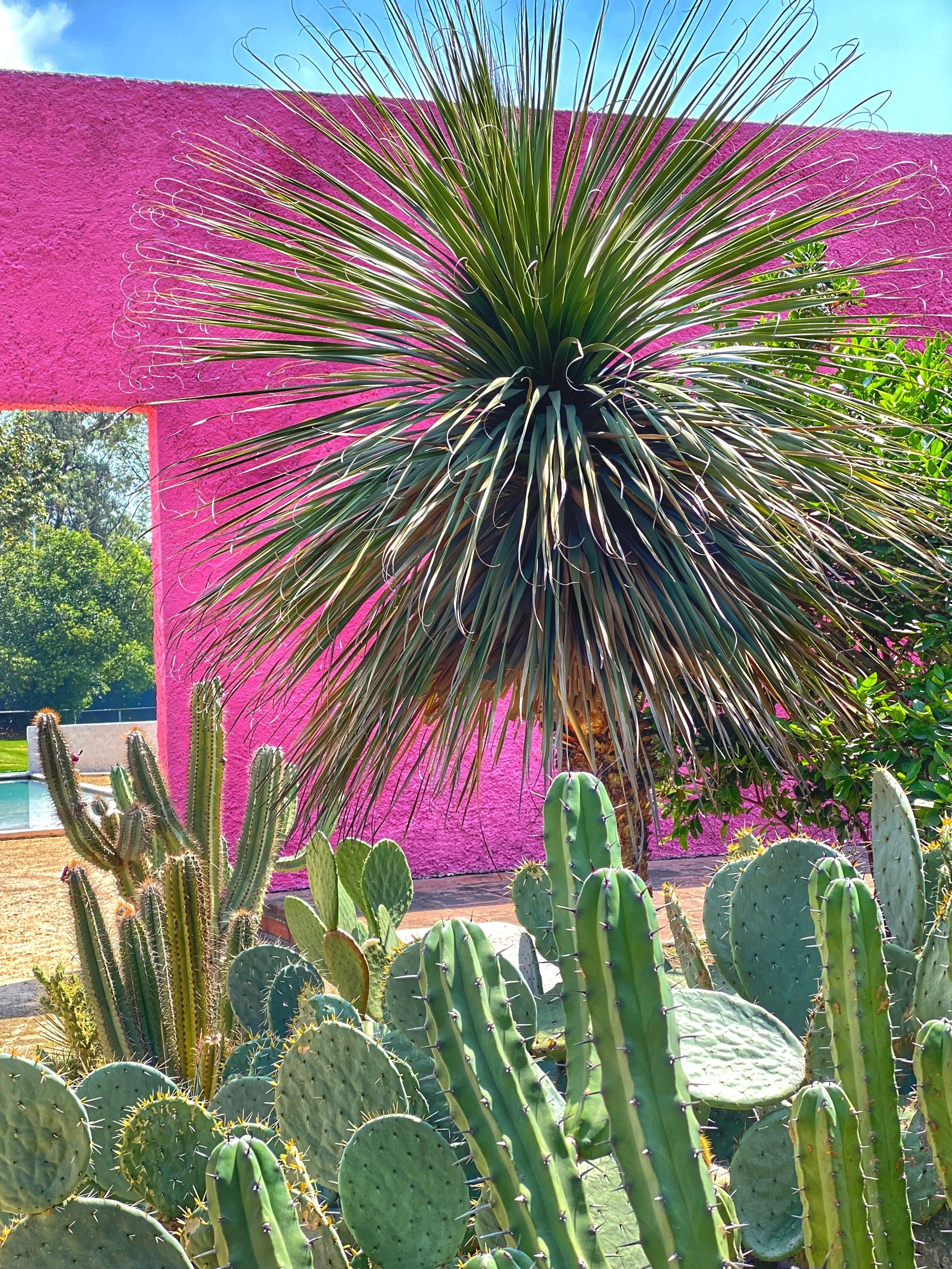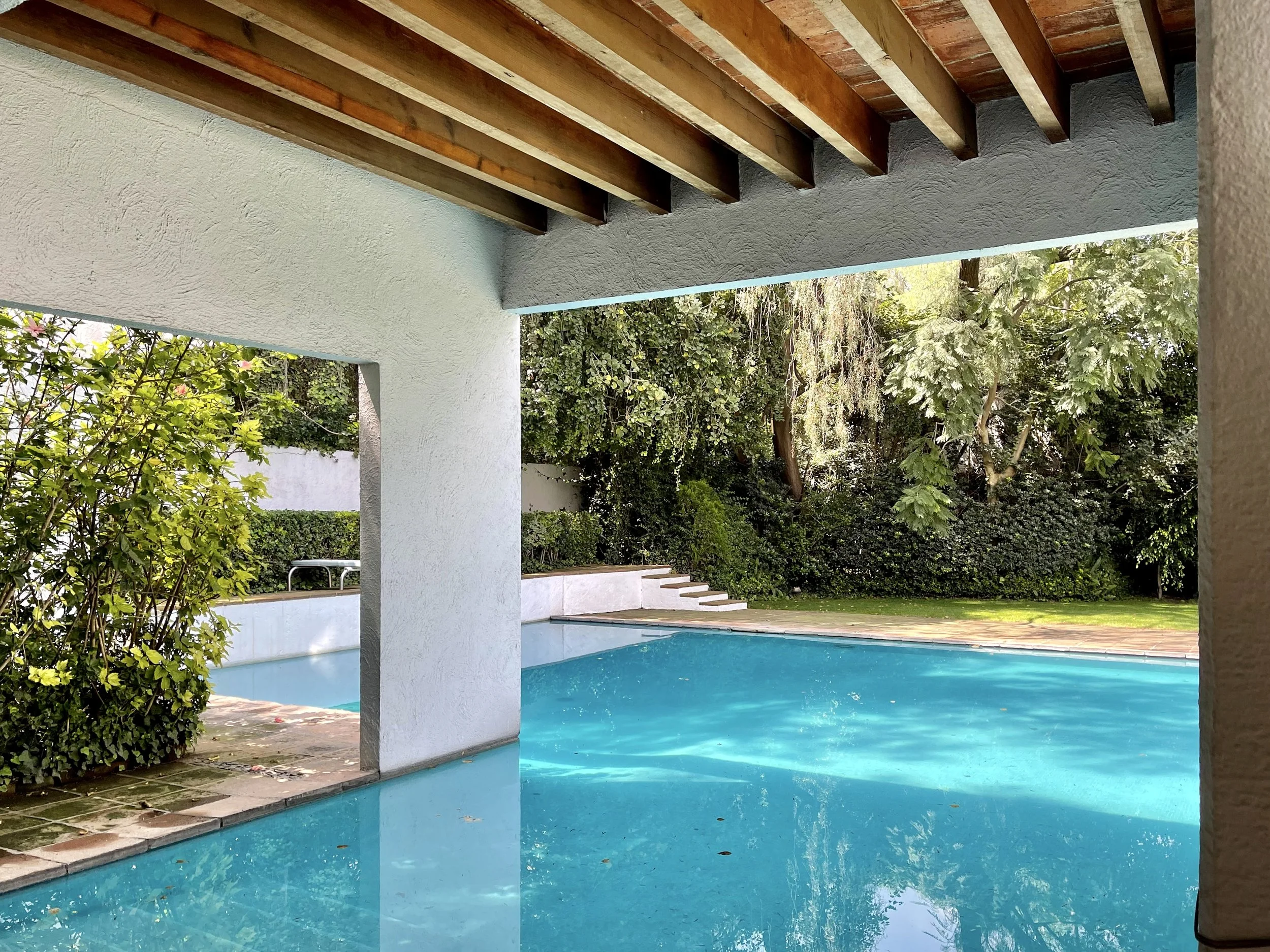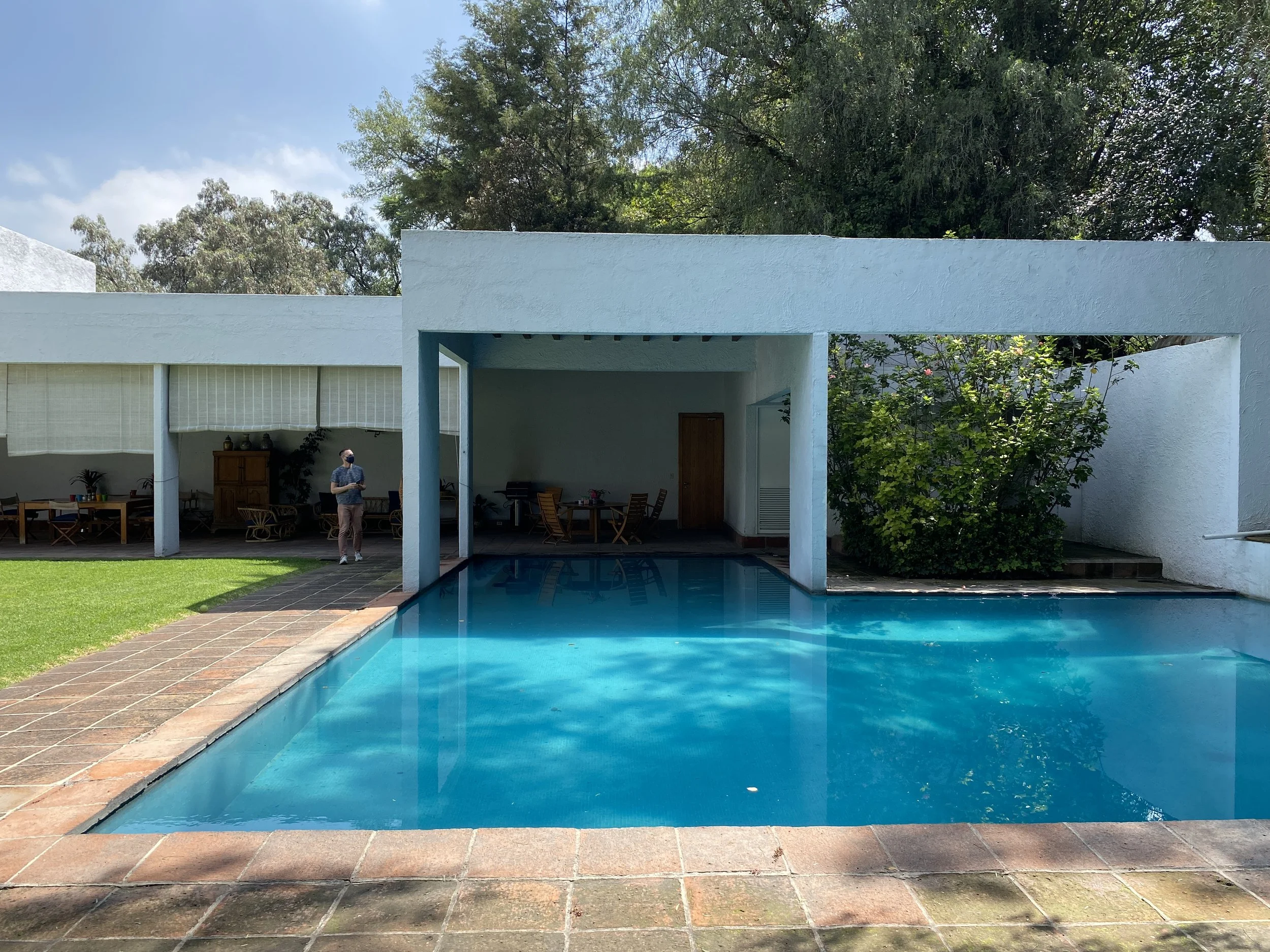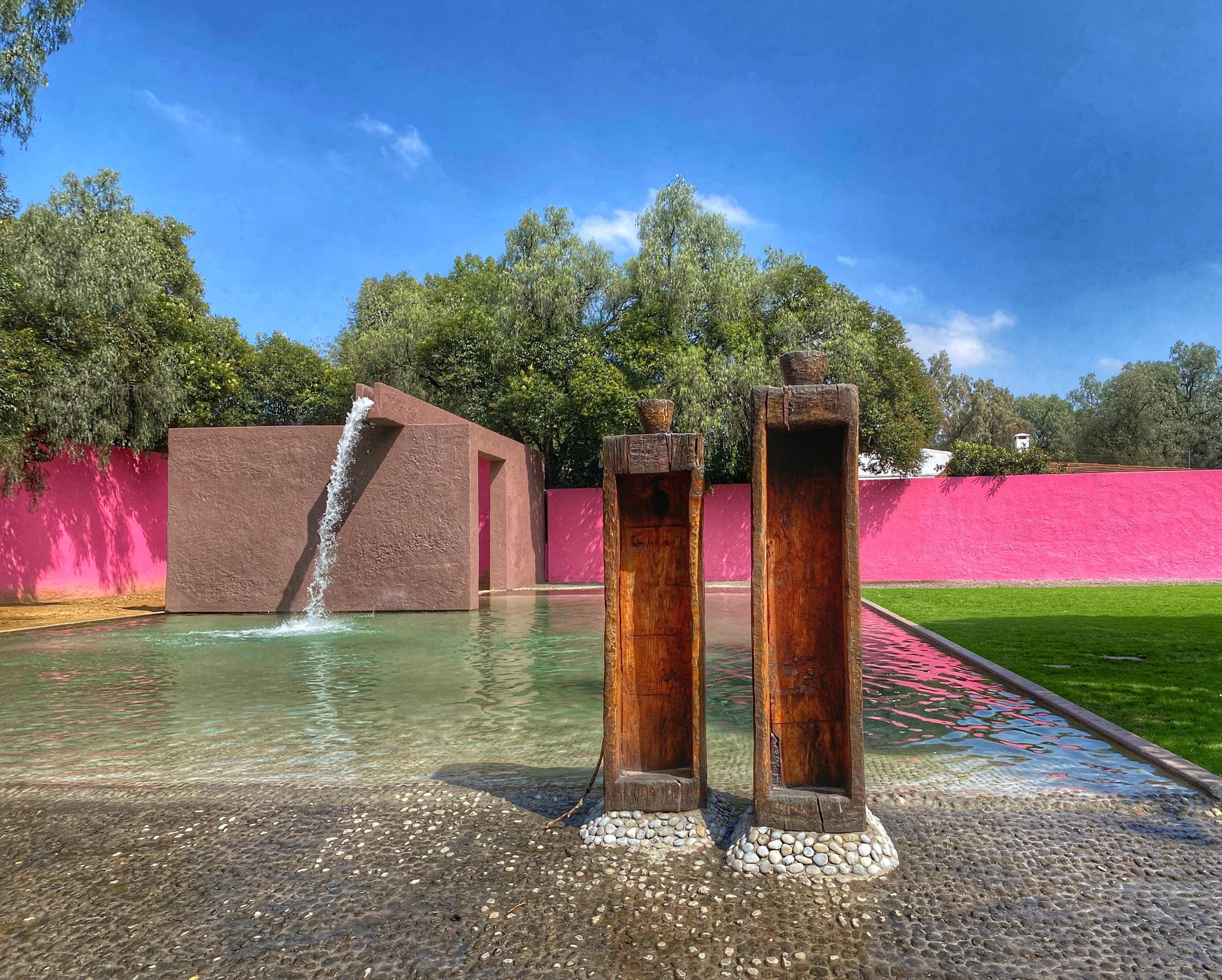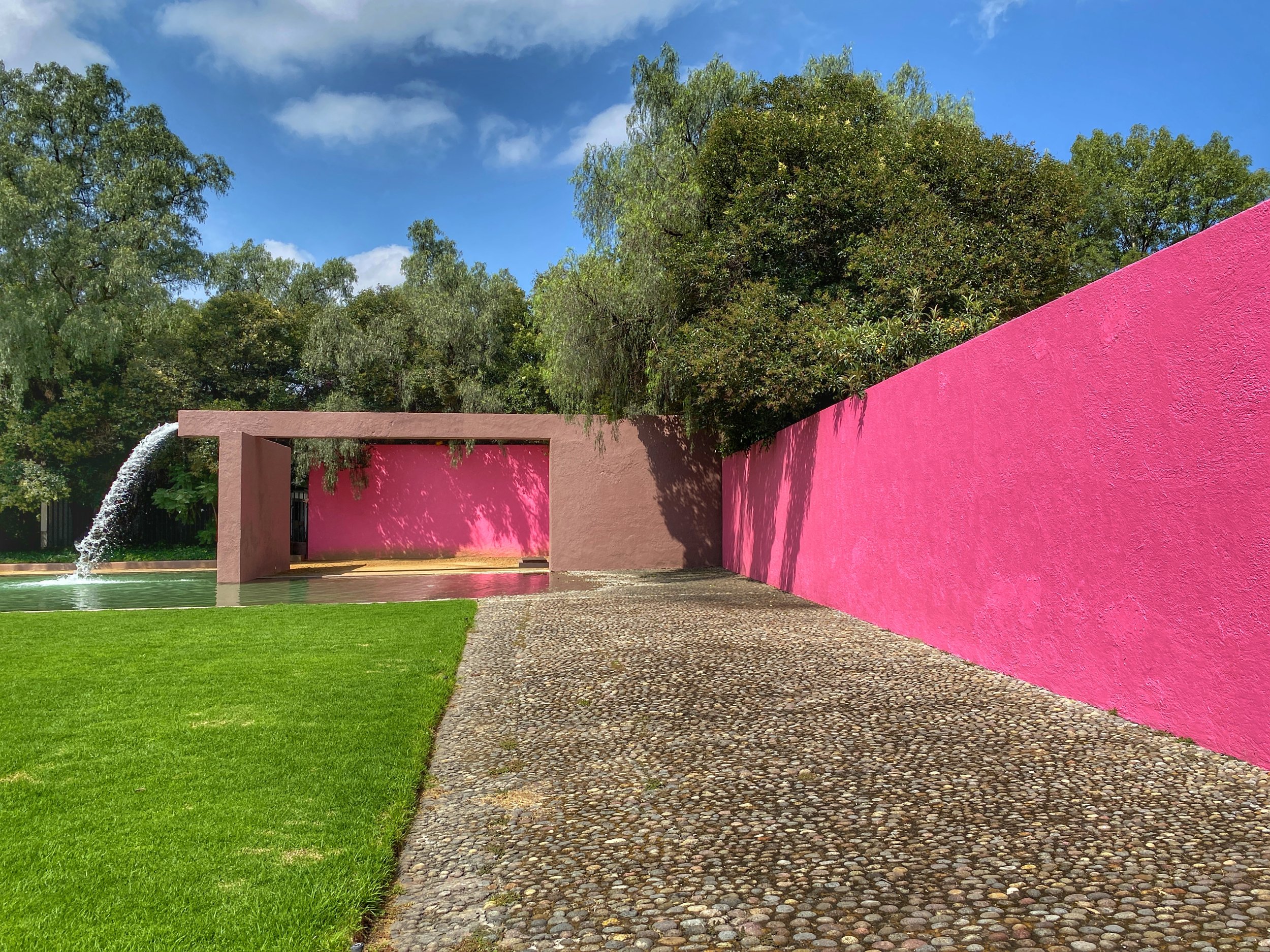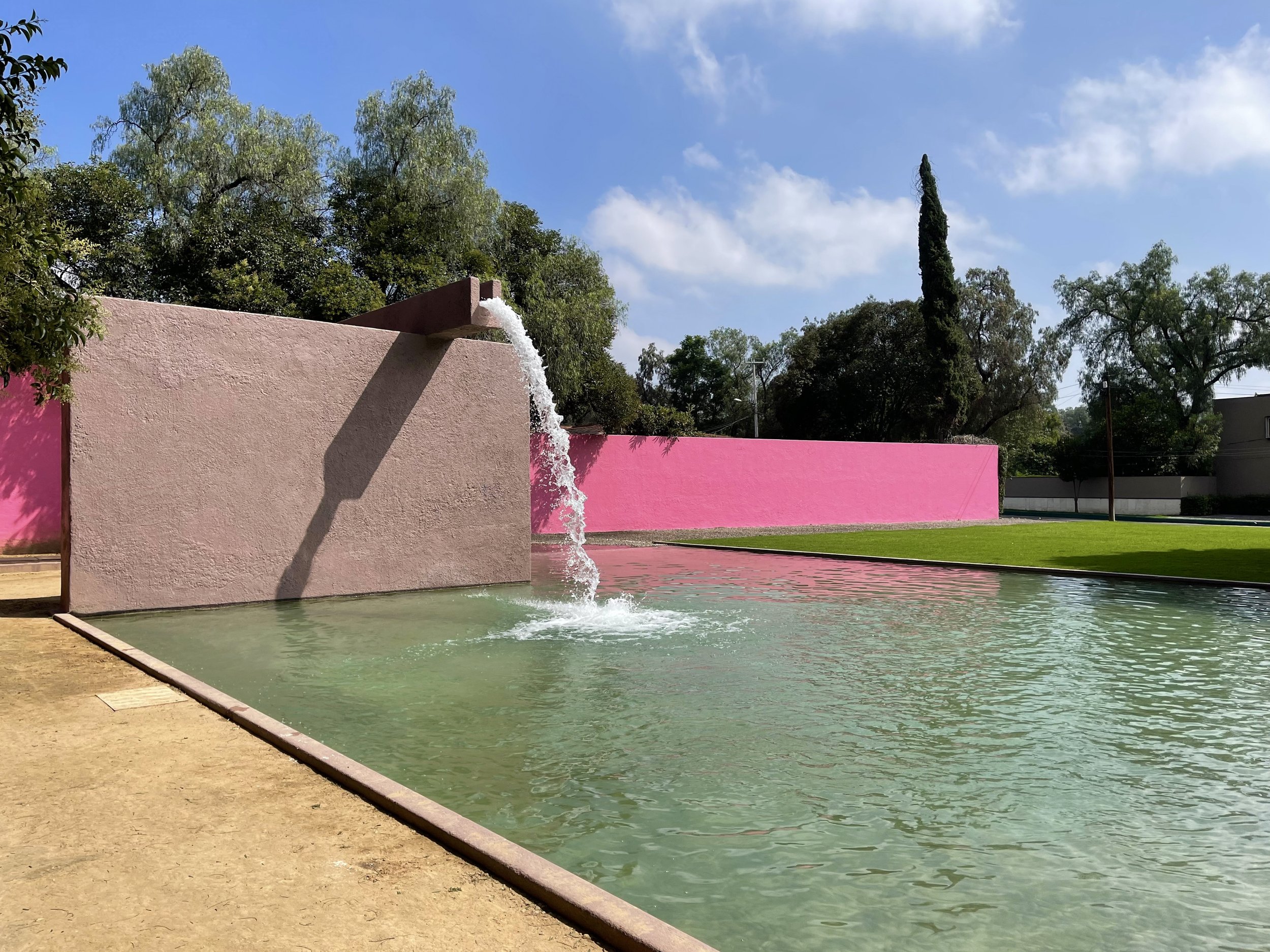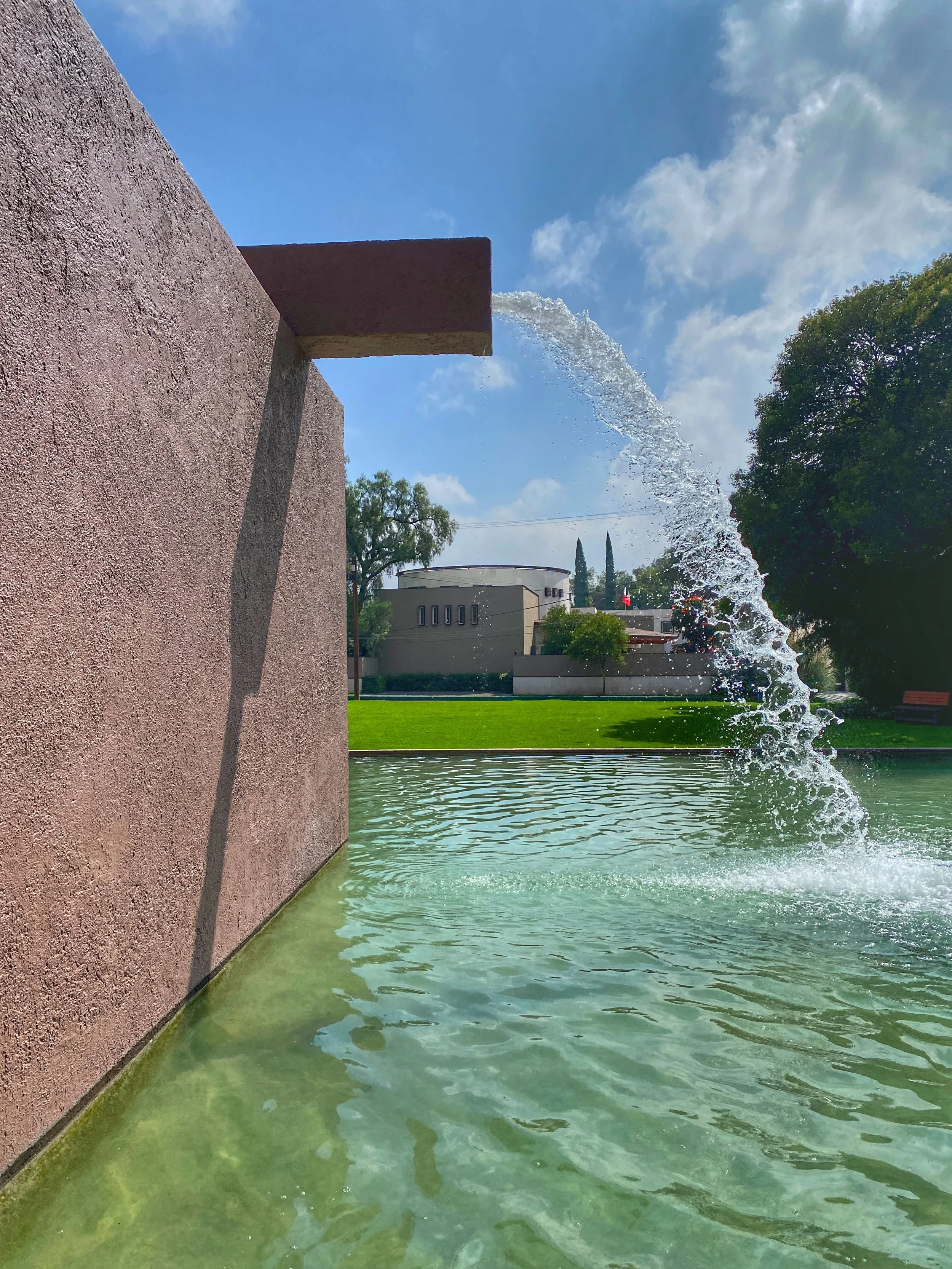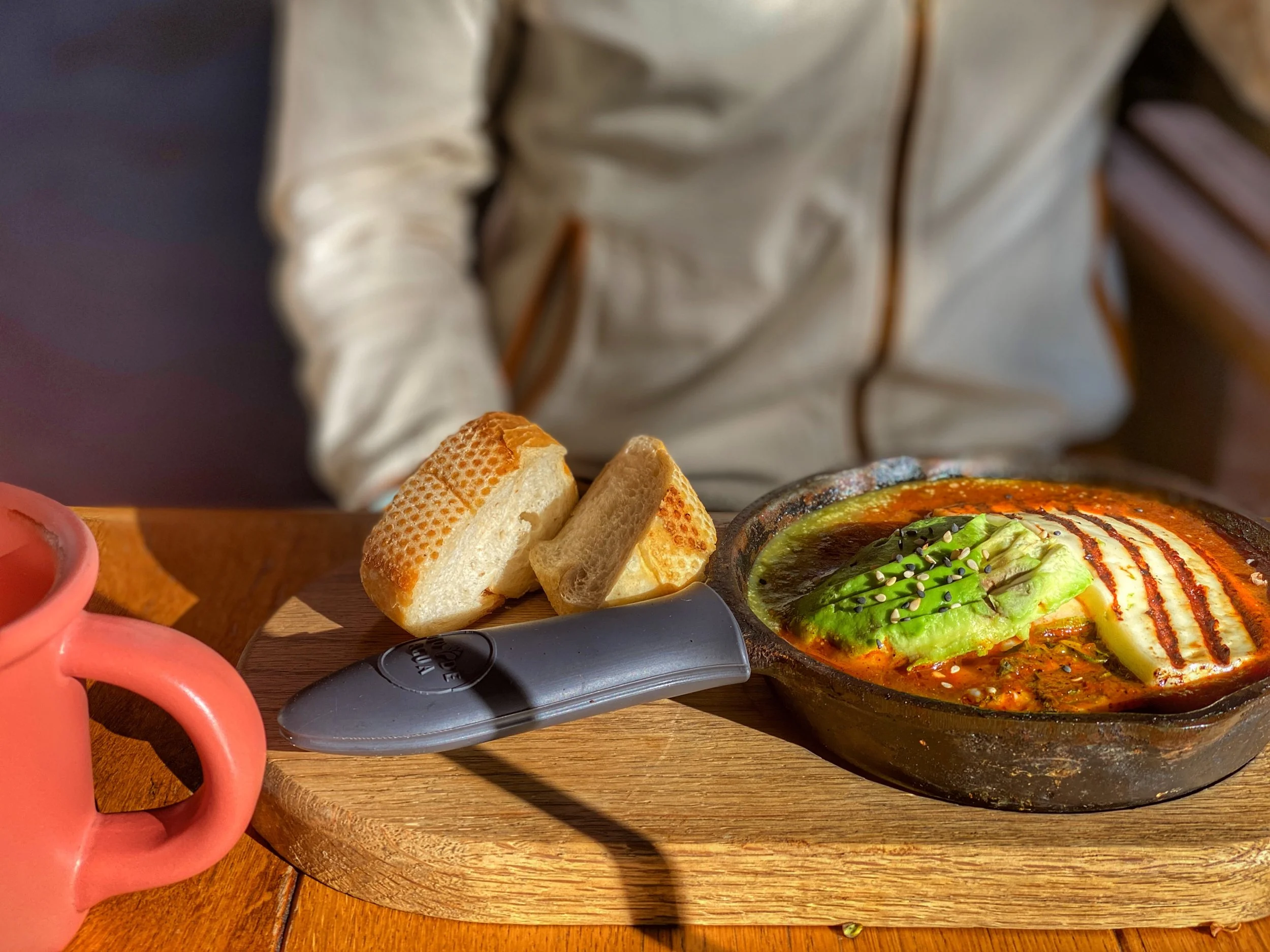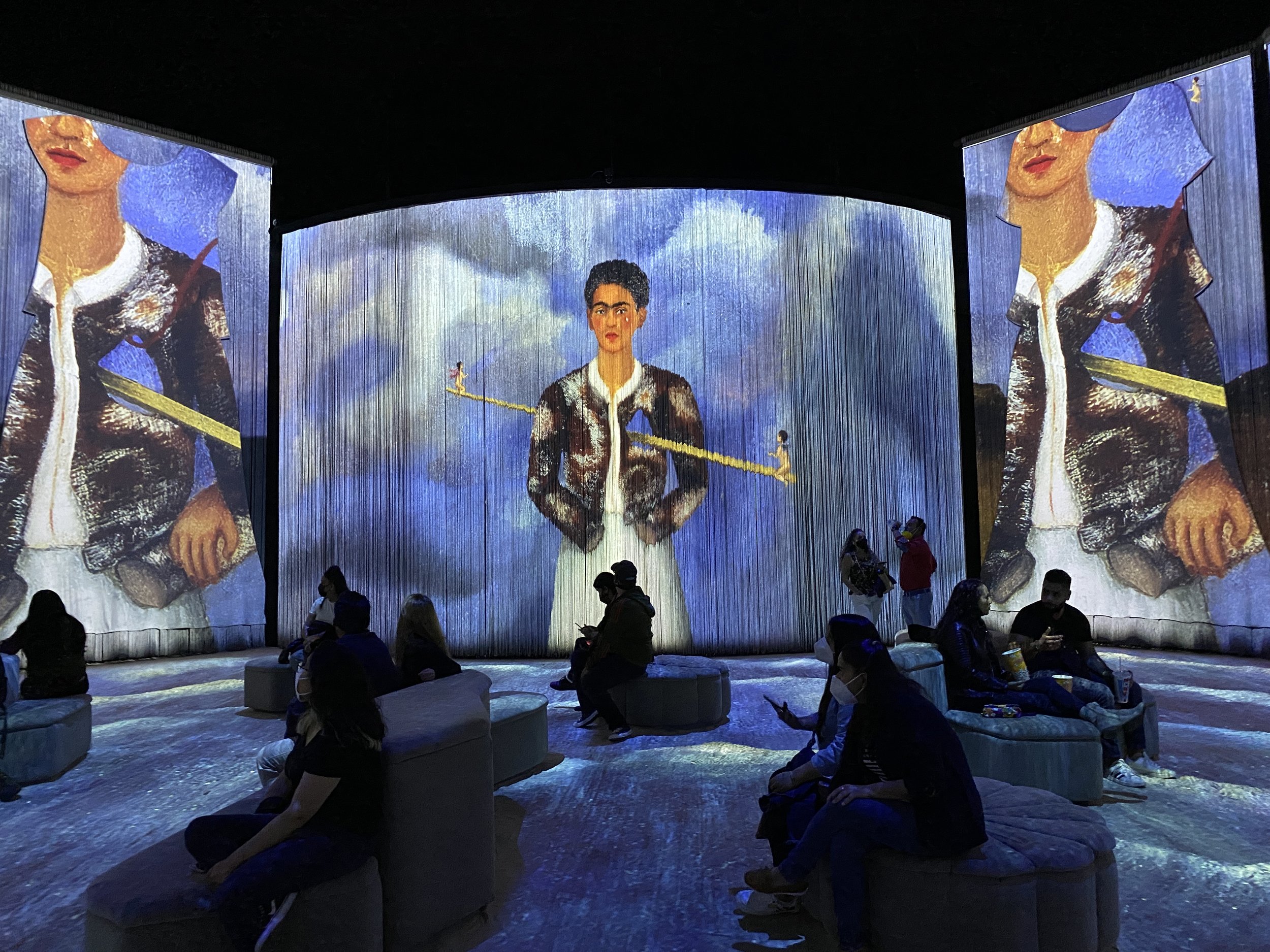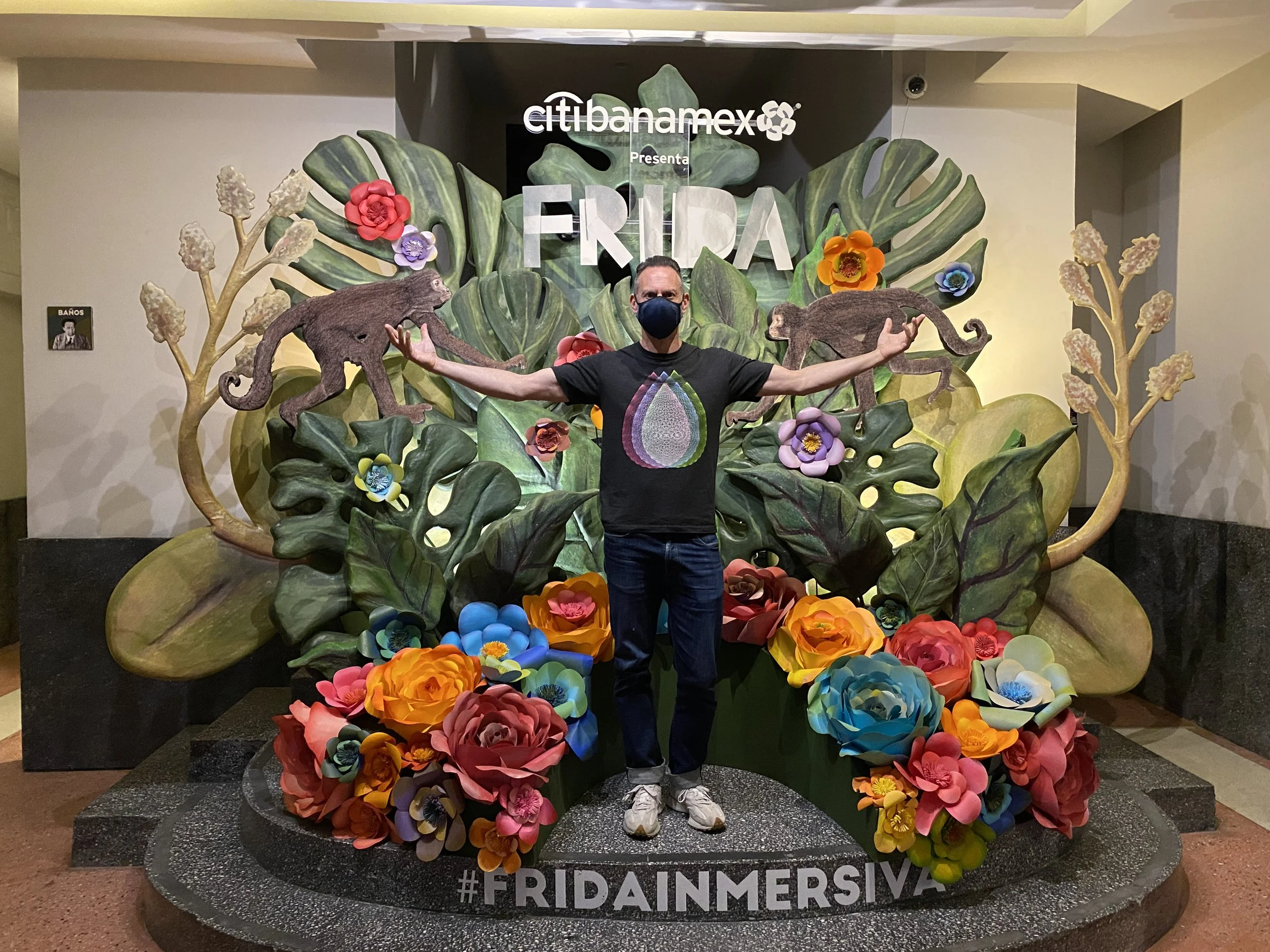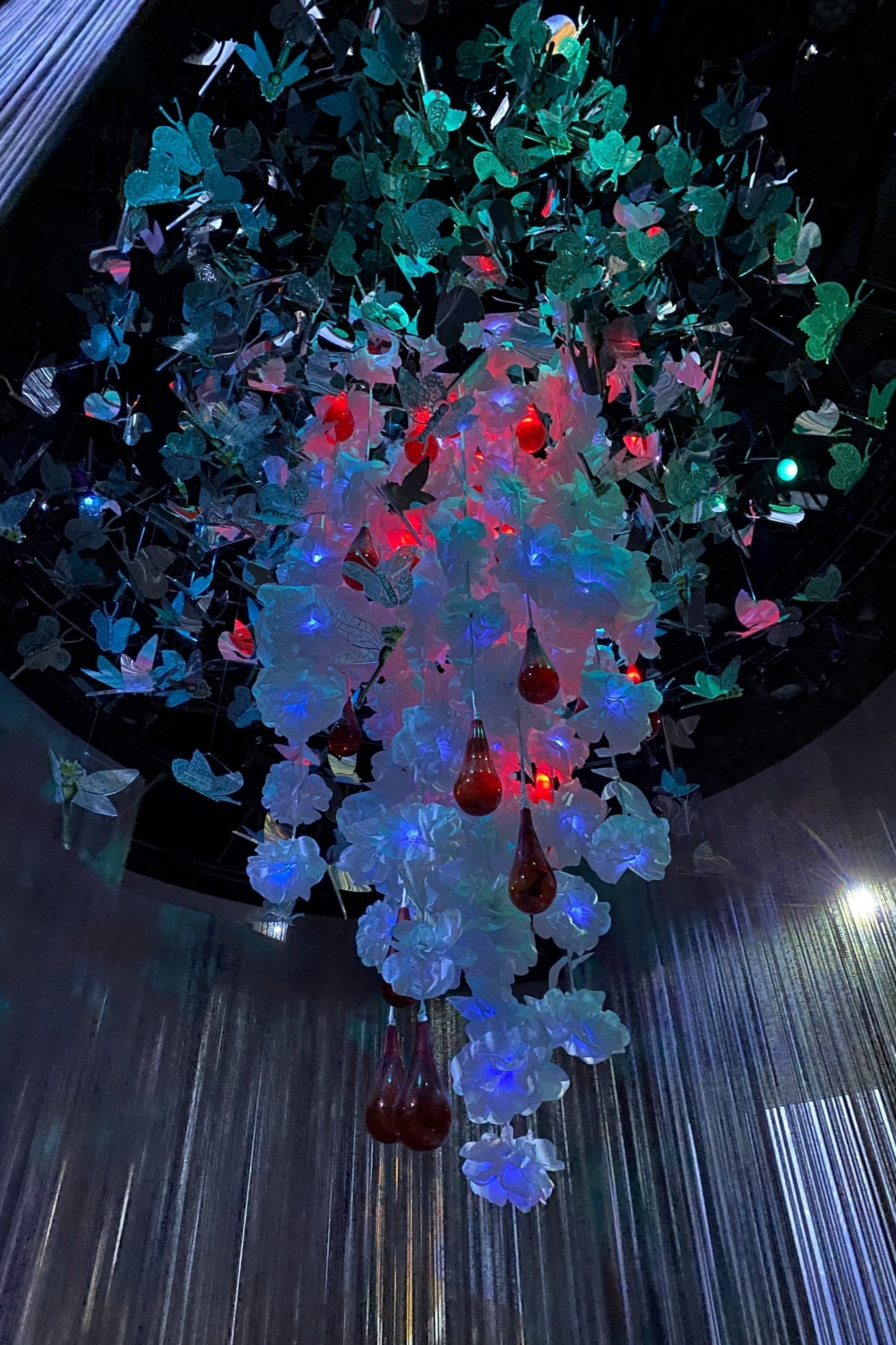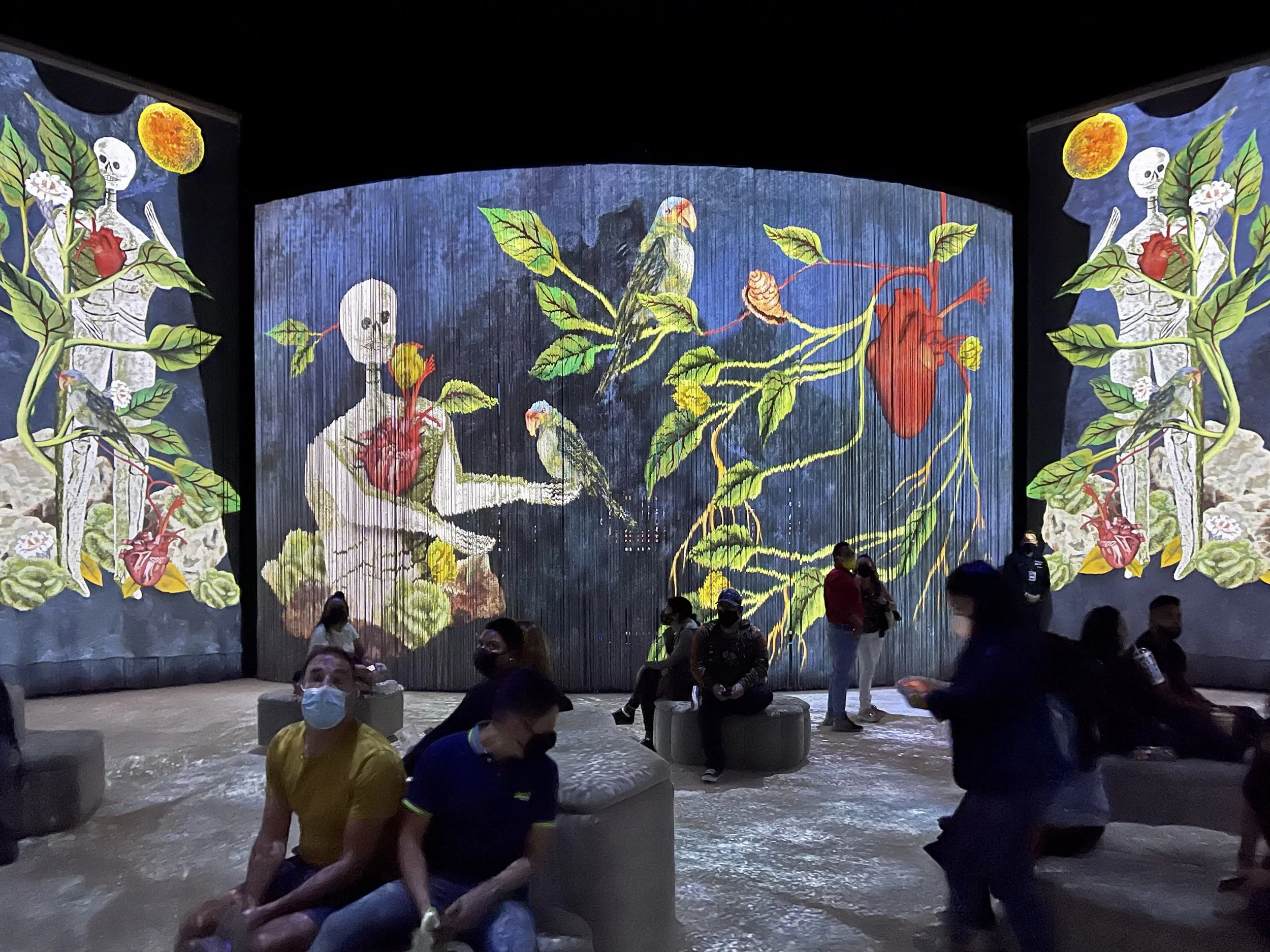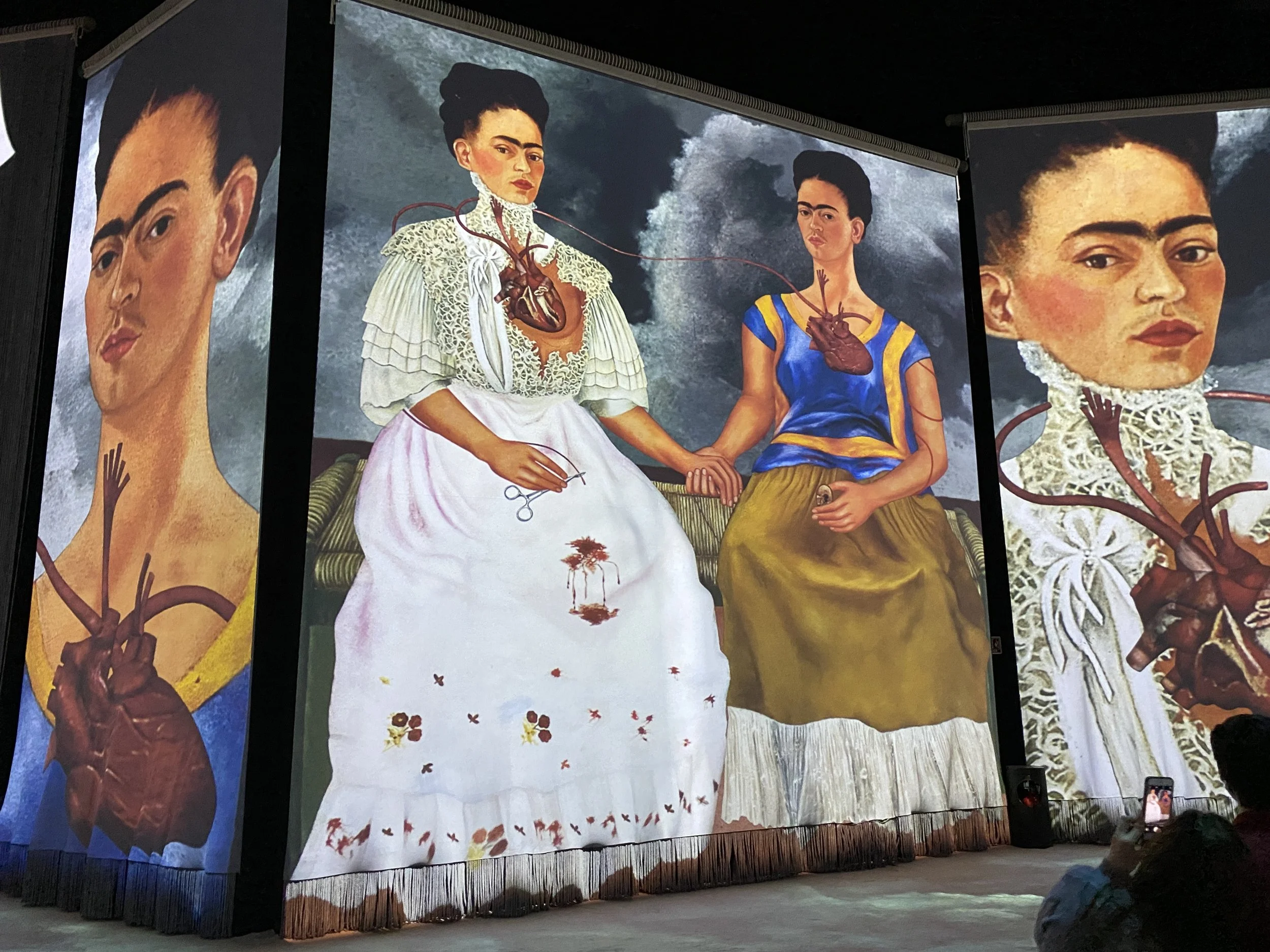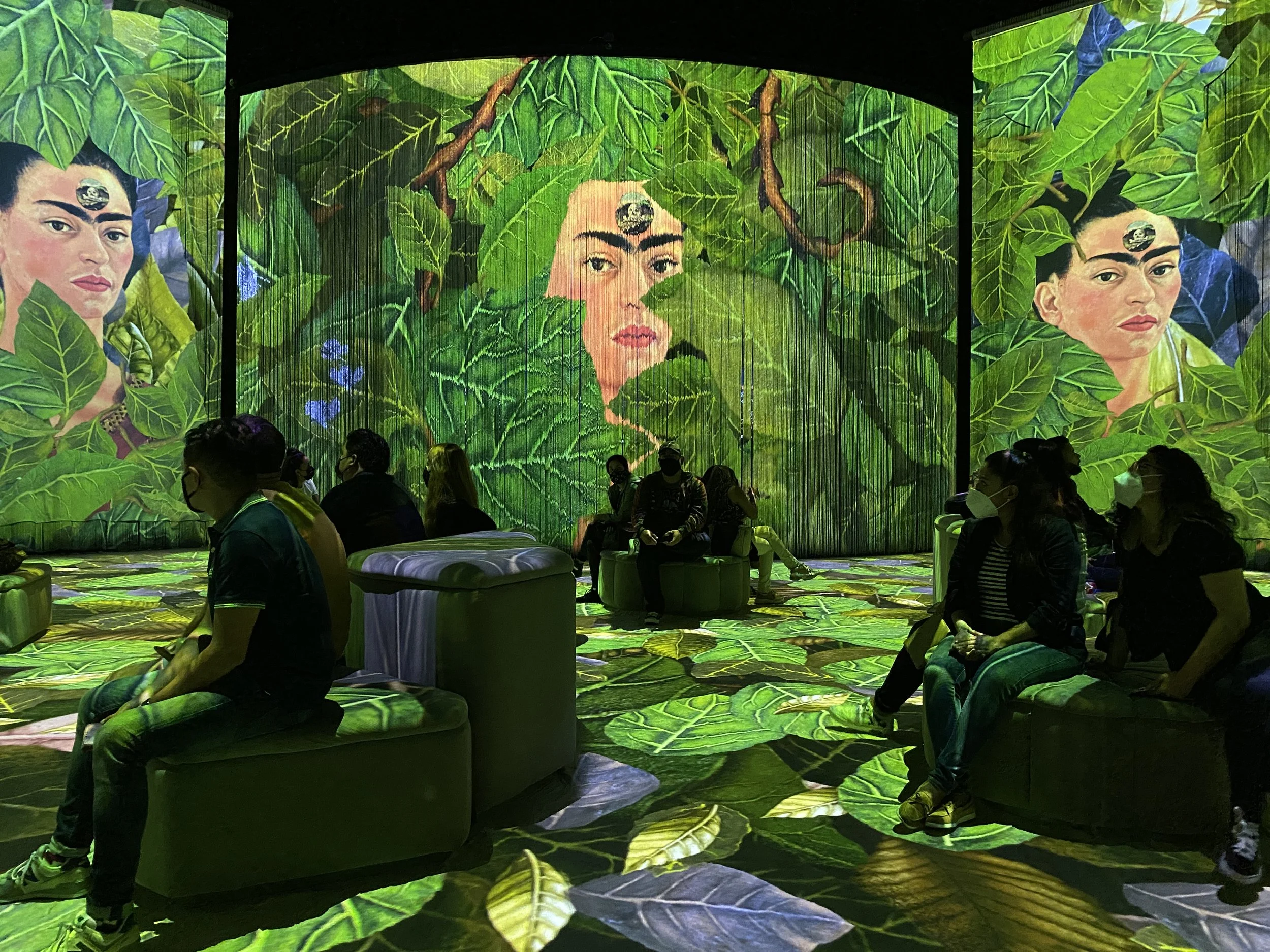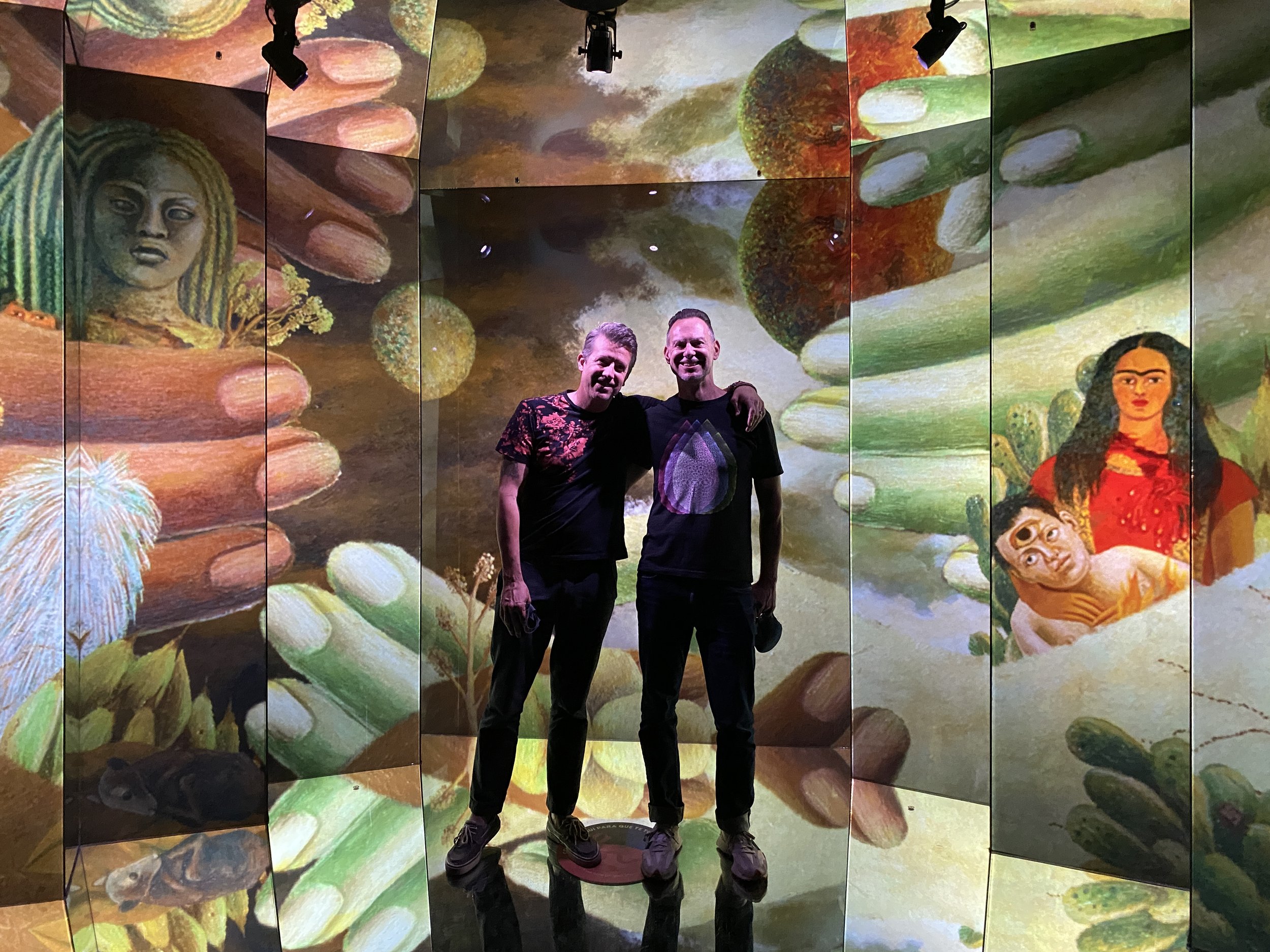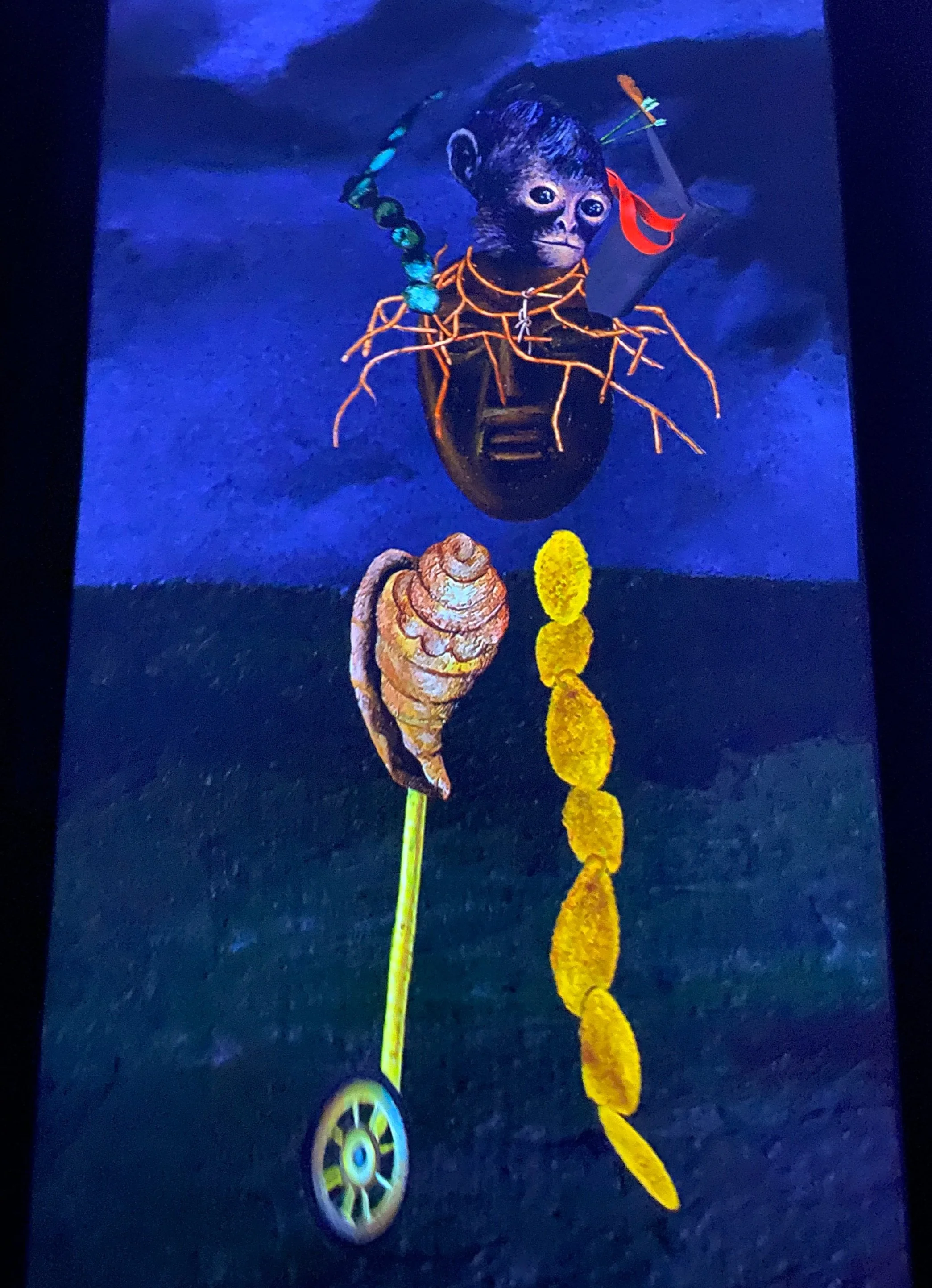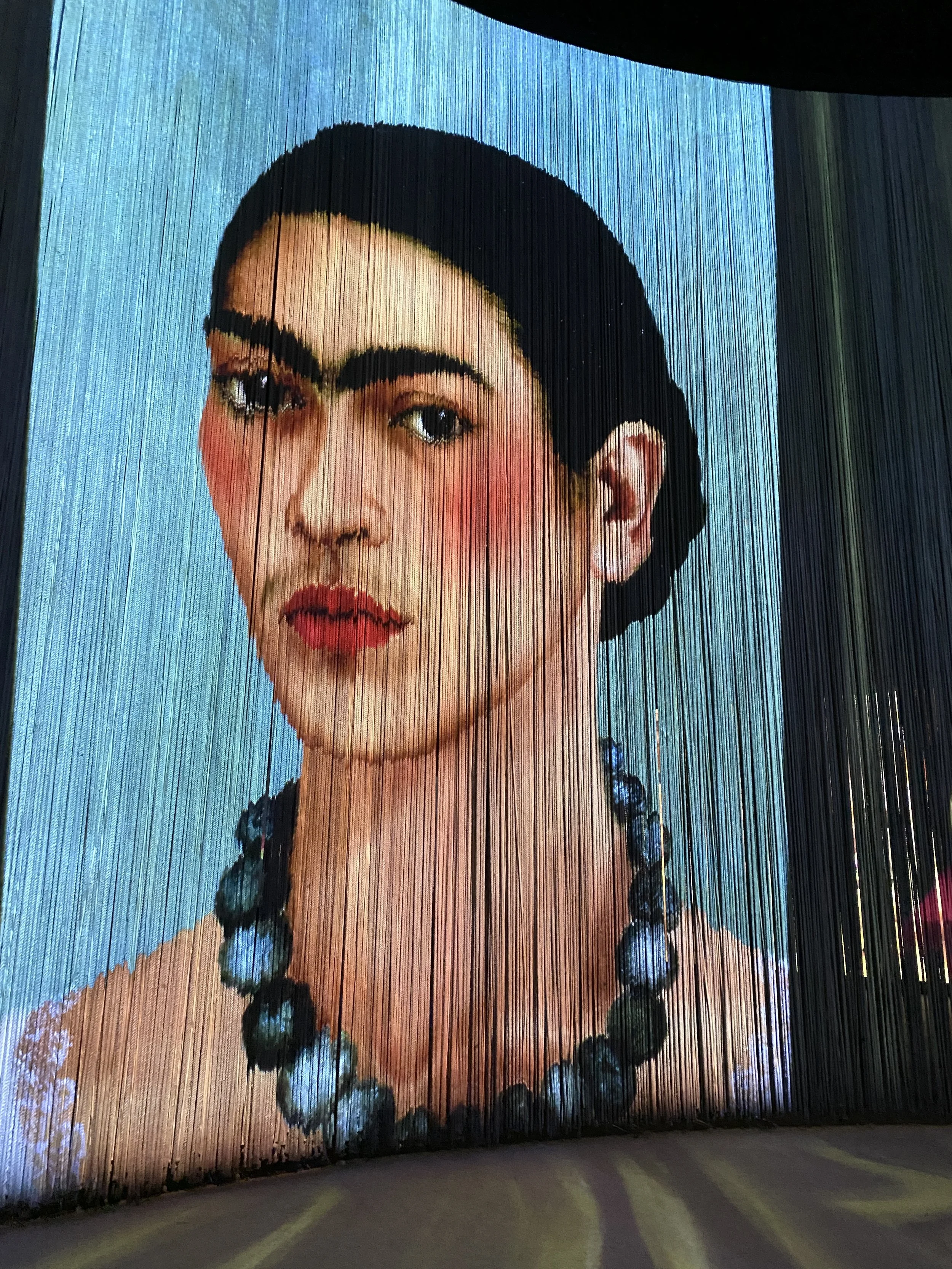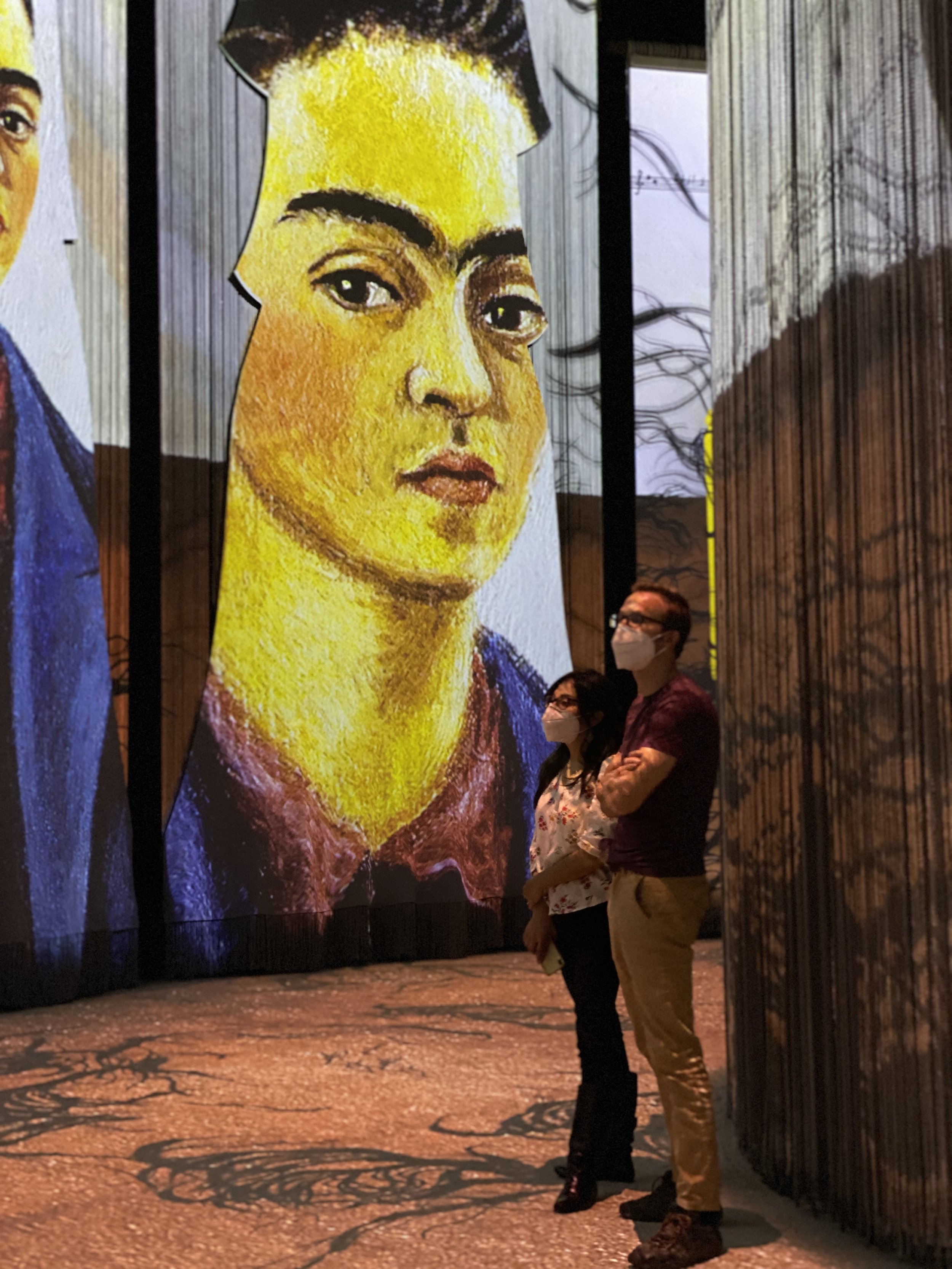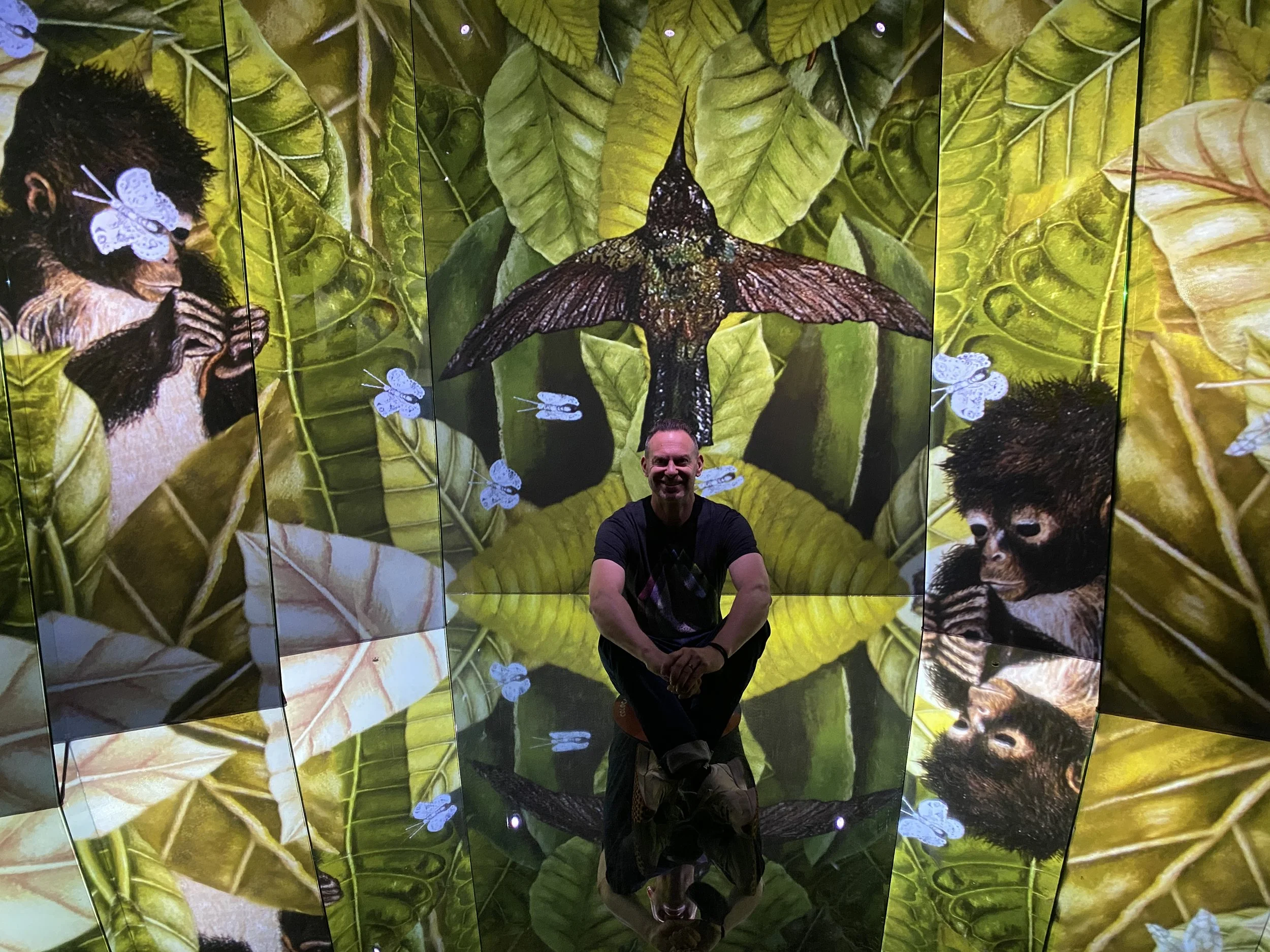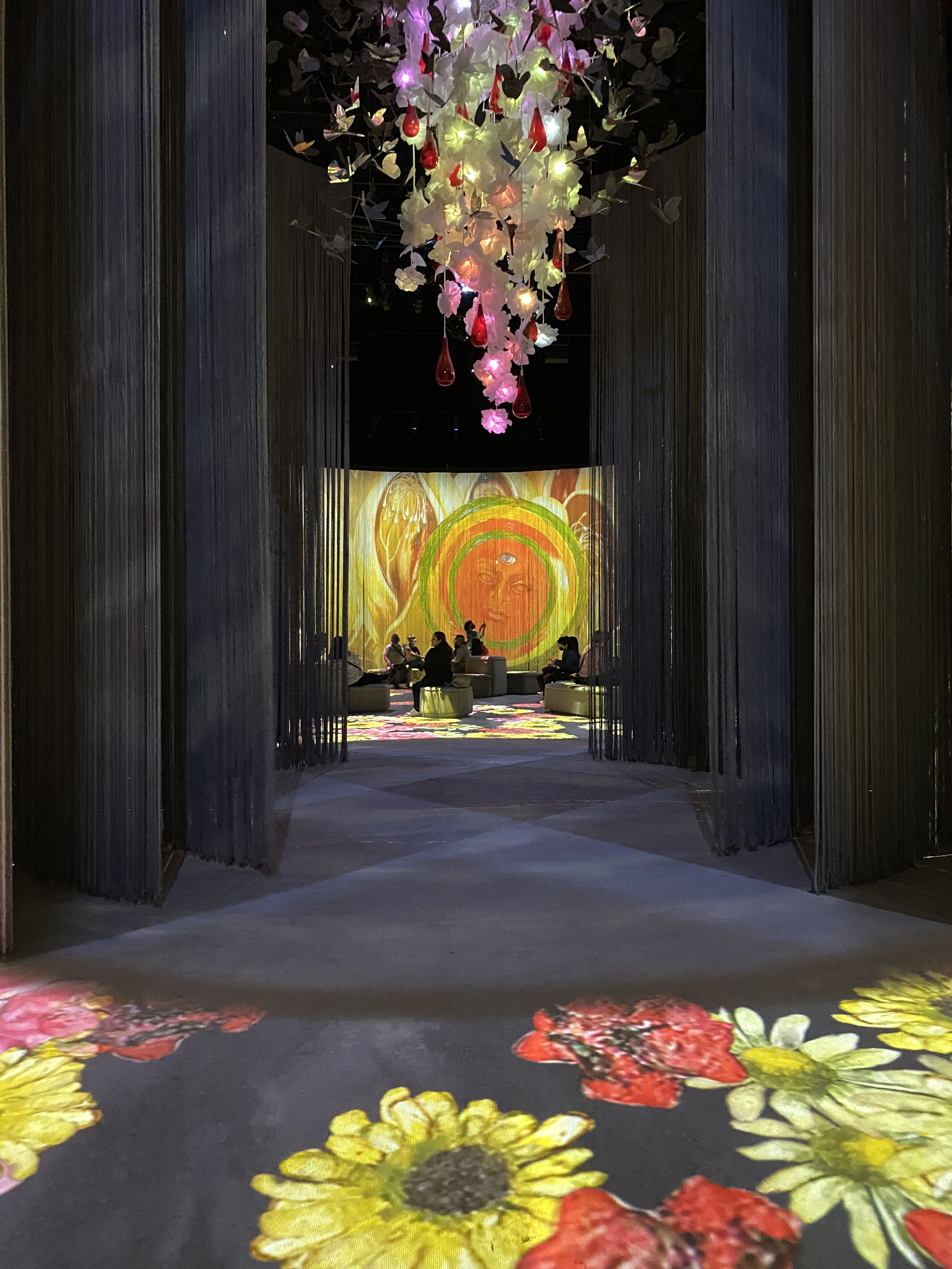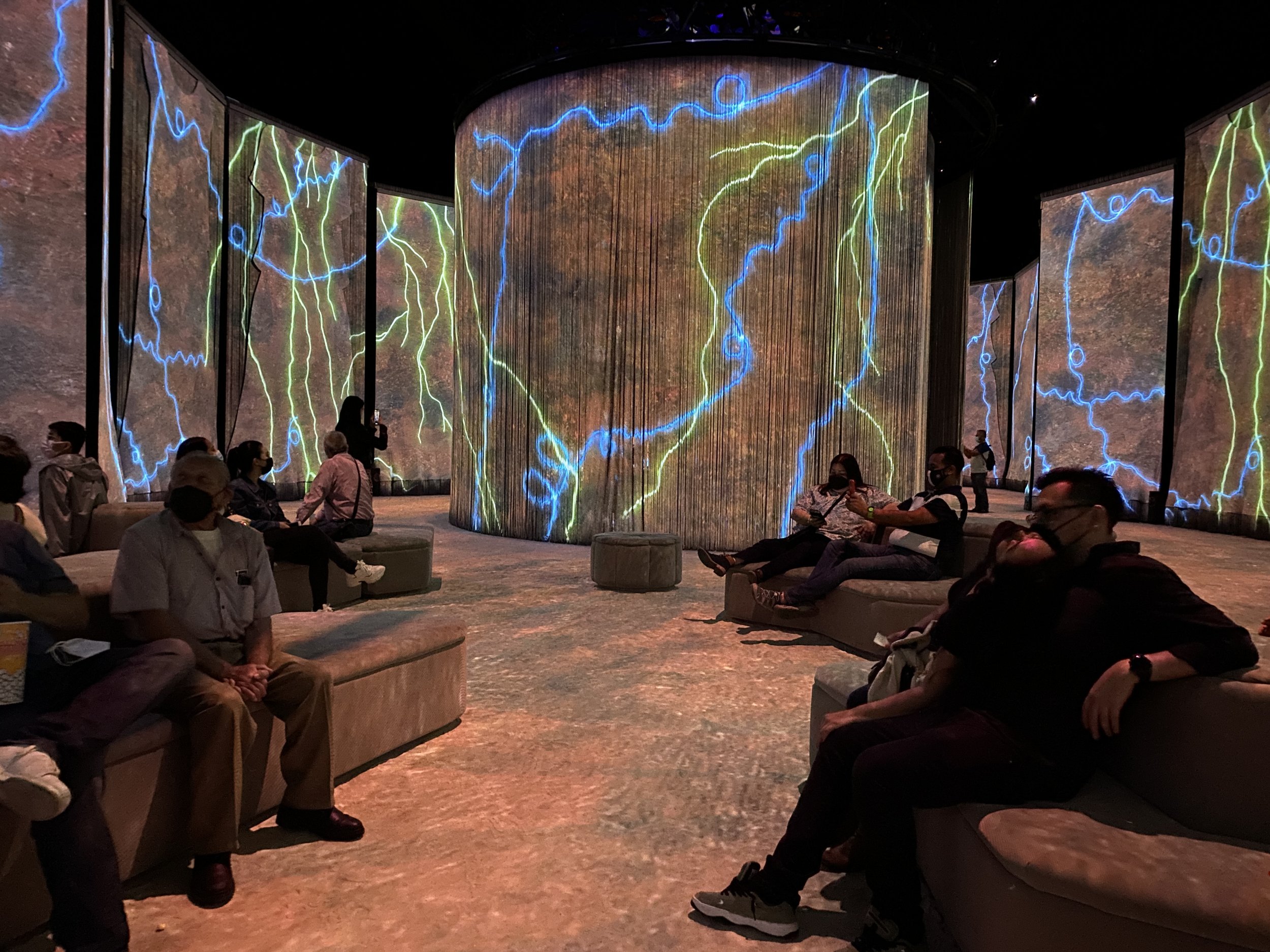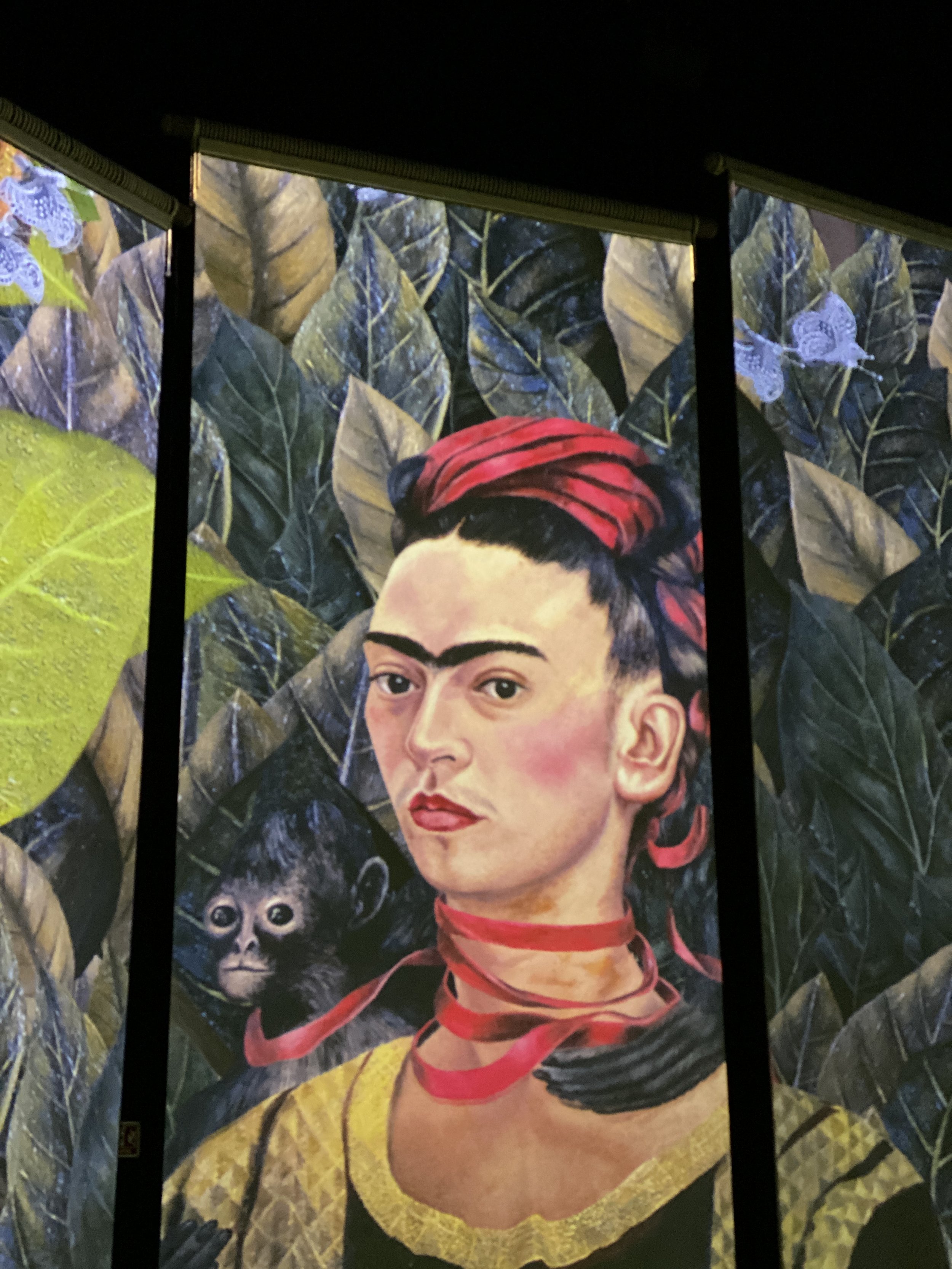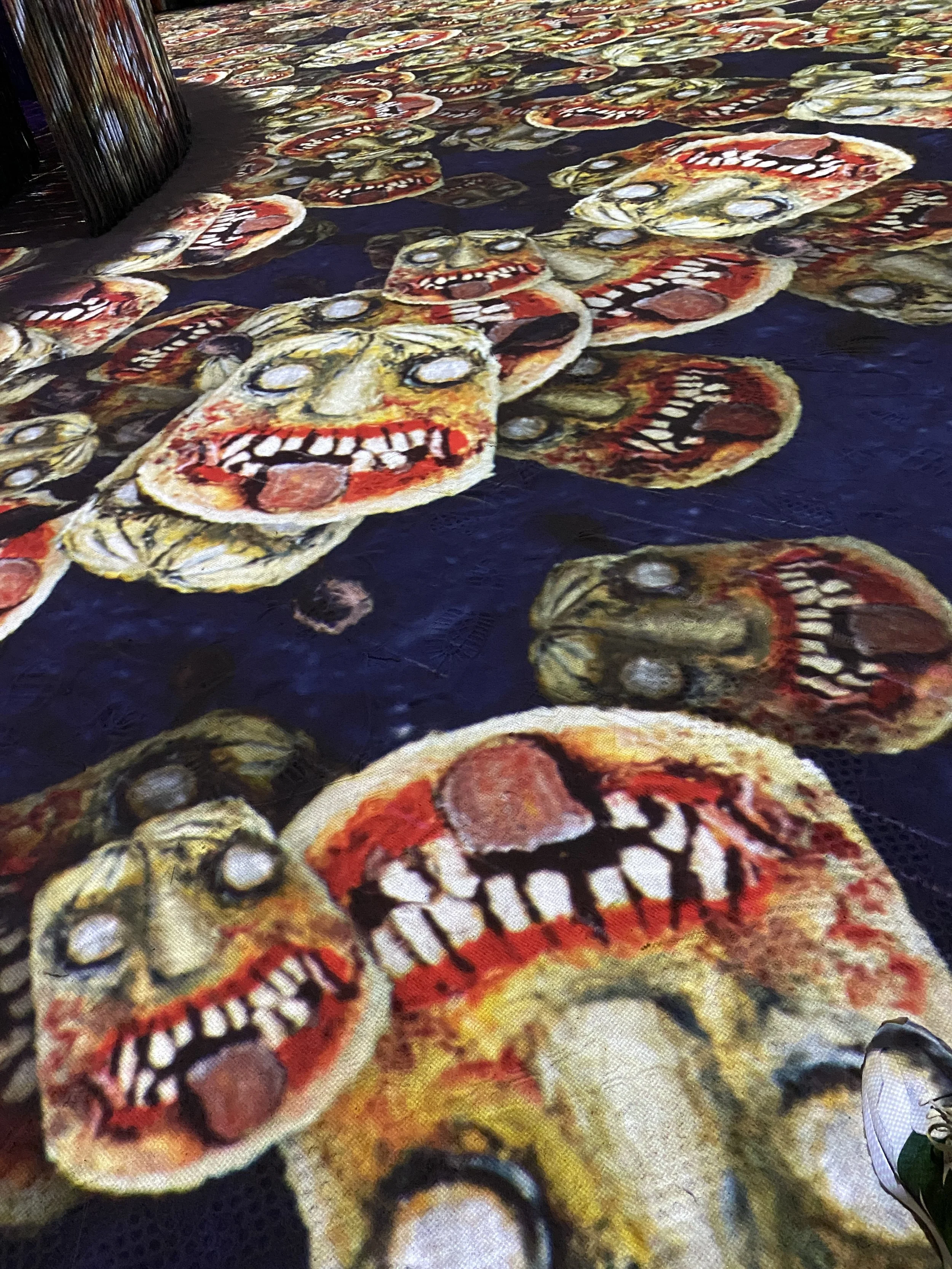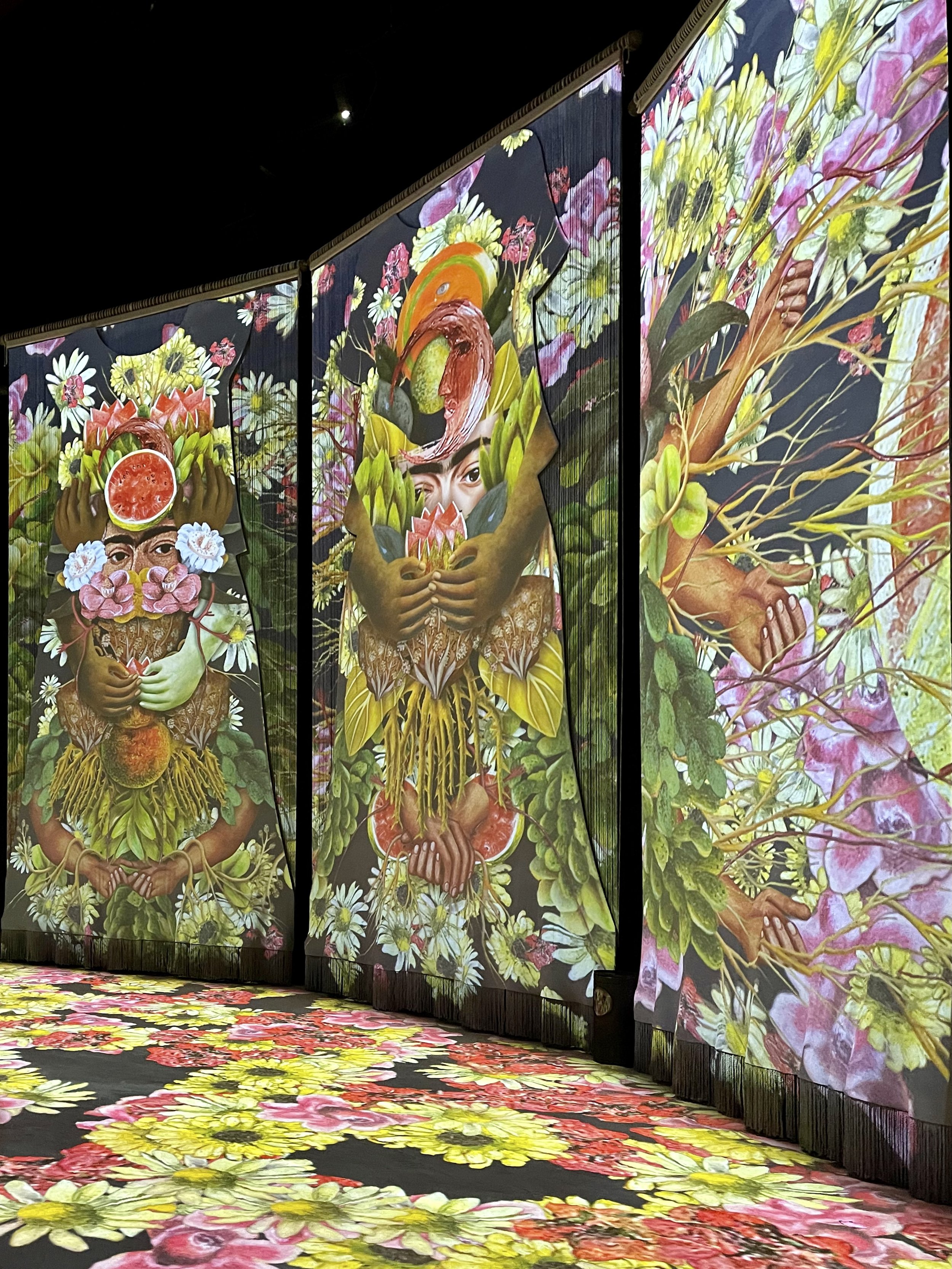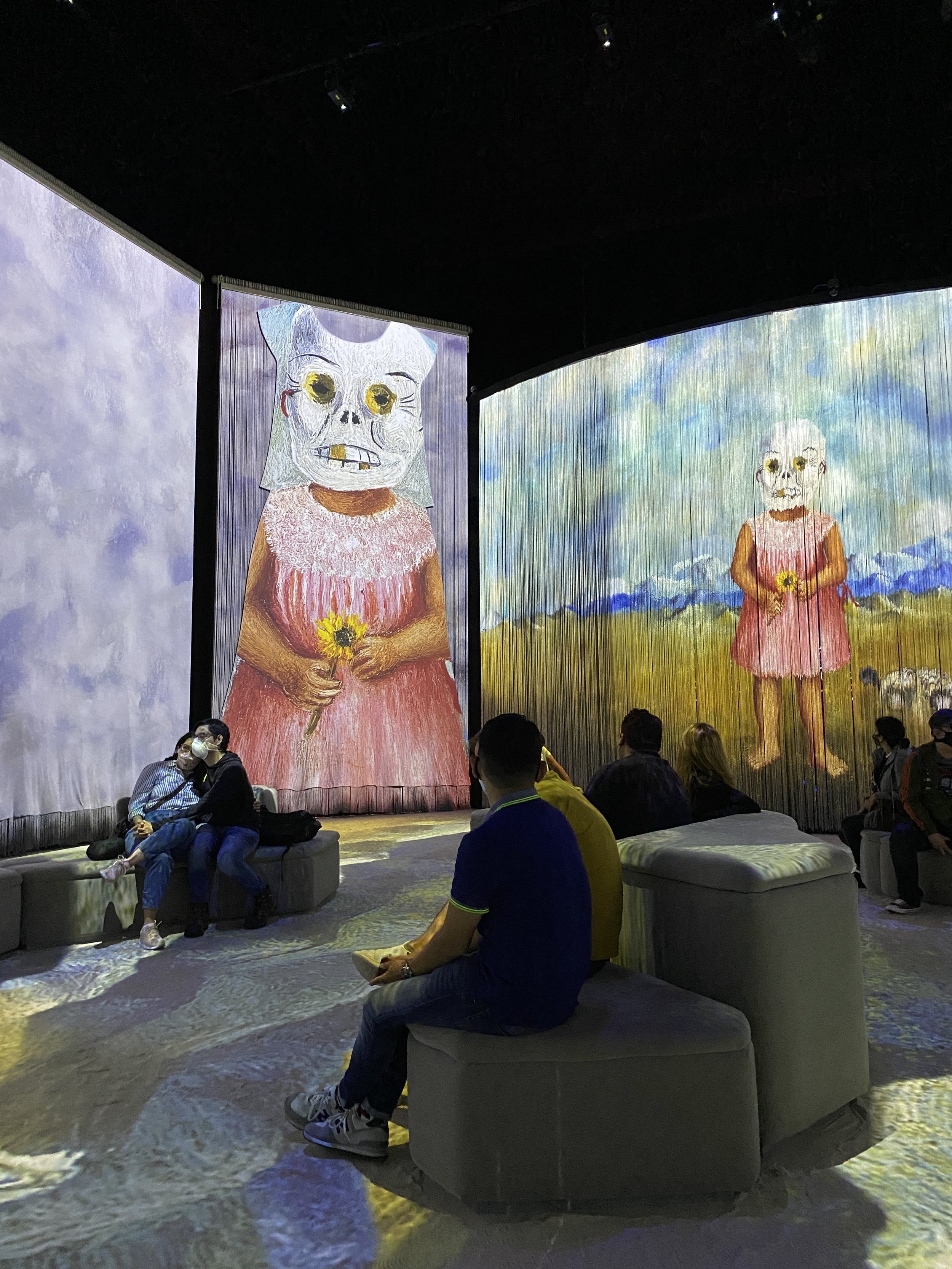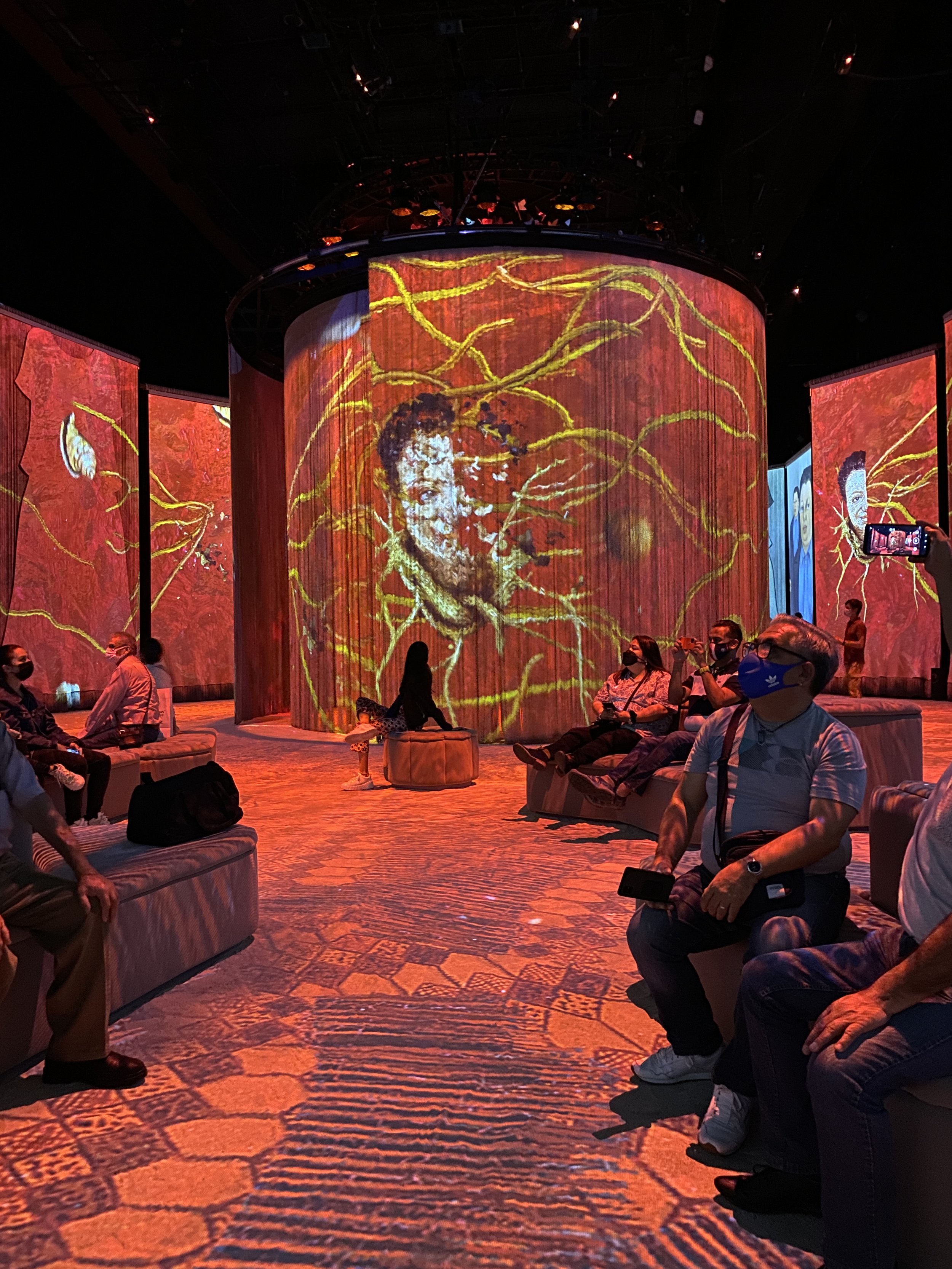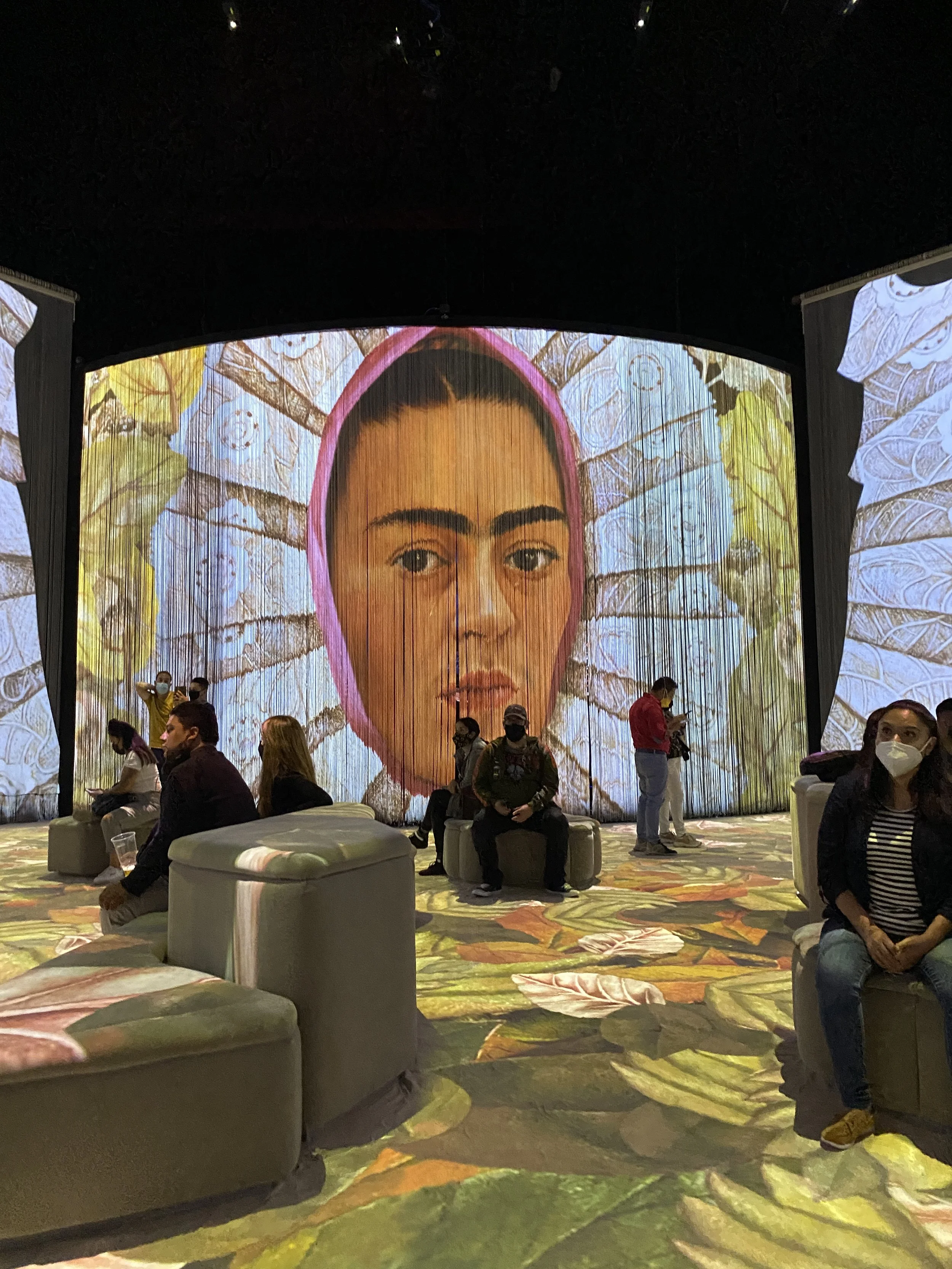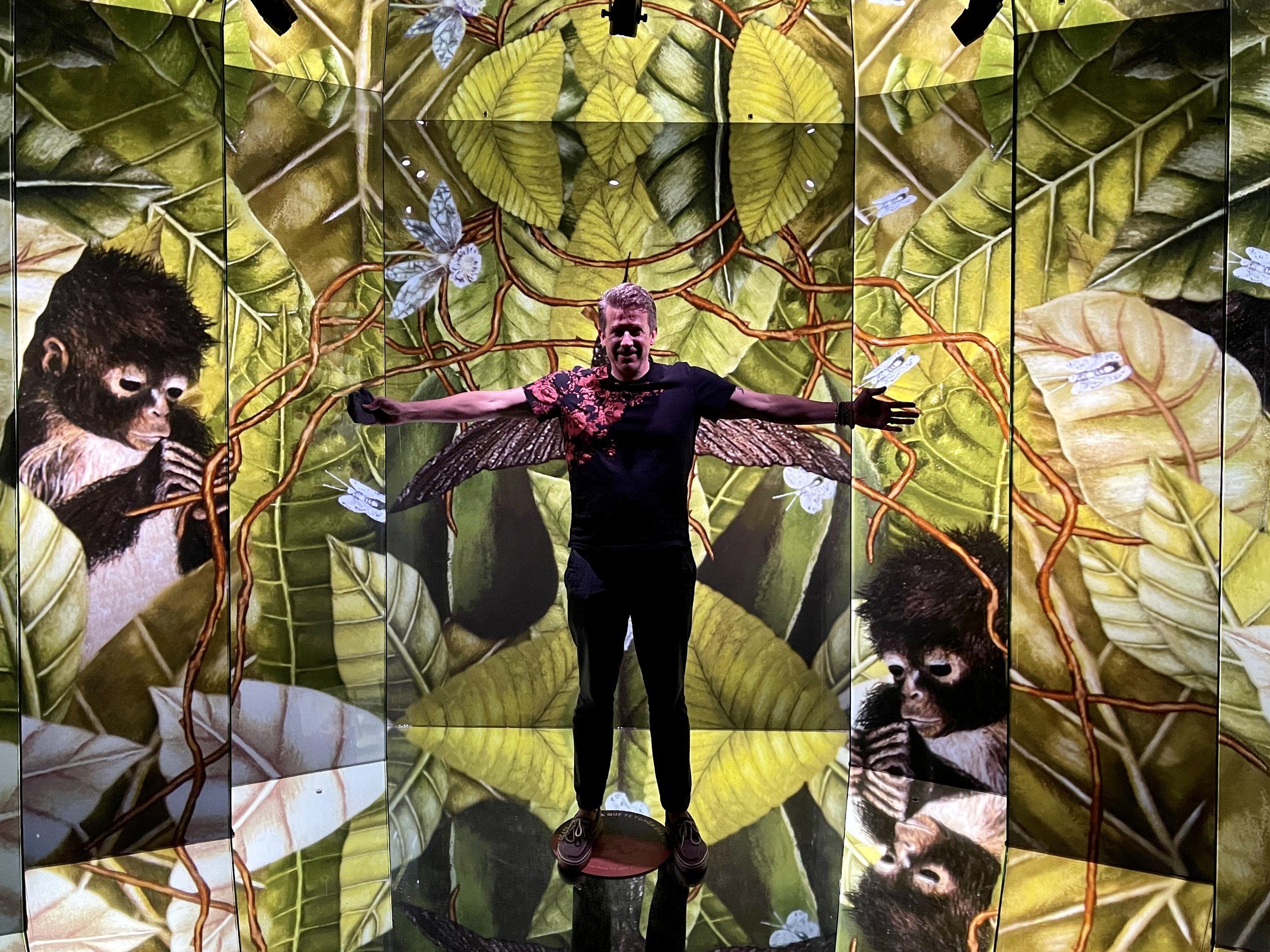Much more laidback than Hurghada and Sharm el-Sheikh, Marsa Alam offers pristine sea life for scuba divers and snorkelers, European-style service, desert excursions and nearby Wadi El Gemal National Park. And, of course, there are the dugong sea cows.
Not too long ago, Marsa Alam, Egypt was known only as a hidden gem for divers. The secret’s getting out — and the area is rapidly developing as a more laidback alternative to the northern Red Sea beach party destinations.
Home to one of the oldest ancient civilizations in the world, Egypt is a mysterious and fascinating travel destination that should be on your radar. However, the pyramids, temples and tombs are only the beginning — it's also a beach destination bordering both the Mediterranean and Red Seas. Located on the western shore of the Red Sea, the town of Marsa Alam offers a less-crowded alternative to Sharm el-Sheikh and Hurghada.
Not long ago, Marsa Alam was a small fishing village whose only tourists were avid in-the-know scuba divers. In recent years, though, it has grown into a promising European-style resort destination. Almost directly east of Edfu on the Red Sea, it’s farther south than most other beach towns in Egypt.
There’s a small international airport that services Marsa Alam, though it’s actually an hour or so north, in Port Ghalib. Whether you’re looking to relax and enjoy pristine sand beaches, high-quality luxury accommodations, desert trekking, or exploring the abundant sea life, there’s something for everyone here.
Another gorgeous sunrise at Marsa Alam — which you’ll be up to see since you weren’t partying till the wee hours at the club
8 Reasons Why Marsa Alam Is Becoming a Hot Travel Destination
More and more tourists are skipping Cairo and heading to the beach resorts of Hurghada and Sharm el-Sheikh. However, Marsa Alam is one of the newest destinations and is quickly rising in popularity. Here’s why you should consider this up-and-coming hotspot in Egypt.
This part of the Red Sea isn’t yet crowded or polluted — and the aquatic life is stunning.
1. An untouched underwater world
Thanks in large part to its remote location, the underwater world of Marsa Alam is more wild and currently less affected by tourism — a real paradise for divers and snorkelers.
Who doesn’t love dugongs, this area’s version of the manatee?
Schools of exotic fish, vibrant coral reefs, sea turtles, dolphins and dugong sea cows can all be found in this part of the Red Sea. And if you’re not a fan of snorkeling or diving, there’s always the option of booking a glass-bottom boat excursion to enjoy the wonders of this enchanting underwater world.
First and foremost, Marsa Alam is a beach destination, where you can relax on the sand, swim, snorkel and scuba dive.
2. Gorgeous beaches
The beach stretches for over 30 miles (50 kilometers). Almost every hotel has its white sand beach — a great place to admire the sunrise.
And because Marsa Alam isn’t as crowded as Hurghada or Sharm el-Sheikh, it’s a good option for families with children. There’s a calmness to this region for those who want the opportunity to be alone with nature.
The Lazuli Hotel in Marsa Alam is just one of many luxury resorts popping up in the area.
3. High-quality service
Tourists here mainly hail from Germany, Poland, Austria and the Czech Republic, giving Marsa Alam a European feel. In fact, unlike other resort destinations in Egypt, prices are in euros. And for those of you who have experienced bad service elsewhere in Egypt, you shouldn’t find it in Marsa Alam.
It is also worth noting that, unlike other beach hotspots, vendors and travel services representatives aren’t as pushy here.
Even the winter isn’t too cold in Marsa Alam, and most beaches are protected from the infamous Egyptian winds.
4. Good weather
Because Marsa Alam is farther south than other beach resorts, the enviable climate is warmer, especially in winter, when the temperature averagess between 60 and 84 degrees Fahrenheit — making it a comfortable holiday destination all year round. Also, most hotels have bays that are protected from the infamously strong Egyptian winds.
Explore the ancient Roman ruins at Wadi El Gemal National Park.
5. Excursions and activities
Marsa Alam is a place where you can swim for hours, ride an ATV in the desert next to the sea, and visit nature reserves and national parks.
Wadi El Gemal National Park (Valley of the Camels) is a must-do day trip just 28 miles (45 kilometers) to the south of Marsa Alam. It’s the third largest park in the East Arabian Desert, consisting of 1,840 square miles of land and 810 square miles of marine life. Here you have the opportunity to observe rare birds and animals as well as wander among the ruins of temples and other buildings that date back to Ancient Rome! This area was known as the Emerald Mountains and supplied the empire with green beryl gemstones.
Take a day trip to marvel at the natural sculptures in White Desert National Park.
6. Awesome deserts
If you want a break from the beach, then a trip to the Sahara el Beyda is a great option, with its stunning scale and boundless space. The surreal chalk-white landscape, punctuated by natural sculpture shaped by the harsh desert winds, is now a protectorate known as White Desert National Park.
Who says Marsa Alam has to be relaxing all the time? Hop on an ATV and go for a ride in the dunes of the nearby desert.
To me, the desert represents freedom. Don’t worry about it getting too hot — it’s particularly pleasant even in the spring. Go for a ride on a quad bike or jeep, ending with a trip to the closed nature reserve beach to look for giant shells and pieces of coral. The sand here rivals that of the Maldives in its whiteness.
The Iberotel Costa Mares is but one of several five-star hotels in the Marsa Alam area.
7. New world-class hotels and resorts
So many four- and five-star hotels to choose from! They stretch along the coast in either direction from Marsala Alam. Yes, they are right on the beach — but, at the same time, there is a lot of greenery here. The staff will set you up with sports, wellness treatments and other activities.
8. Tourist infrastructure
Pharmacies, shops, bars and restaurants are popping up all over town. You can also head to neighboring Port Ghalib, about an hour away, to eat at one of the restaurants there.
Marsa Alam, where the desert meets the Red Sea
Oh-So-Chill Marsala Alam
Compared to other popular resorts in Egypt, Marsa Alam is much more relaxed. This is an opportunity to experience amazing beaches and sea life away from noisy tourists and discos. But, like many other on-the-rise destinations, it might not be long before Marsa Alam becomes overcrowded. I recommend going sooner than later. –Isabelle Jordan
Also in the area
Edfu is a little over three hours away, directly west.



